These monthly highlights represent the most promising and cutting-edge research underway in the lab’s seven user facilities.
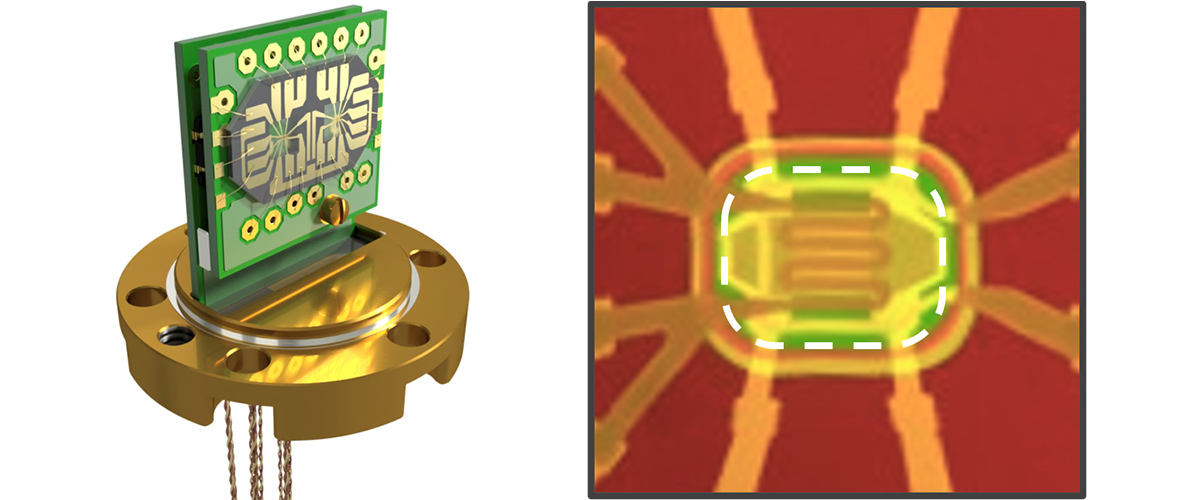
December 19, 2025
We discovered strong evidence for a brand-new kind of “electron-like” particle in an electrical insulator: it behaves like an electron in motion but c…
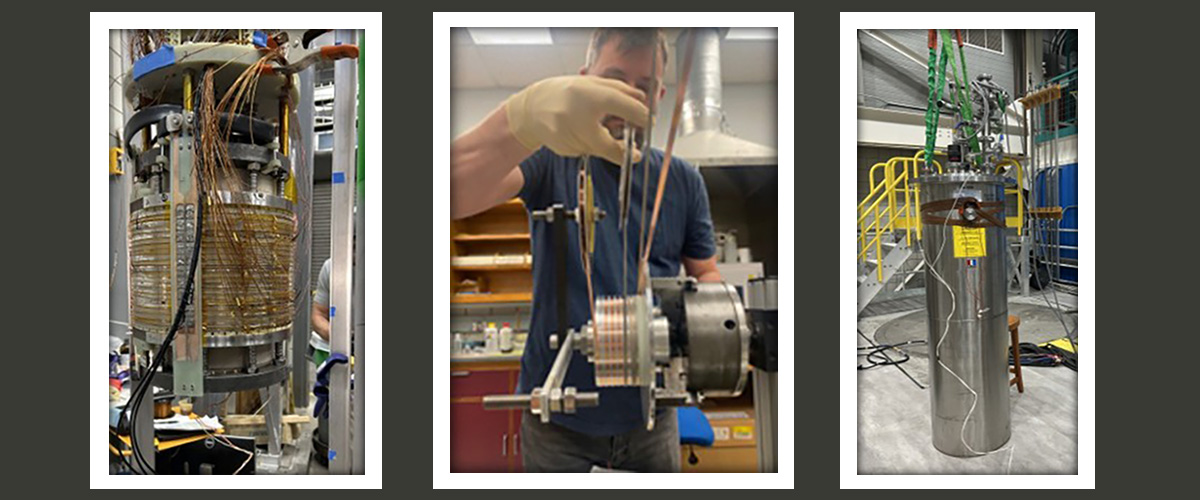
December 19, 2025
A large coil fabricated with a high temperature superconducting tape (REBCO) has been designed, fabricated, and tested to demonstrate state-of-the-art…
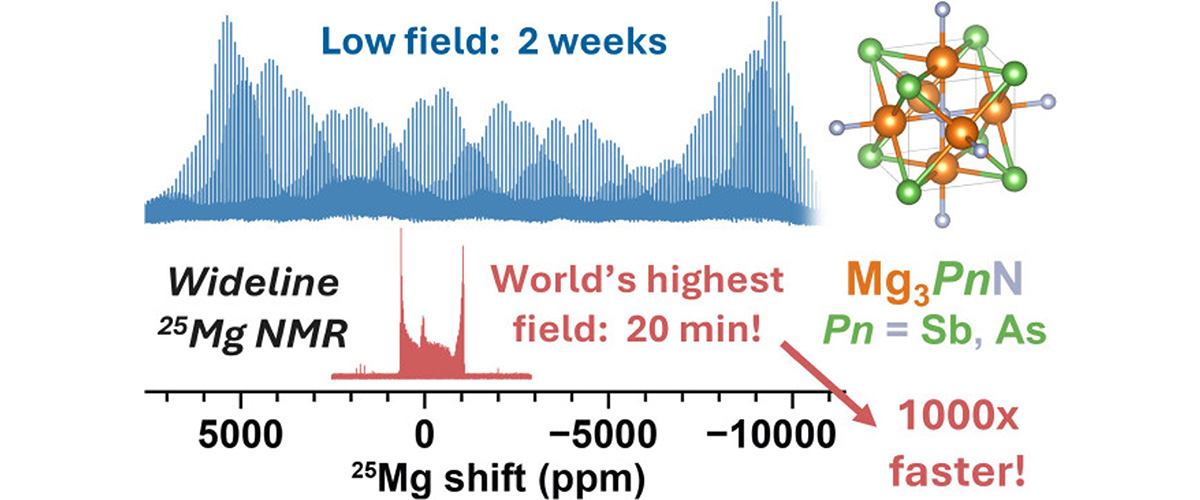
November 17, 2025
We used the world’s strongest magnet to uncover how magnesium ions move through antiperovskites, a new class of solid materials that could power futur…

November 17, 2025
Scientists need data that’s easy to find, understand, and reuse—both by people and computers. This kind of data is called FAIR, and it’s especially im…
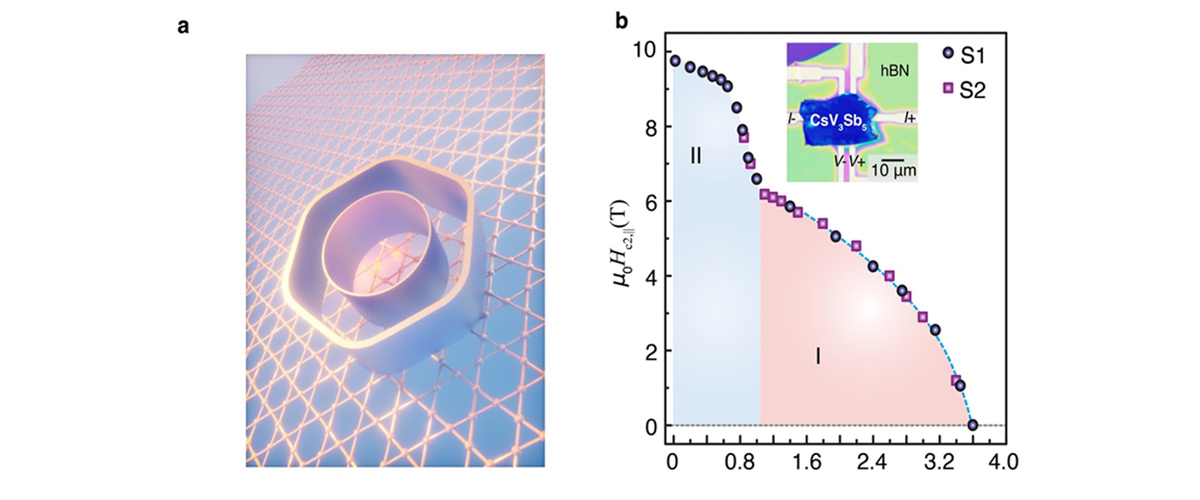
October 14, 2025
Scientists at the National High Magnetic Field Laboratory have discovered that the kagome superconductor CsV3Sb3 hosts not one but two distinct superc…

October 14, 2025
Whales don’t just eat krill; they help fuel the ocean by releasing a form of iron that the plants of the sea (phytoplankton) can use. They also releas…
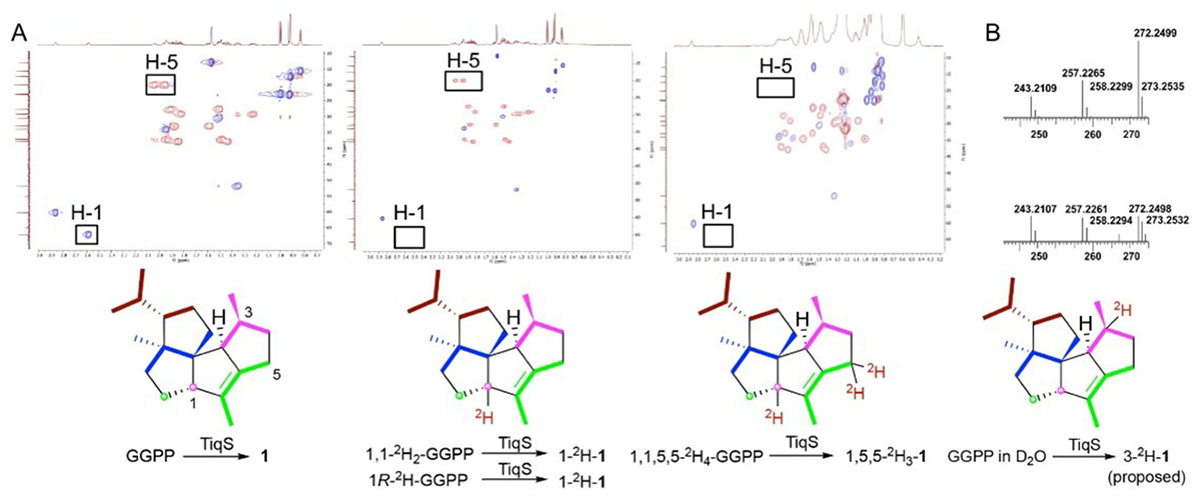
September 11, 2025
Using the MagLab’s world leading high field NMR at AMRIS, scientists from UC Davis and UF uncovered how certain bacteria create complex molecules call…
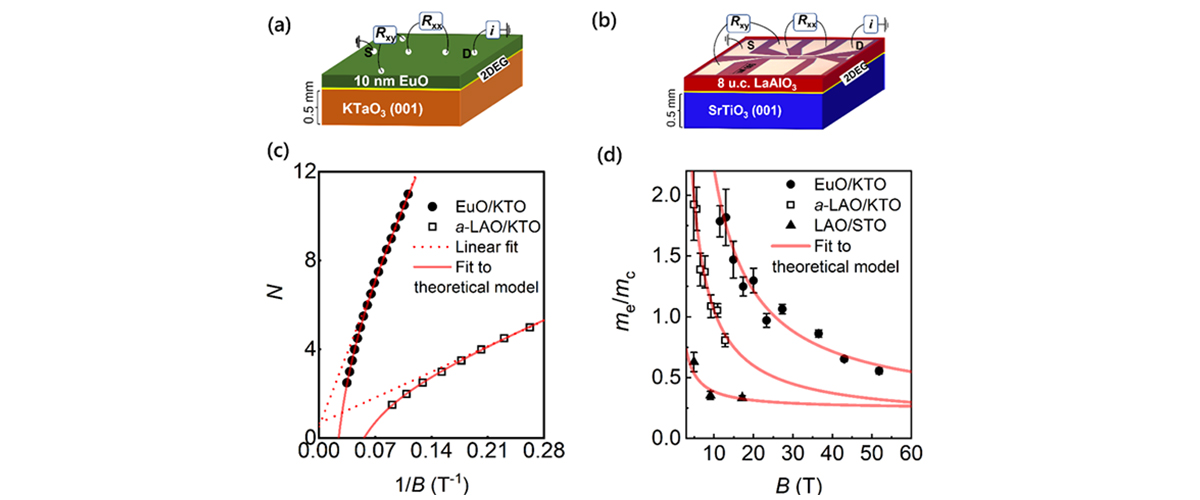
September 11, 2025
When two insulating oxides (e.g., SrTiO3 and LaAlO3) are brought together, their interface surprisingly becomes conductive. By studying these oxide in…
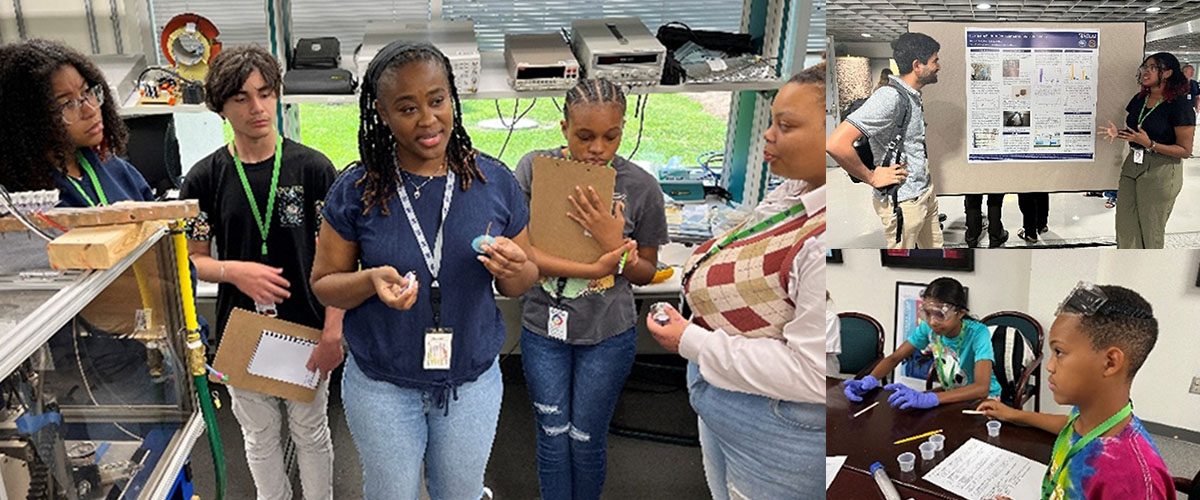
September 11, 2025
Around 95% of alumni of MagLab middle and high school programs report long-term impact on science career interests.
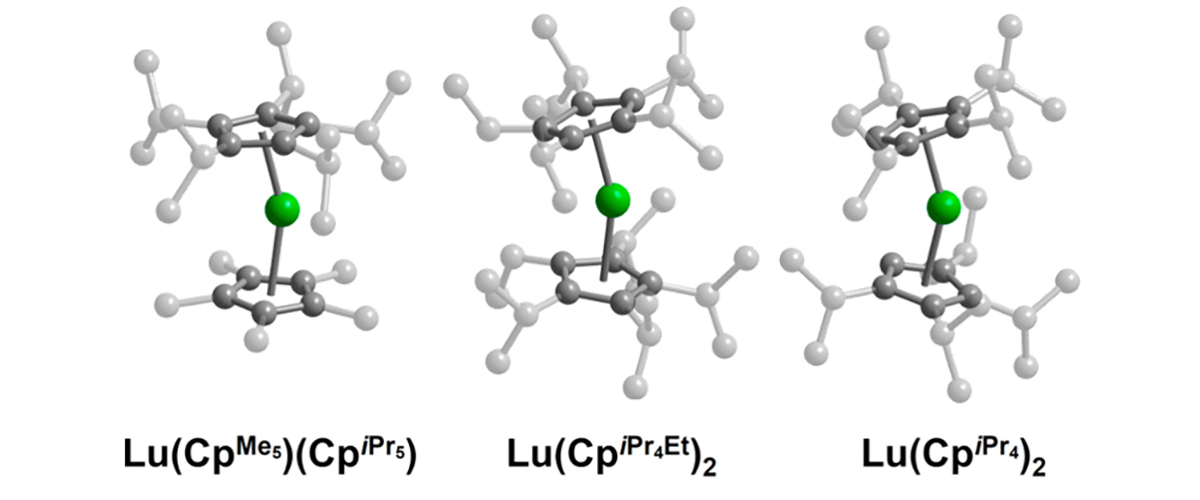
August 14, 2025
Chemists from the Naval Air Warfare Center and UC Berkeley have demonstrated chemical control of the electron-nuclear hyperfine interaction in a serie…
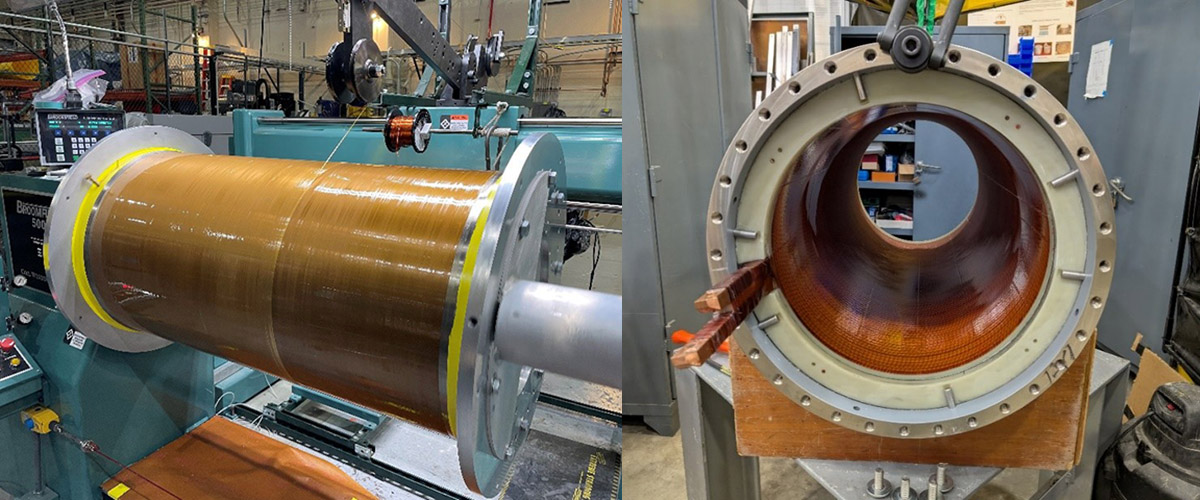
August 14, 2025
The MagLab has completed an important milestone with the fabrication completion of all coils for the 60 T controlled waveform pulsed magnet. It will s…
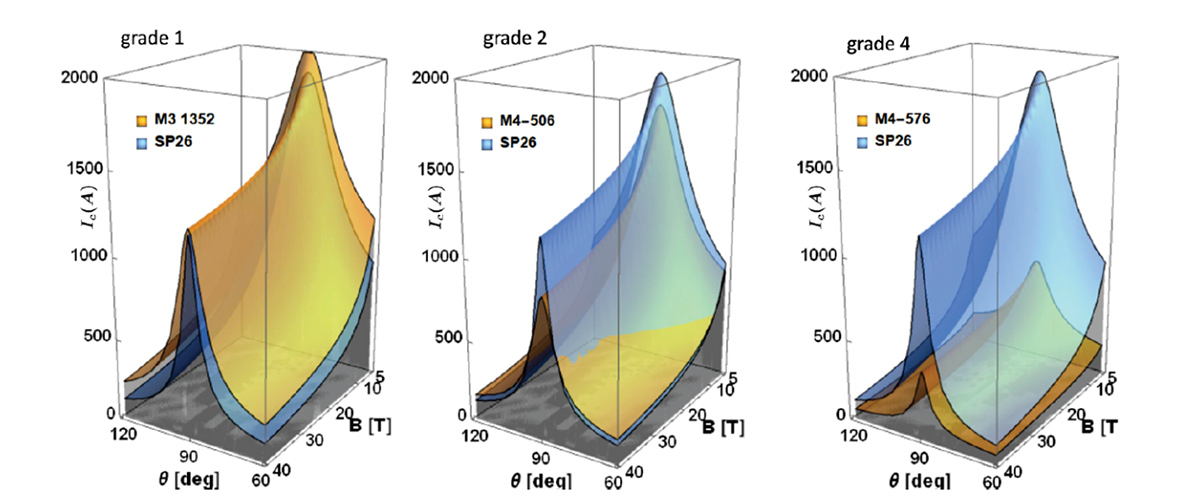
July 17, 2025
A new technique from MagLab researchers uses a material’s natural twist in a magnetic field to quickly measure its performance, paving the way for nex…
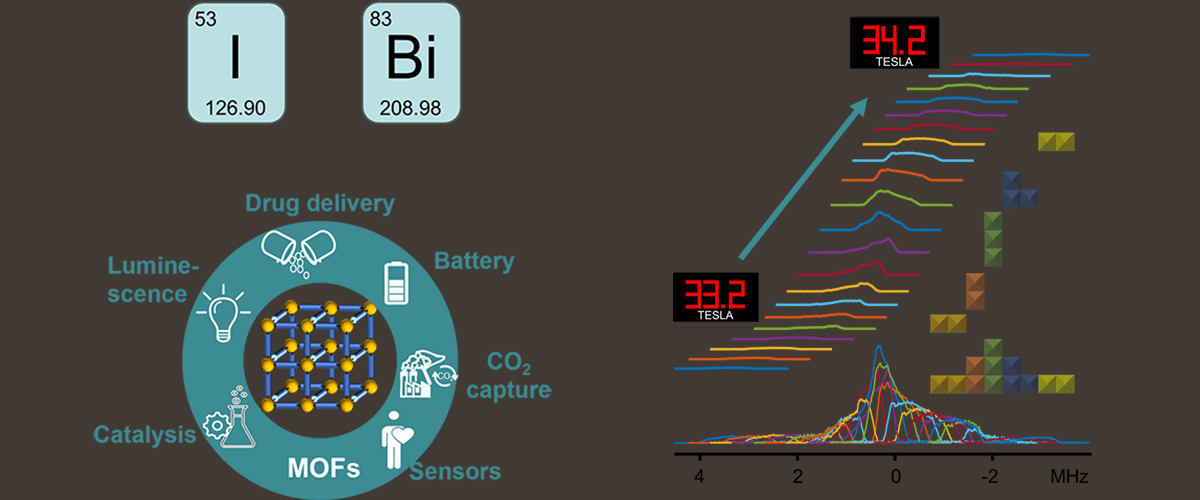
July 17, 2025
Researchers used a powerful 36 Tesla magnet at MagLab to study the atomic structure of porous materials (MOFs) with bismuth and iodine NMR, aiding the…
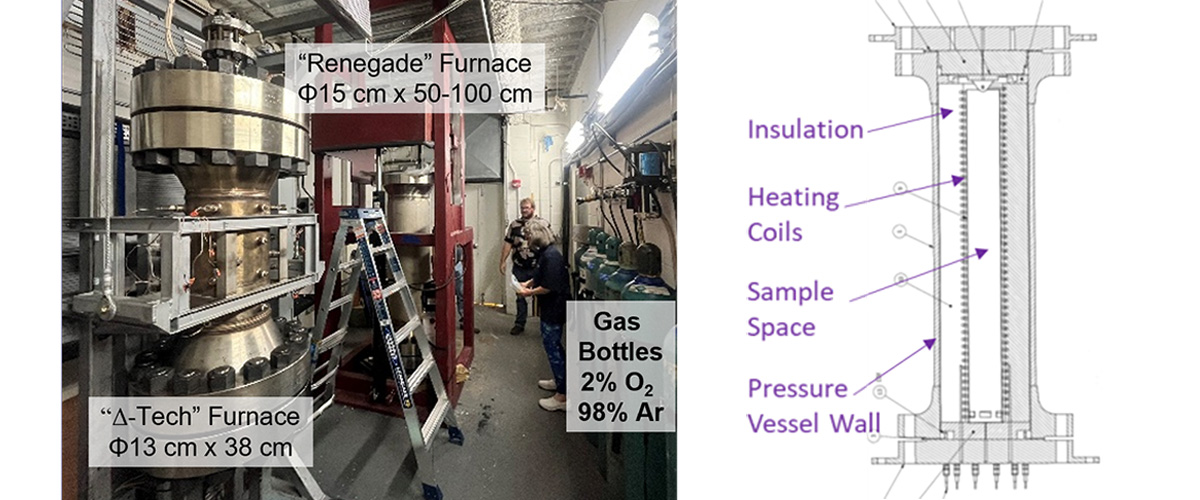
July 17, 2025
Two upgraded furnaces are now available to manufacture next-generation magnets. These furnaces enable manufacturing of magnets up to 15 cm diameter an…
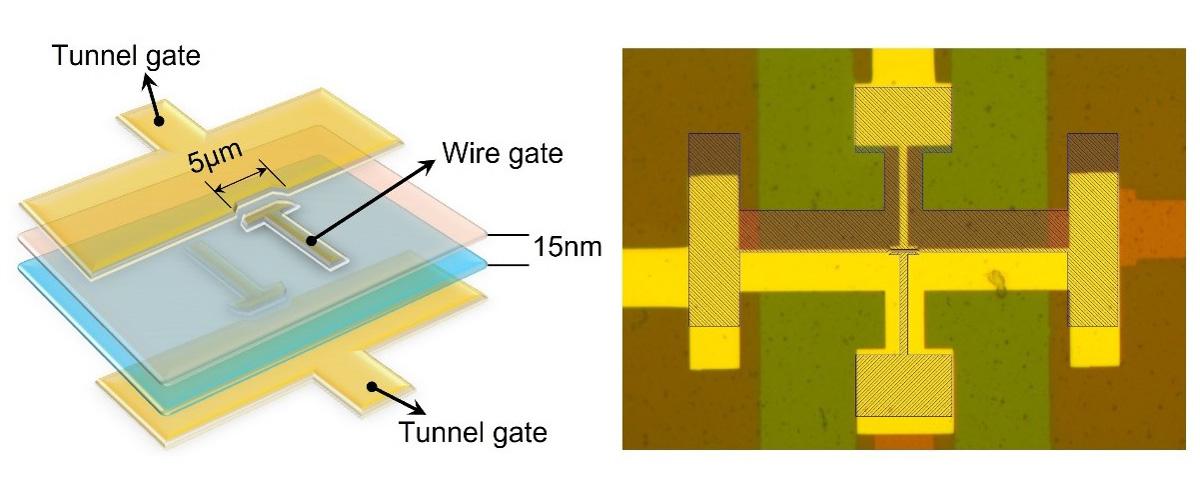
June 13, 2025
This is B=0 work in the new dry system in HBT Bay 1 as the magnet delivery was delayed until Nov 2023. The work demonstrates the ability to cool elect…
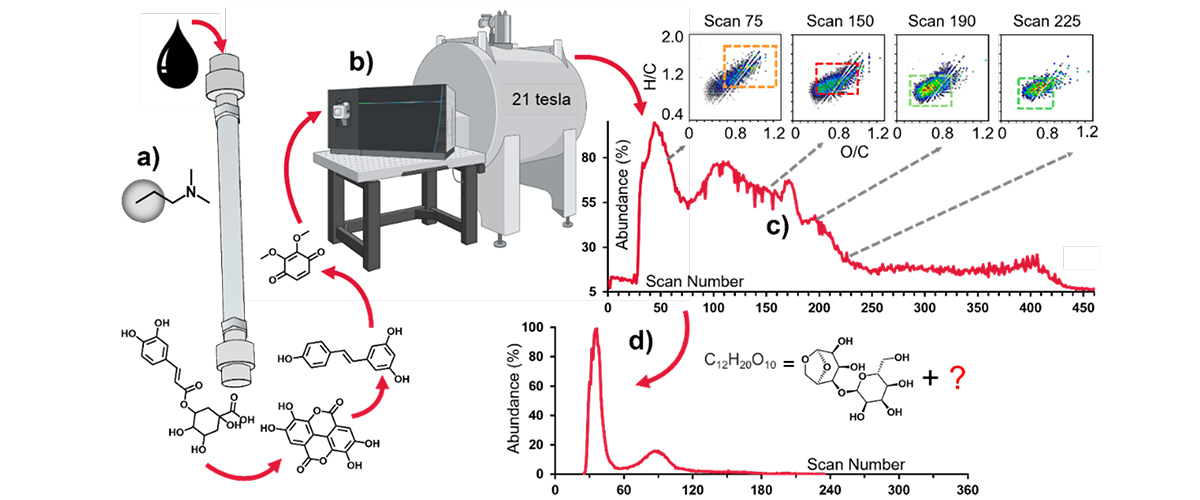
June 13, 2025
This research introduces a new separation method that is combined with precise mass measurements to identify thousands of previously undetected molecu…
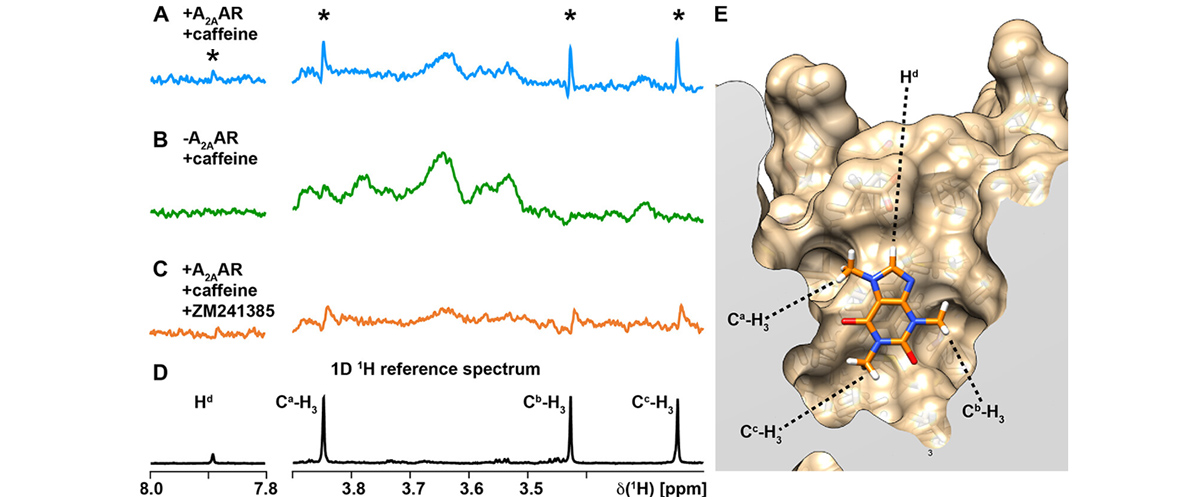
May 22, 2025
Finding molecules that bind to proteins present in the human body is an essential part of developing new medications. Ordinarily, this is done with “l…
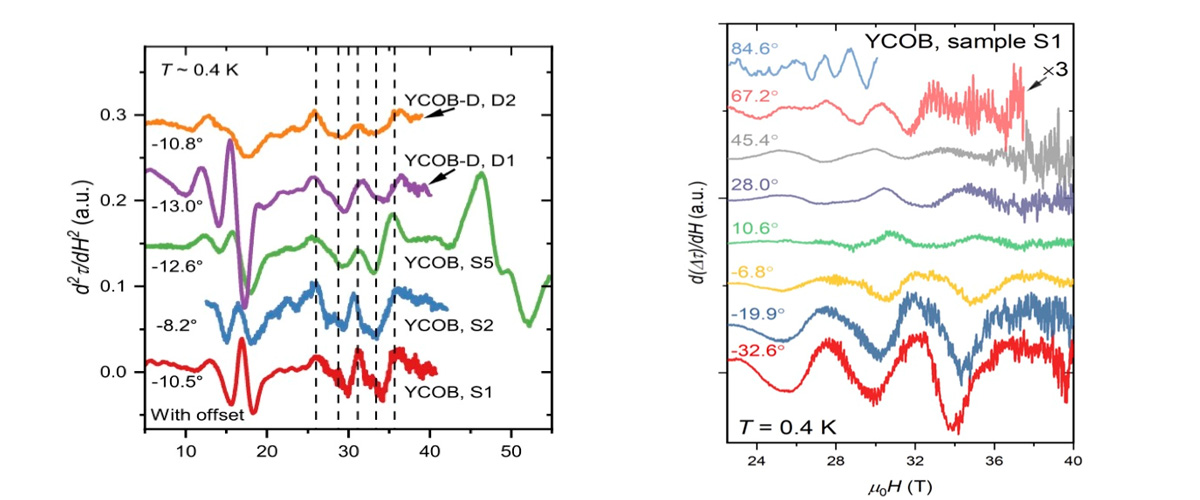
May 22, 2025
Tiny crystals of a copper-based compound, attached to a microscopic trampoline-like sensor (0.1 mm × 0.1 mm), exhibit subtle mechanical vibrations whe…
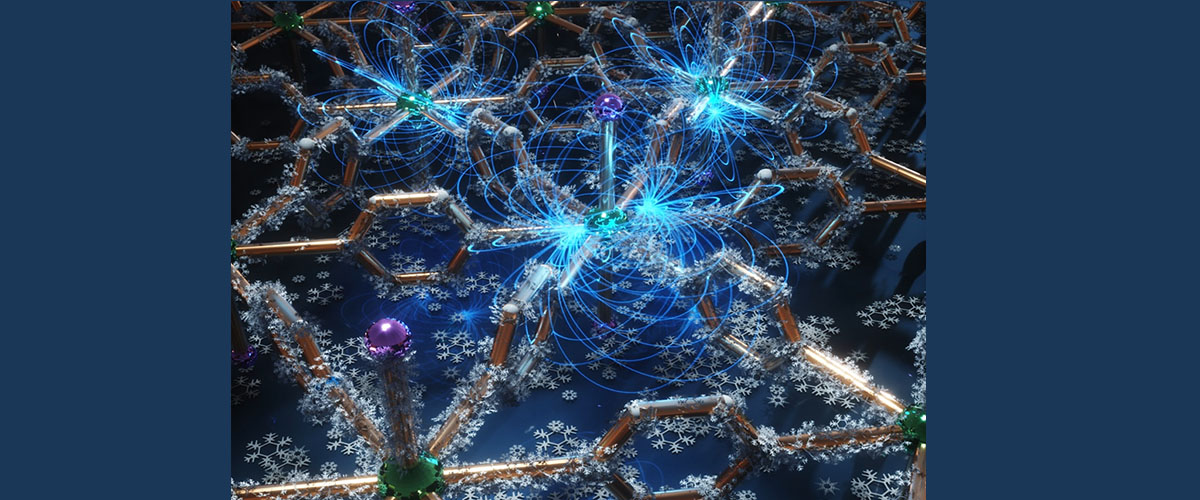
April 14, 2025
A two-dimensional triangular network of europium ions connected by organic pyrazine molecules is shown to possess the perfect ingredients for efficien…
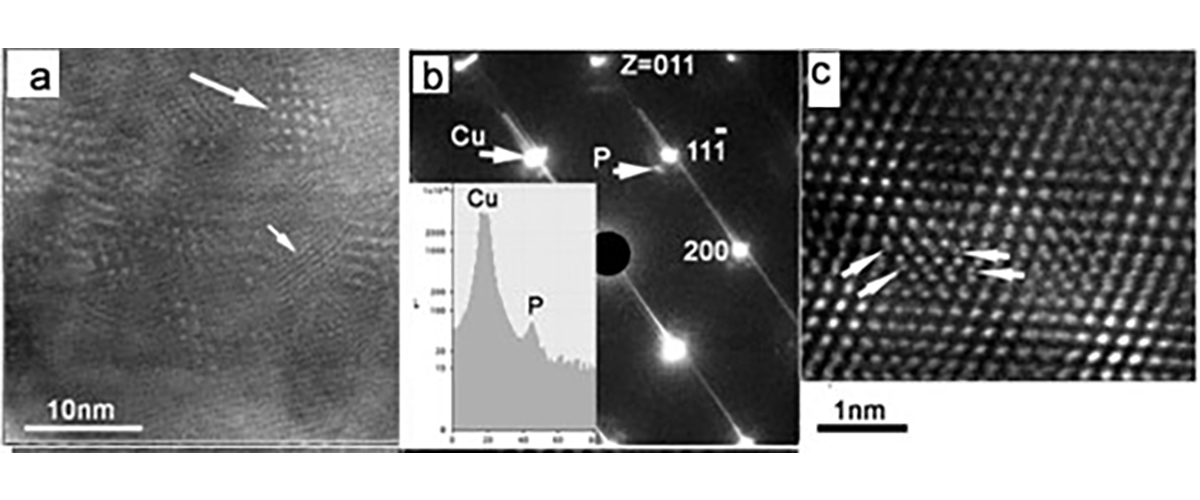
April 14, 2025
Making strong, long wires without any flaws is really hard. But researchers at MagLab found a way to create nano-particle reinforced, high-strength co…
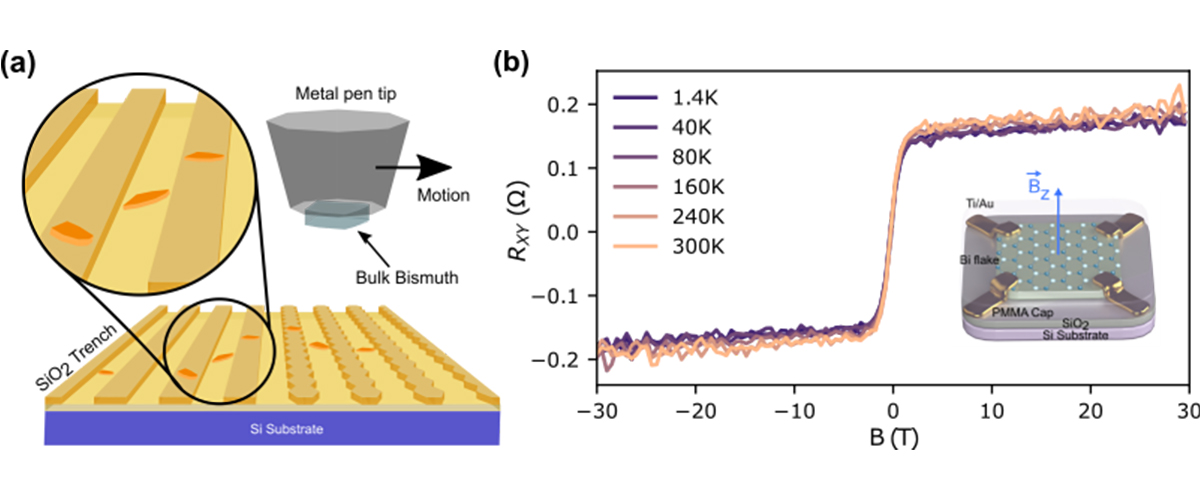
March 10, 2025
Our ability to observe new physics sometimes depends on the thinnest of margins and in the case of MagLab users from McGill University, that margin is…
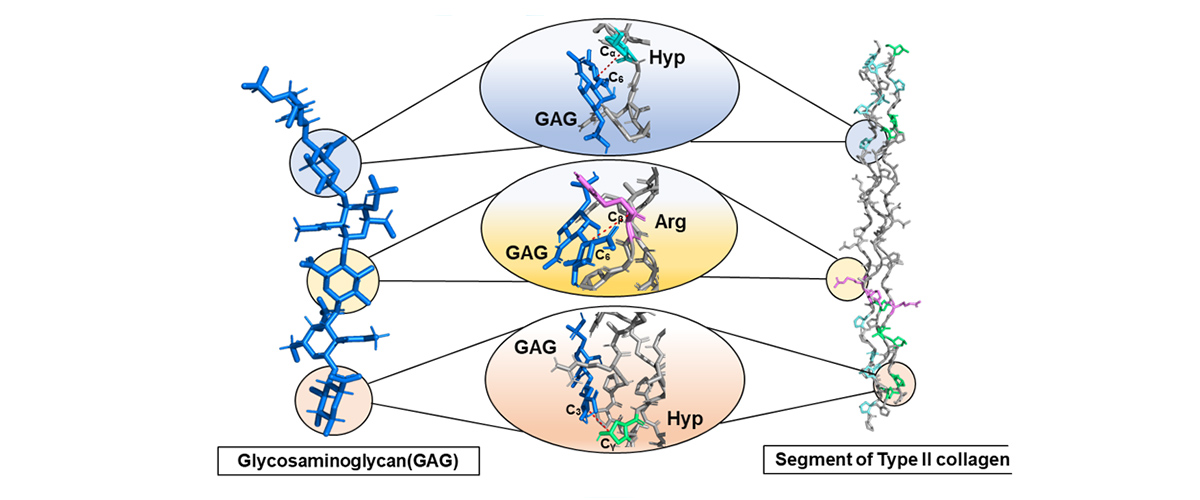
March 10, 2025
We discovered how two important molecules in cartilage, glycosaminoglycans (GAGs) and collagen, interact at the atomic level. Using advanced NMR techn…
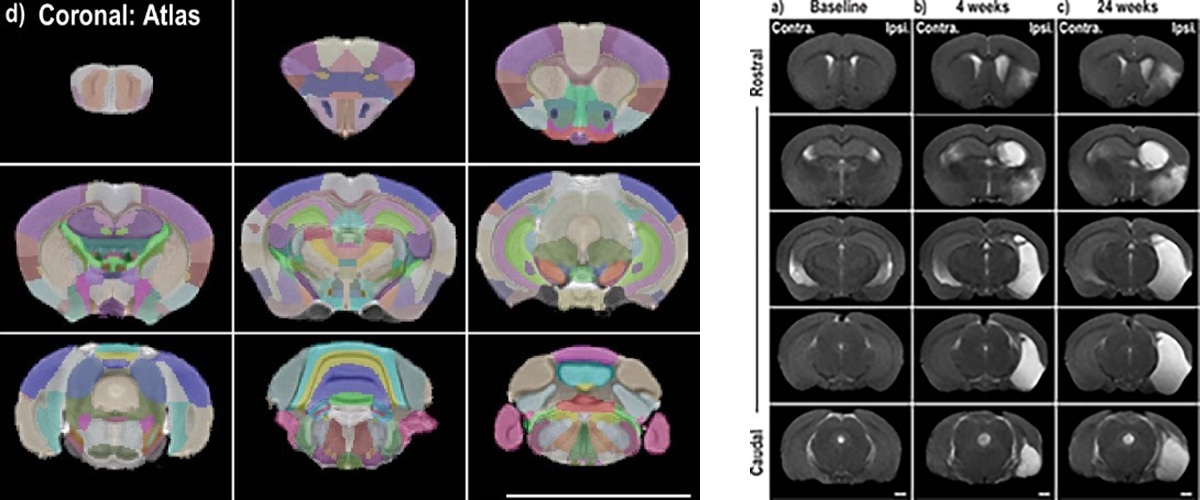
February 12, 2025
Researchers induced ischemic stroke in African spiny mice—rodents uniquely capable of regenerating damaged tissue without scarring—and used magnetic r…
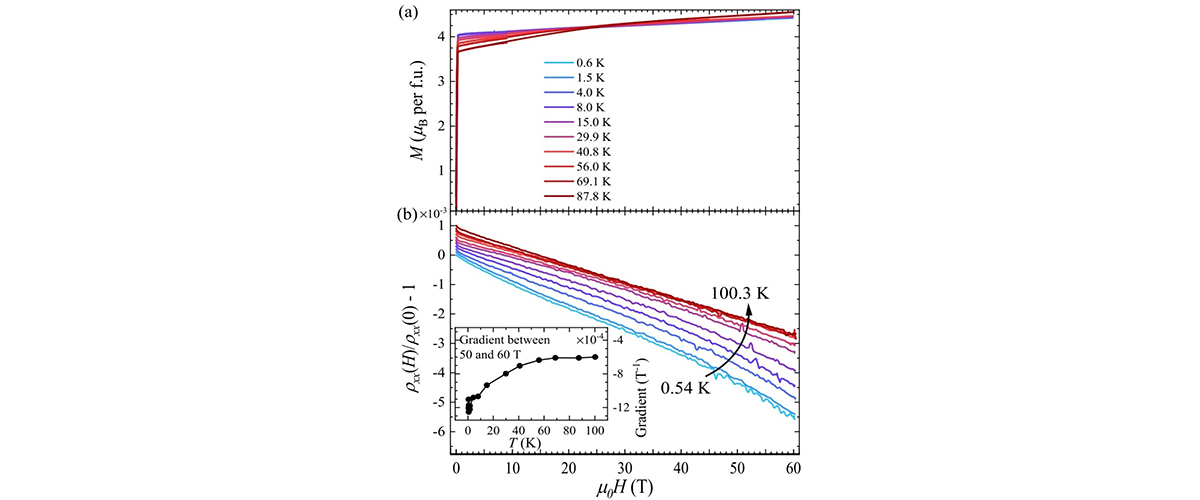
February 12, 2025
The layered material Fe3-xGeTe2 (FGT) shows new and unusual magnetic and electrical behavior when it is subjected to 60 T magnetic fields. This behavi…
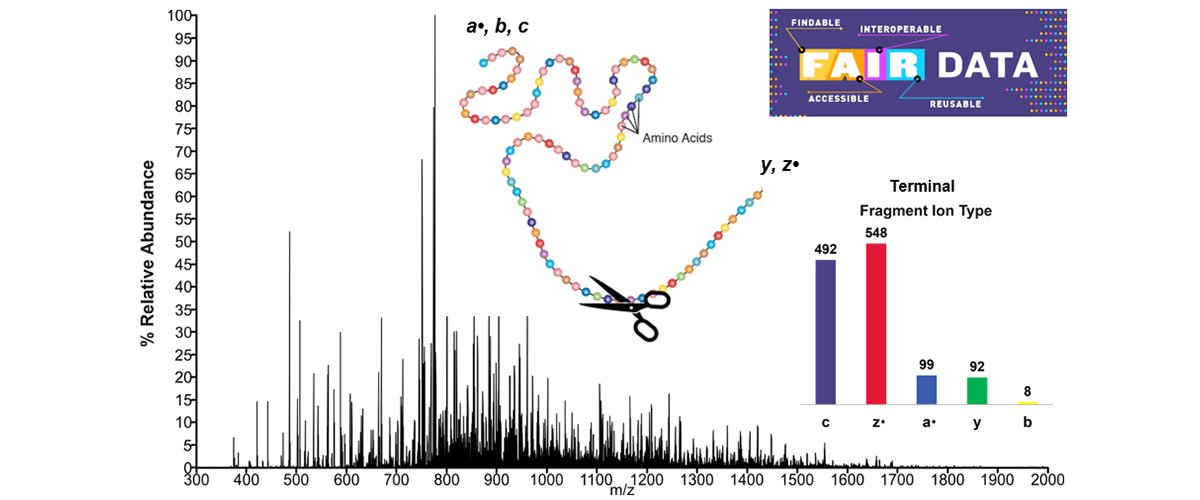
February 12, 2025
MagLab data collected with the 21 tesla FT-ICR mass spectrometer demonstrate the risk associated with internal fragment annotation in mass spectra of …
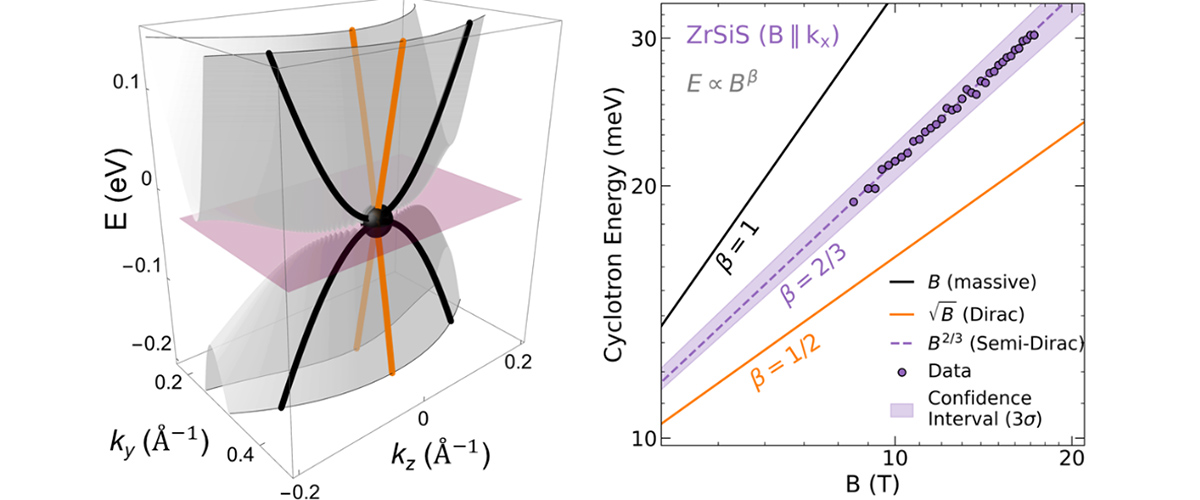
January 14, 2025
In the zoo of emerging quasiparticles in condensed matter physics, semi-Dirac fermions stand out as being massive and massless depending on the direct…
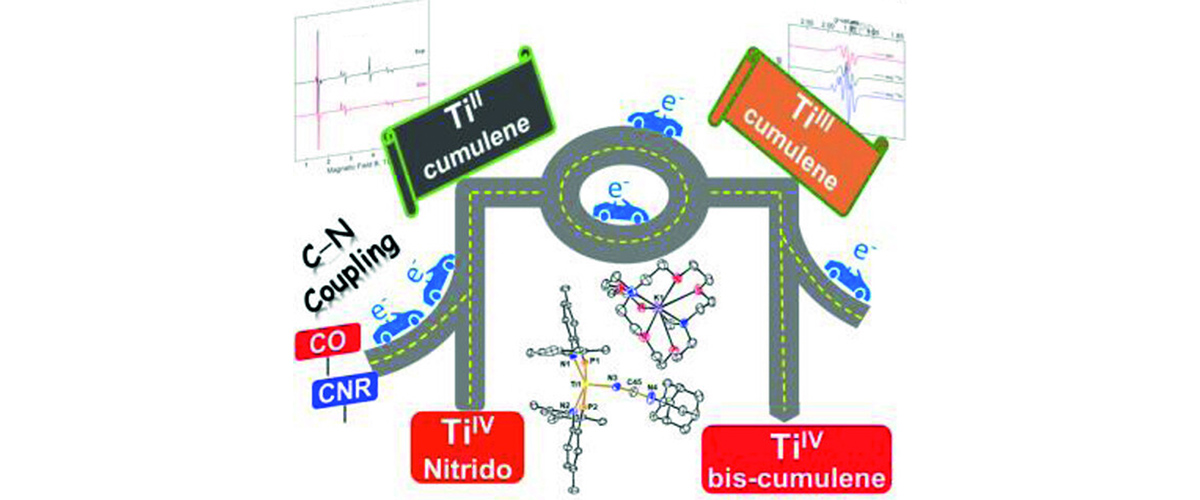
January 14, 2025
Molecules containing the Earth-abundant metal, titanium, are widely used as catalysts for production of polymers such as polyethylene, polycarbonates …
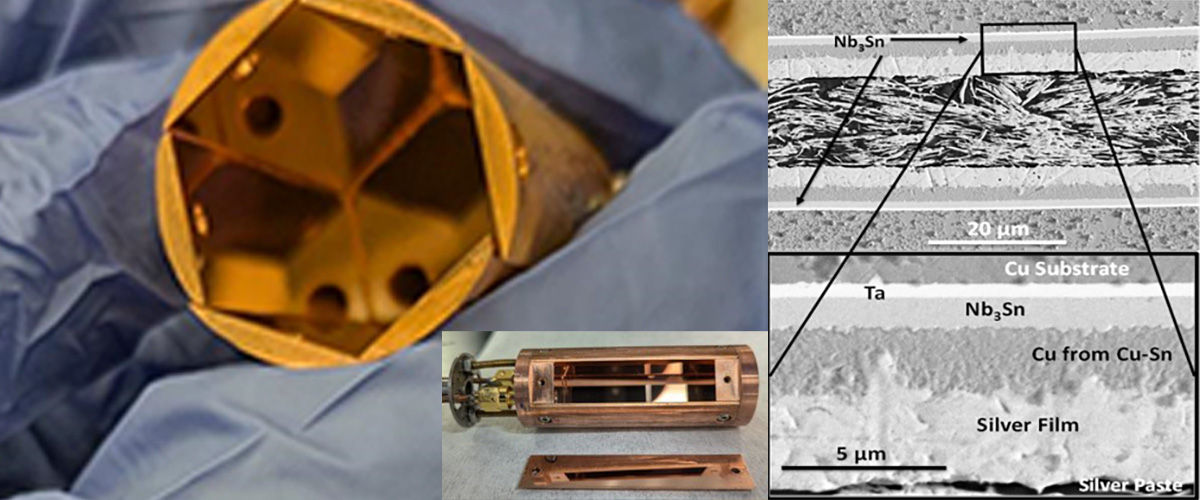
January 14, 2025
We developed a new fabrication method using superconducting materials inside a box, making it more efficient than current designs. This helps create p…
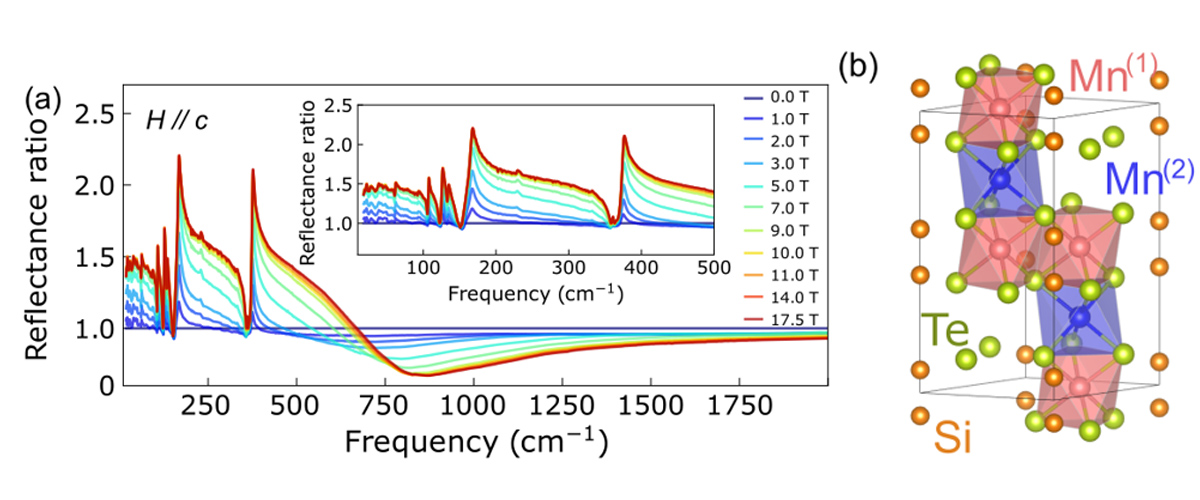
December 12, 2024
The physical properties of any solid material are determined by what happens in the quantum realm. How the electrons interact with each other, their s…
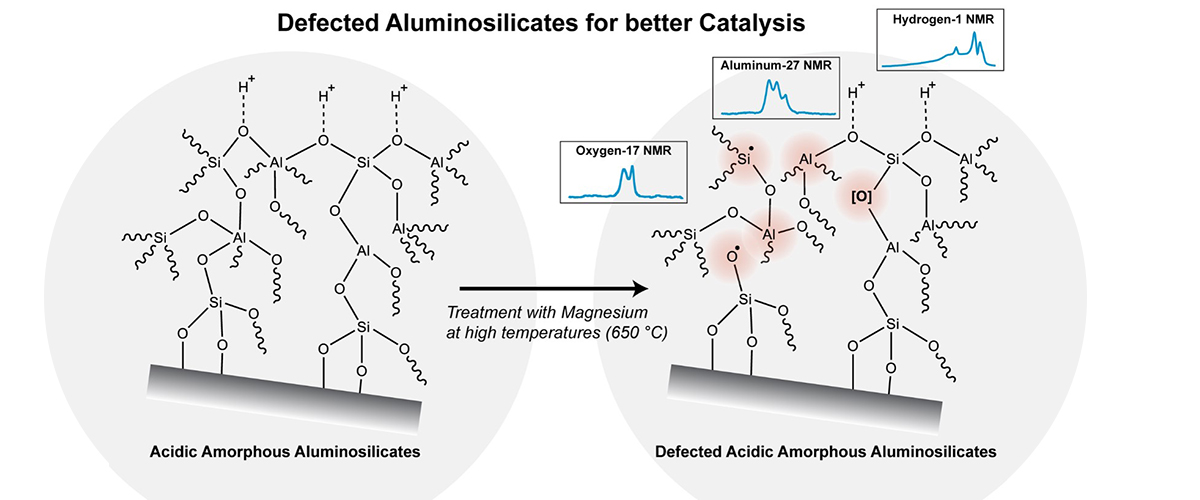
December 12, 2024
Using high-field nuclear magnetic resonance (NMR) at the MagLab, researchers discovered that adding atomic-level defects to a material called amorphou…
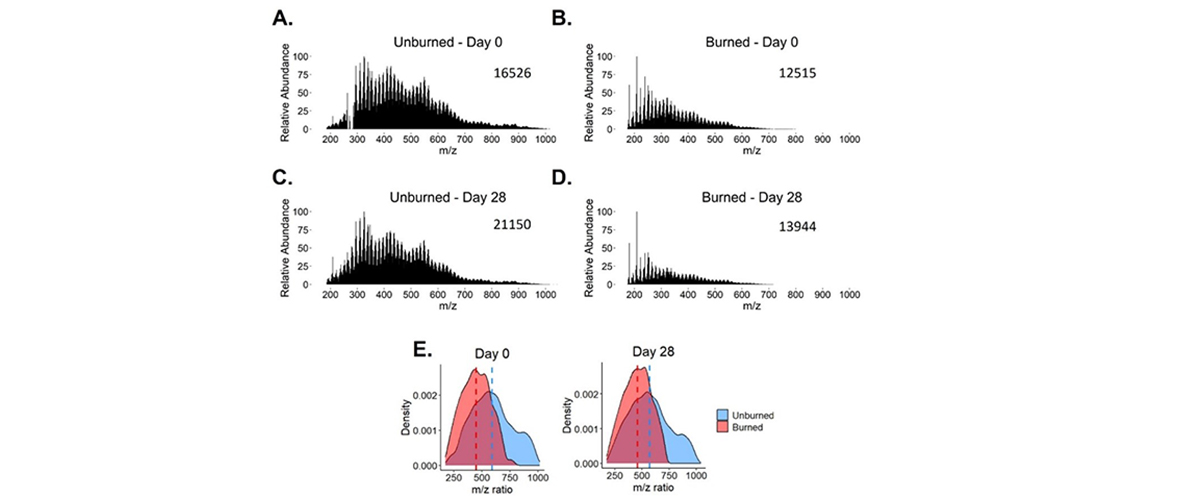
November 14, 2024
Wildfires change the chemical composition of molecules in soil, and only the 21T FT-ICR mass spectrometer can assess the molecular composition to unde…
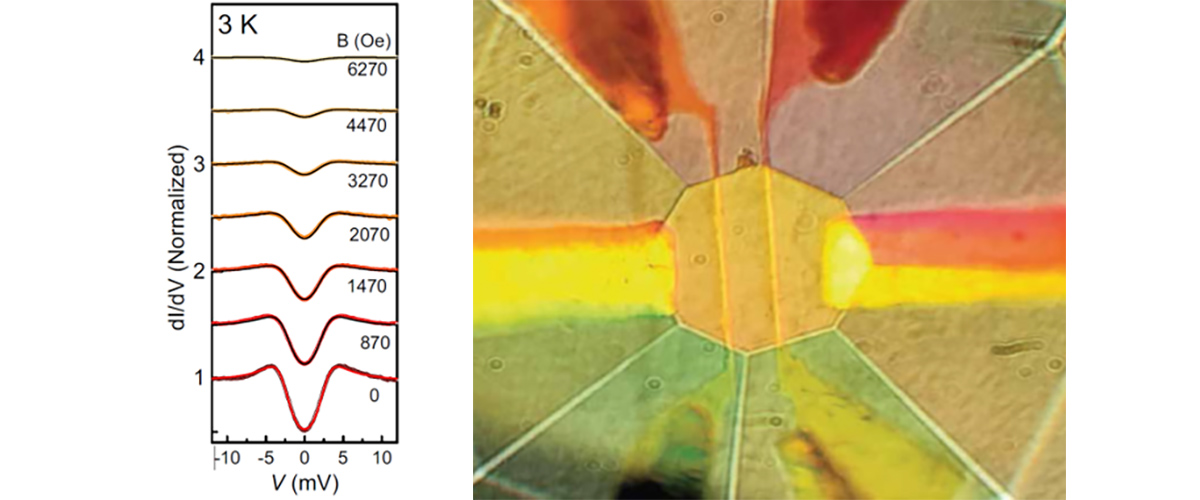
November 14, 2024
Researchers from the Max-Planck Institute for Chemistry and the National High Magnetic Field Laboratory at Los Alamos developed a groundbreaking metho…
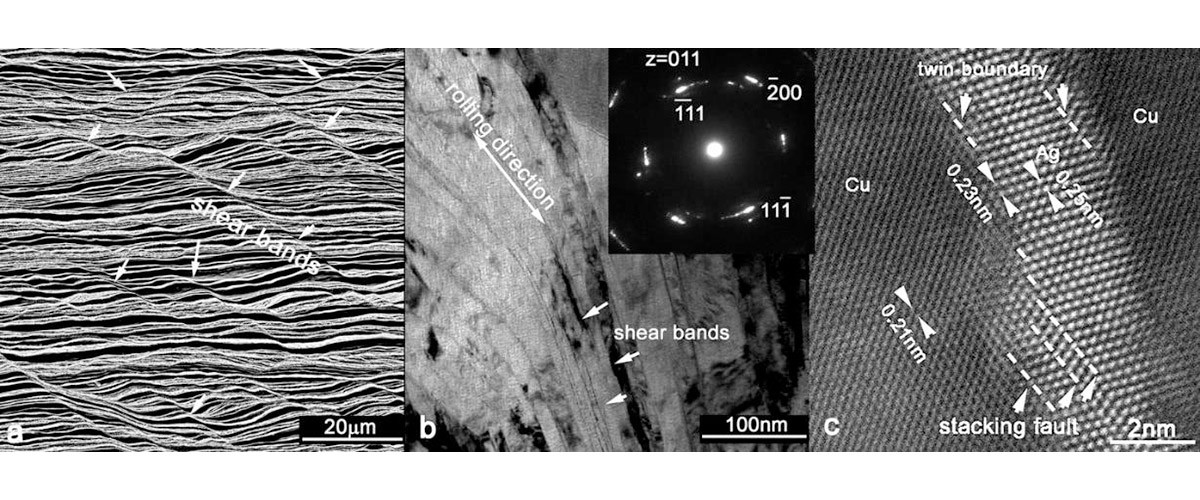
November 14, 2024
Because of such desirable properties as high mechanical strength and electrical conductivity, Cu–Ag nano-structured sheets are used, not only in high …
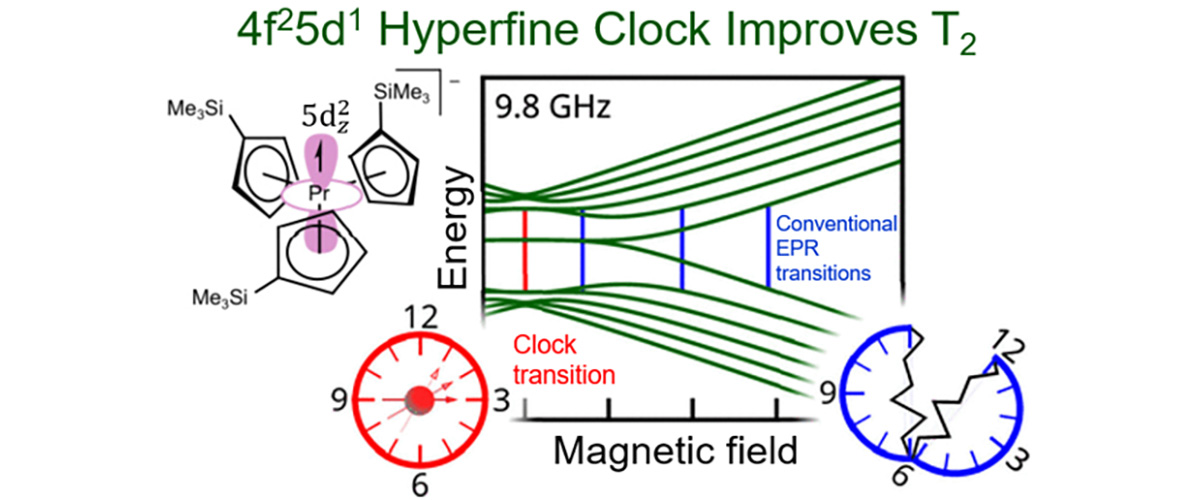
October 14, 2024
Previous work at the MagLab demonstrated that it is possible to design molecules containing a LuII ion such that its lone unpaired electron is shielde…
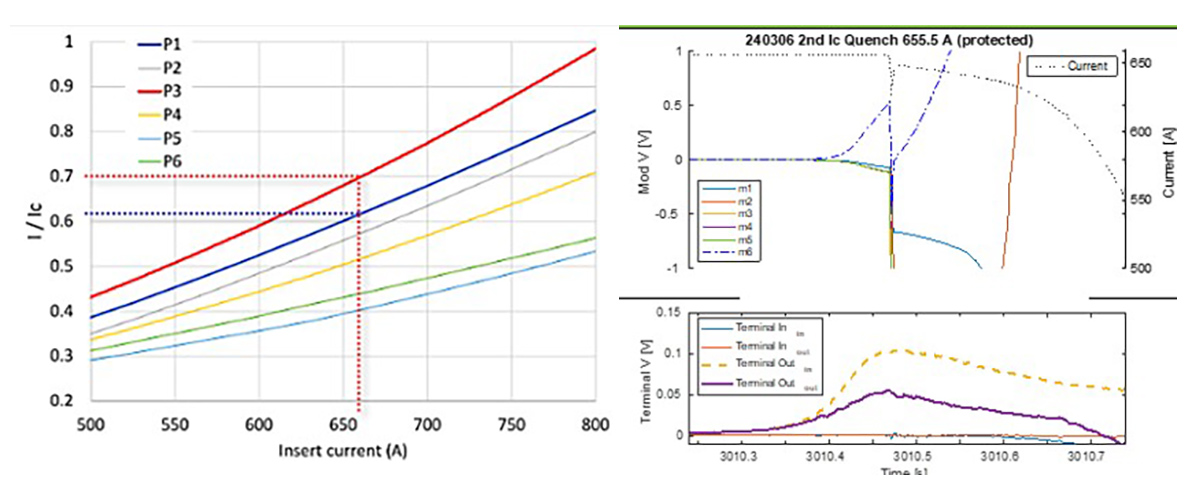
October 14, 2024
Because of such desirable properties as high mechanical strength and electrical conductivity, Cu–Ag nano-structured sheets are used, not only in high …
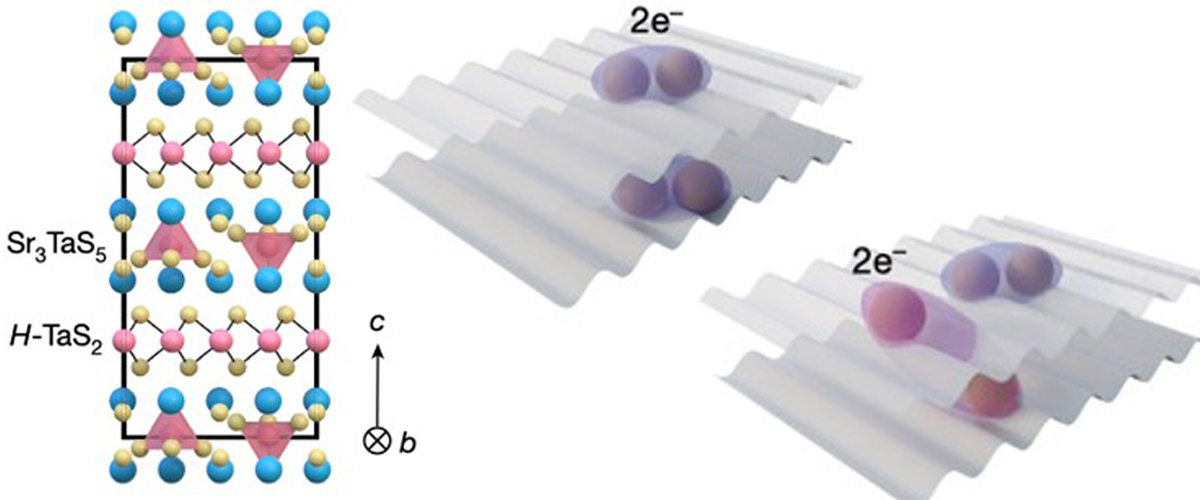
September 12, 2024
Since the observation of Hofstadter’s Butterfly in graphene, scientists have been working on a veritable zoo of materials which can be exfoliated down…
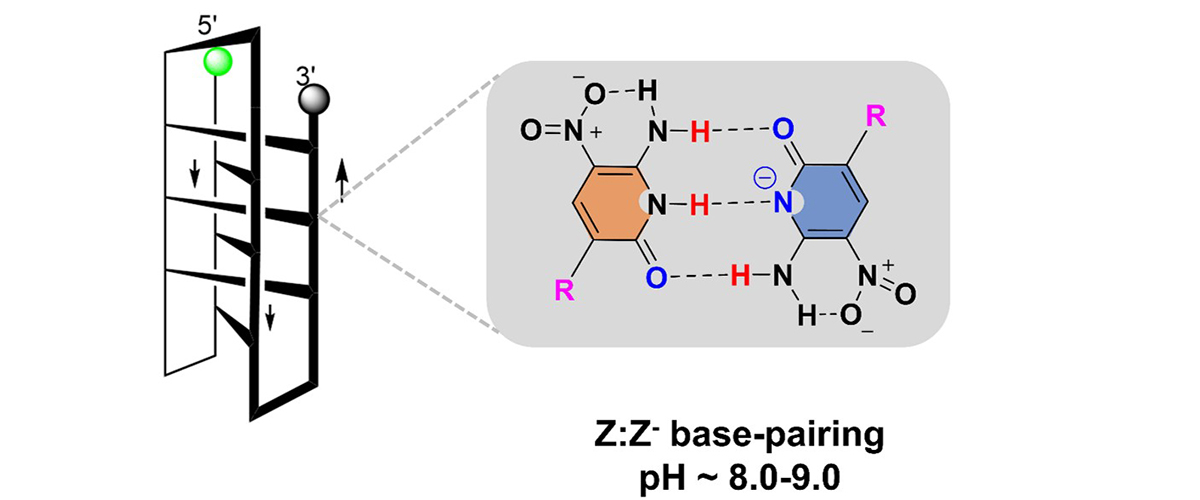
September 12, 2024
Scientists can create synthetic imitations of natural polymers, such as DNA, which provide an understanding of how nature works and can confer unique …
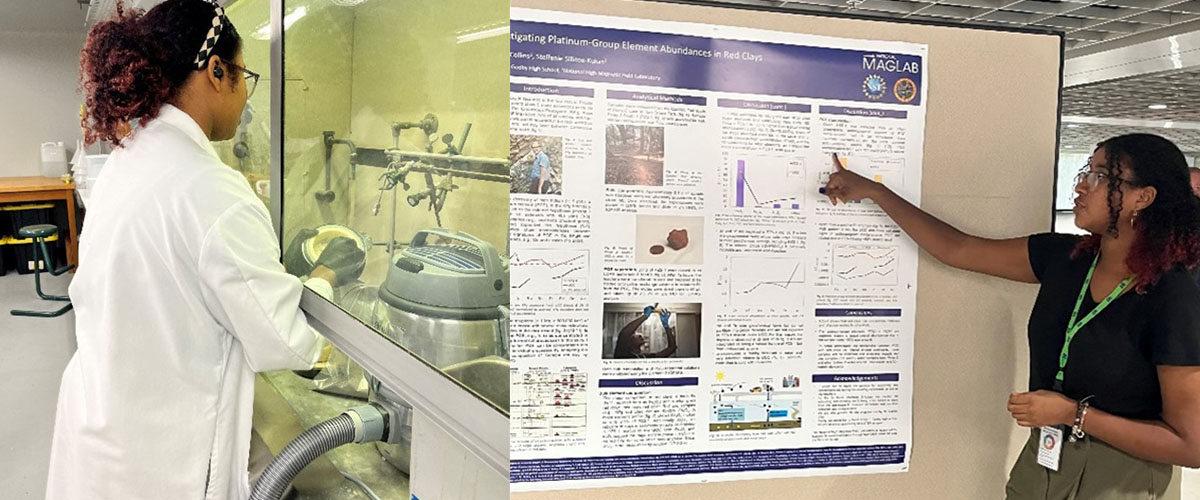
September 12, 2024
One young woman’s story demonstrates how MagLab STEM education programs provide research and career opportunities.
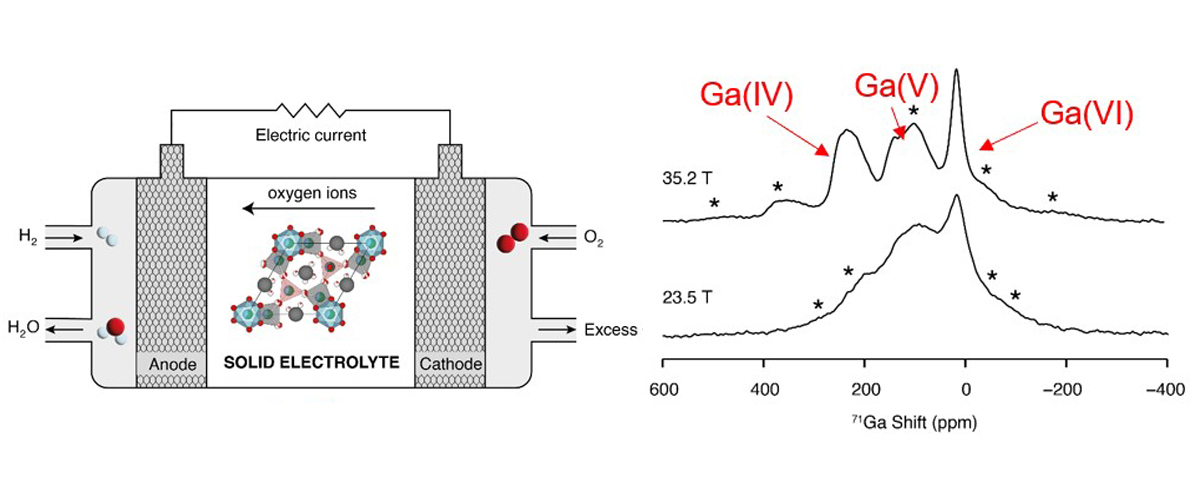
August 14, 2024
Solid oxide fuel cells generate clean energy by oxidizing green fuels like hydrogen and reducing atmospheric oxygen, without recharging or emissions t…
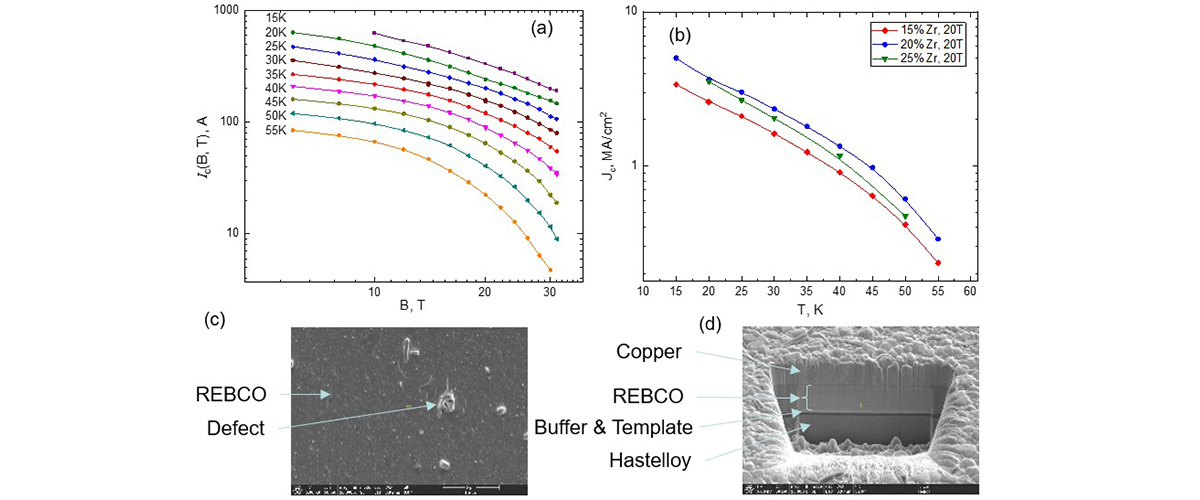
August 14, 2024
We demonstrated the ability to measure transport critical current dependencies Ic(B,T) of full-width REBCO tapes, giving direct feedback about propert…
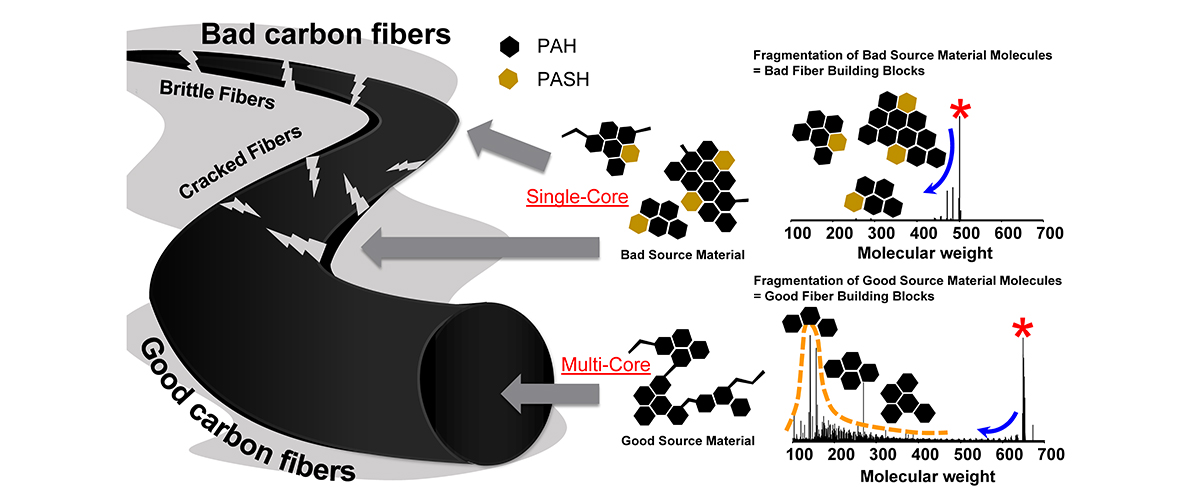
July 16, 2024
MagLab researchers use 21 tesla ion cyclotron resonance (ICR) mass spectrometry to identify the best way to produce carbon fibers from petroleum waste…
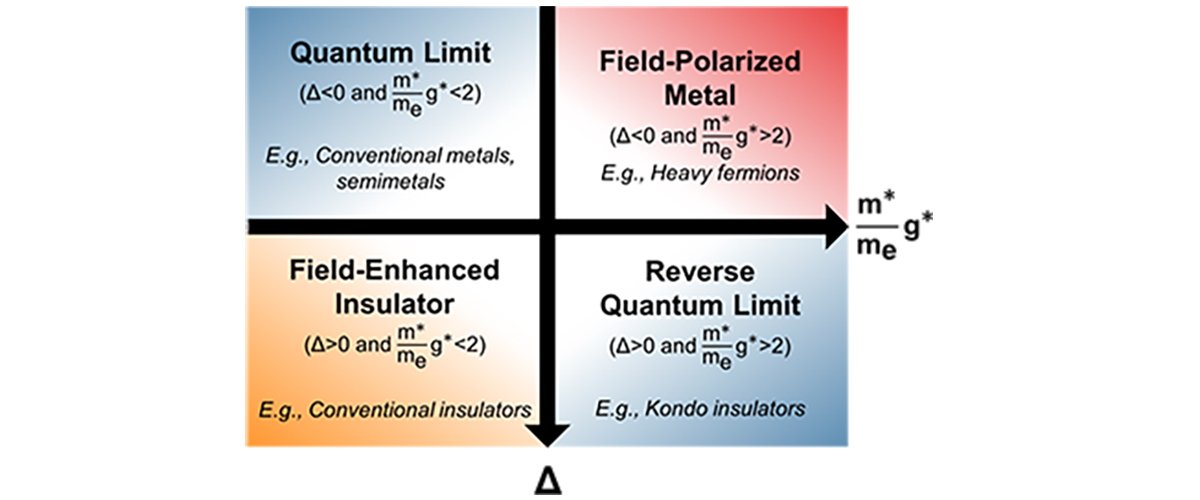
July 16, 2024
An analogue of the quantum limit in metals, where very strong magnetic fields confine electrons to the lowest Landau level, has been discovered in the…
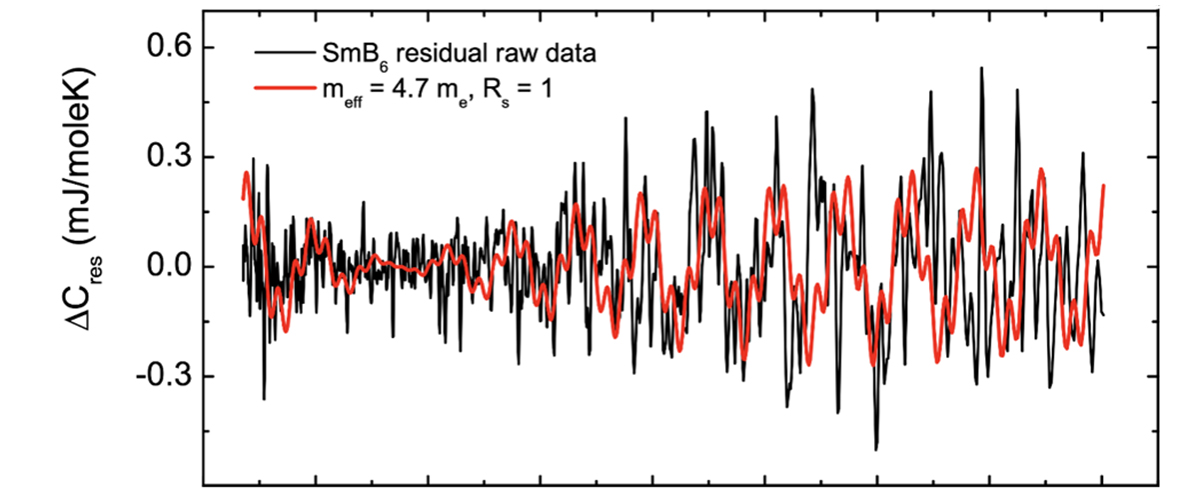
June 20, 2024
Topological materials are fascinating because they take the weirdness of quantum mechanics and turn it up a few notches to 11. The behavior of Samariu…
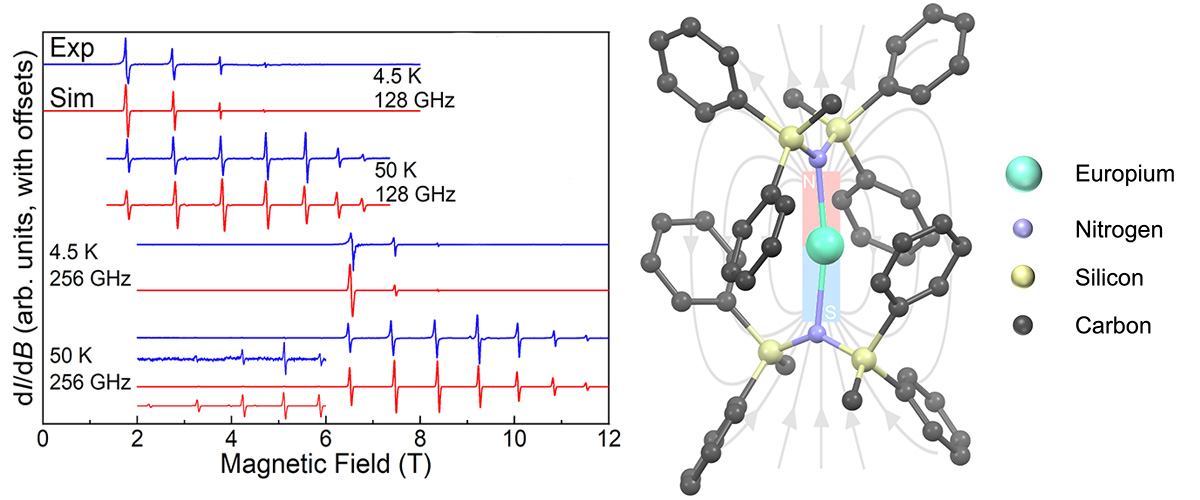
June 20, 2024
This study reports the first example of a europium single-molecule magnet – a molecule that can retain alignment of its ‘North’ and ‘South’ poles at l…
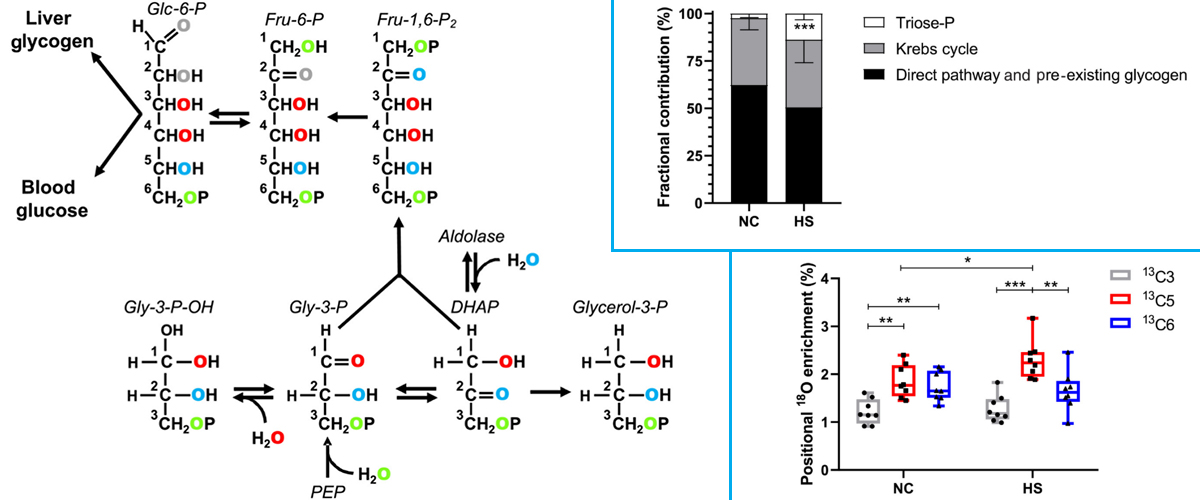
June 20, 2024
Deuterated water (2H2O) is often used to examine metabolic pathways in humans and animals. However, it can cause toxicity and distort metabolic readin…
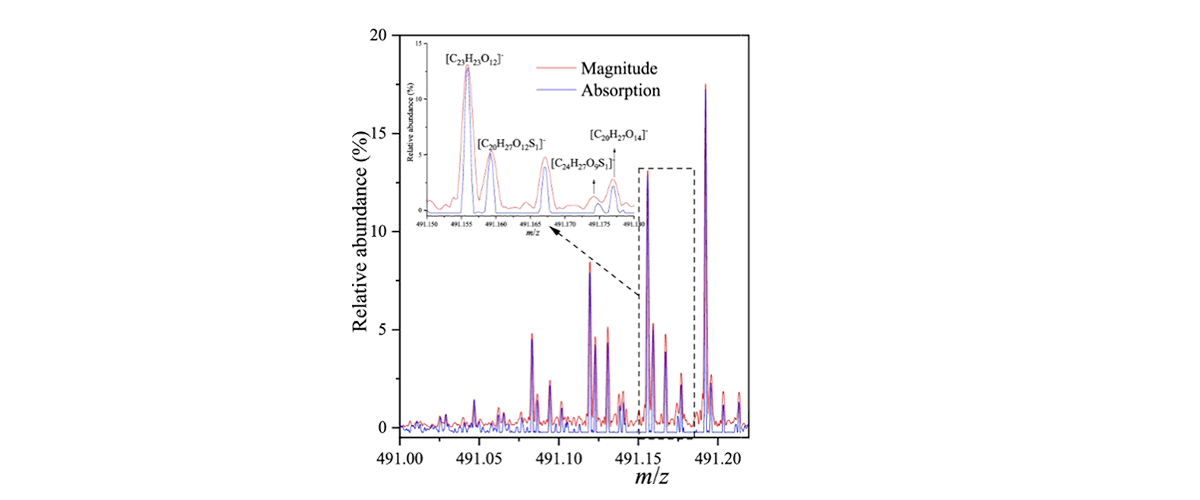
May 15, 2024
Combining new data with an existing MagLab dataset, researchers characterized the millions of unique chemicals found in our waterways, including both …
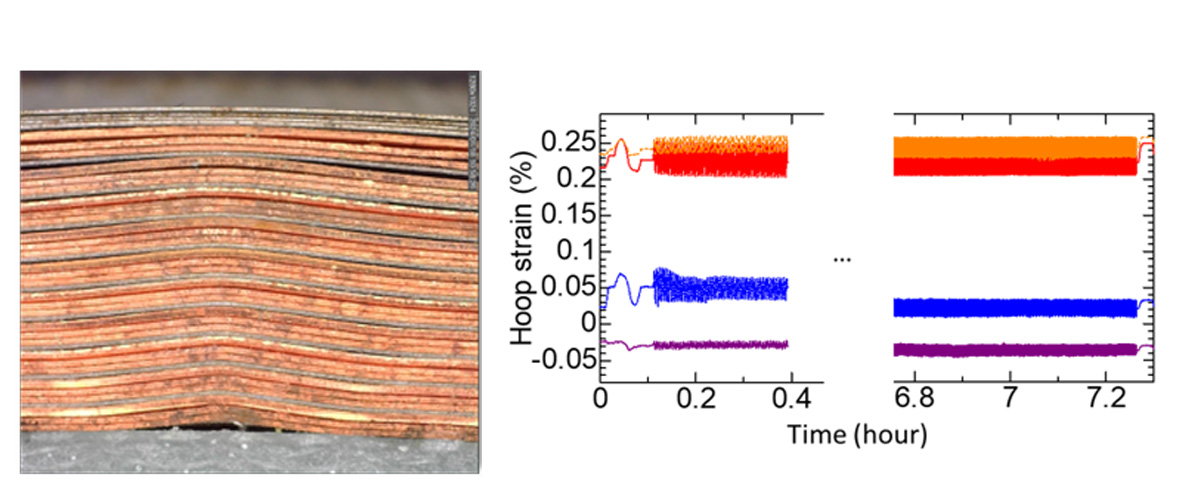
May 15, 2024
High-temperature superconducting test coils have been subjected to extreme combined loads from high, cyclic pressure and electro-magnetic forces to un…
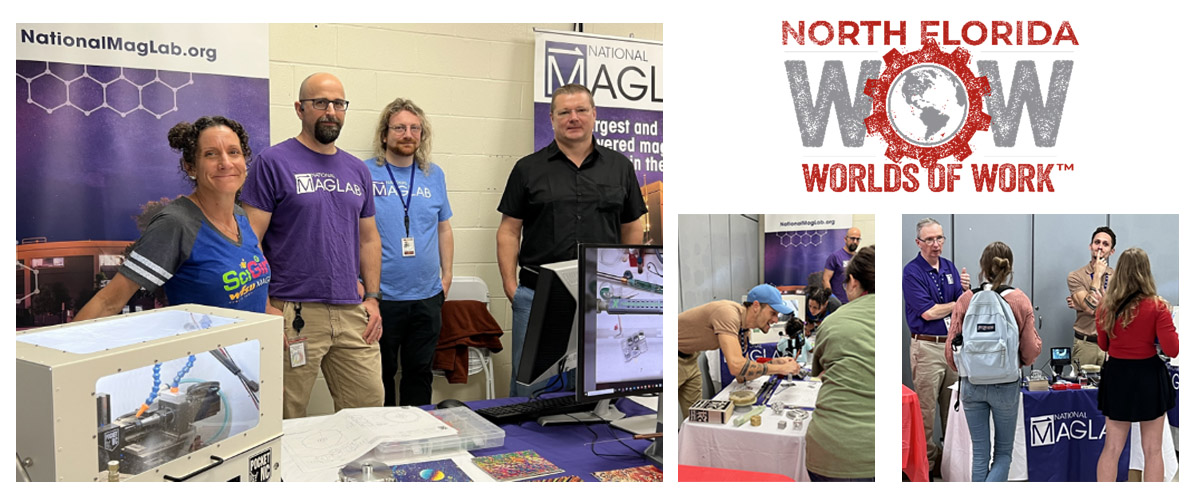
May 15, 2024
The MagLab participated in North Florida's first "Worlds of Work" Career Expo event to expose high school students to the many high-demand, high-wage …
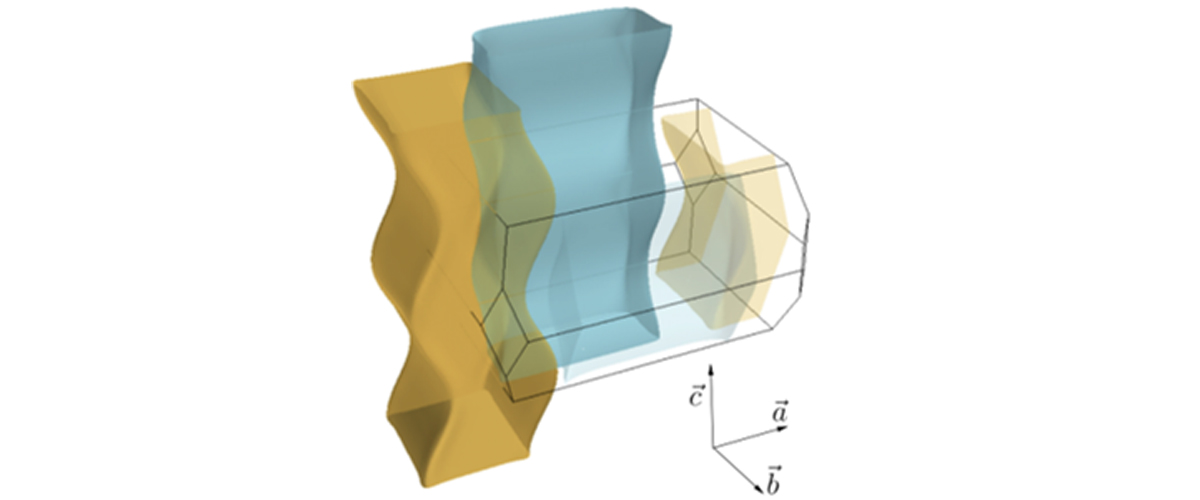
April 17, 2024
At ultra-low temperatures in the 32T all superconducting magnet, MagLab users fully mapped out the Fermi surface of UTe2, learning more about how elec…
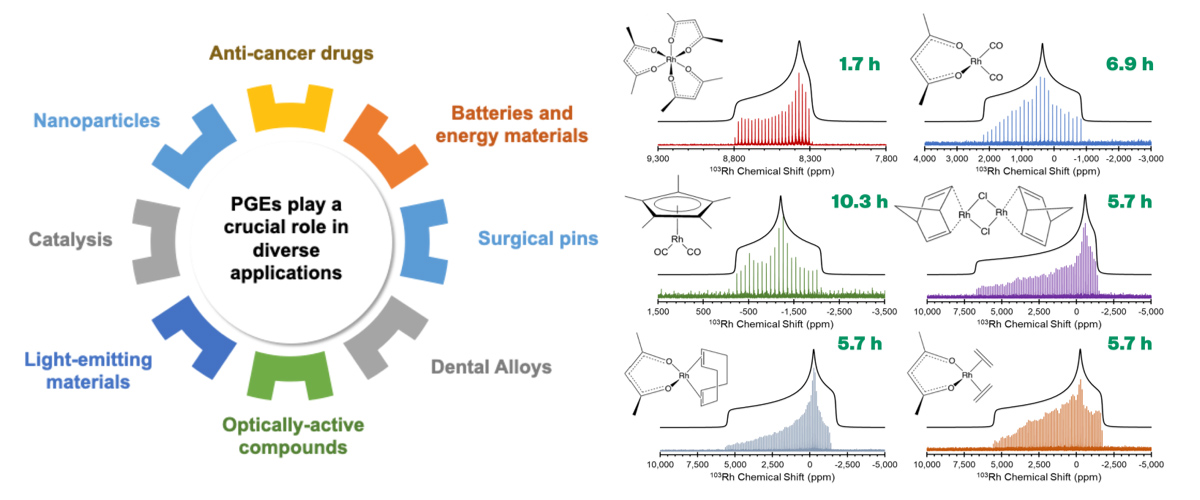
April 17, 2024
Rhodium (Rh) is one of the most costly and scarce platinum group elements; however, it is of great importance in many technologies including catalytic…
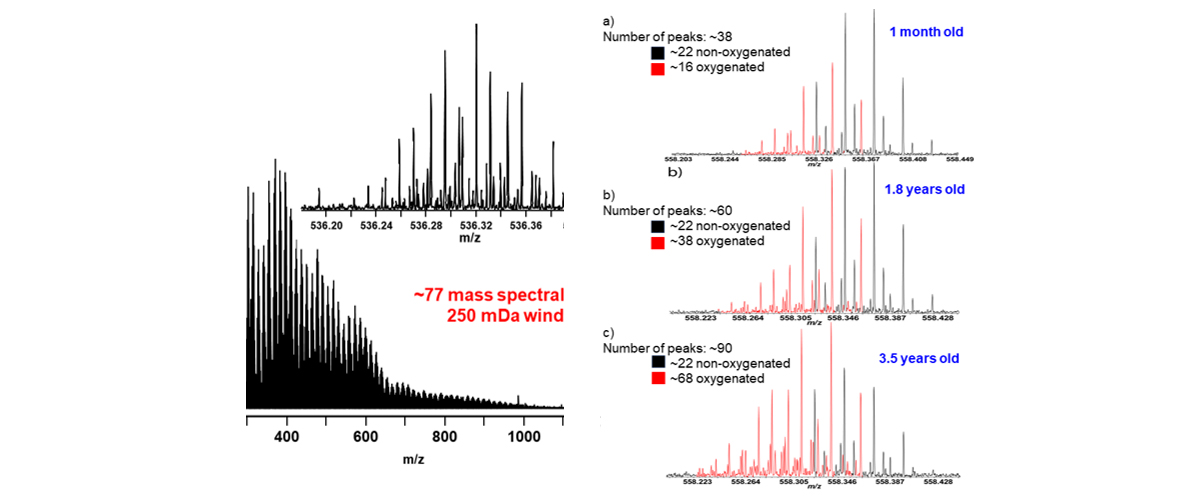
March 27, 2024
The 21T FT-ICR MS instrument enables the molecular characterization of atmospheric hazes - like that on Saturn’s moon, Titan - and water vapor to bett…
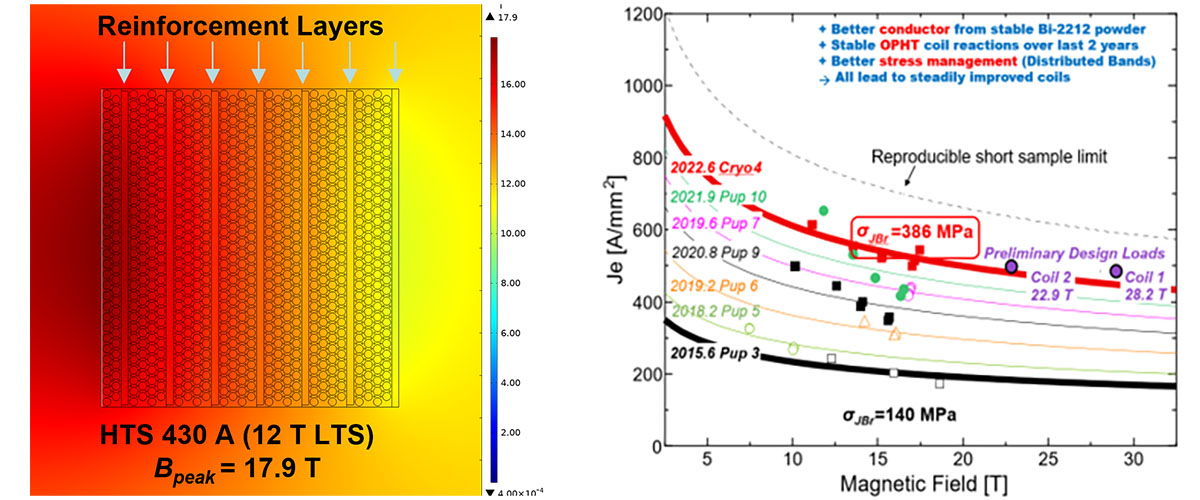
March 27, 2024
High temperature superconducting magnets offer tremendous potential for technological advancements and scientific discoveries, making them essential i…
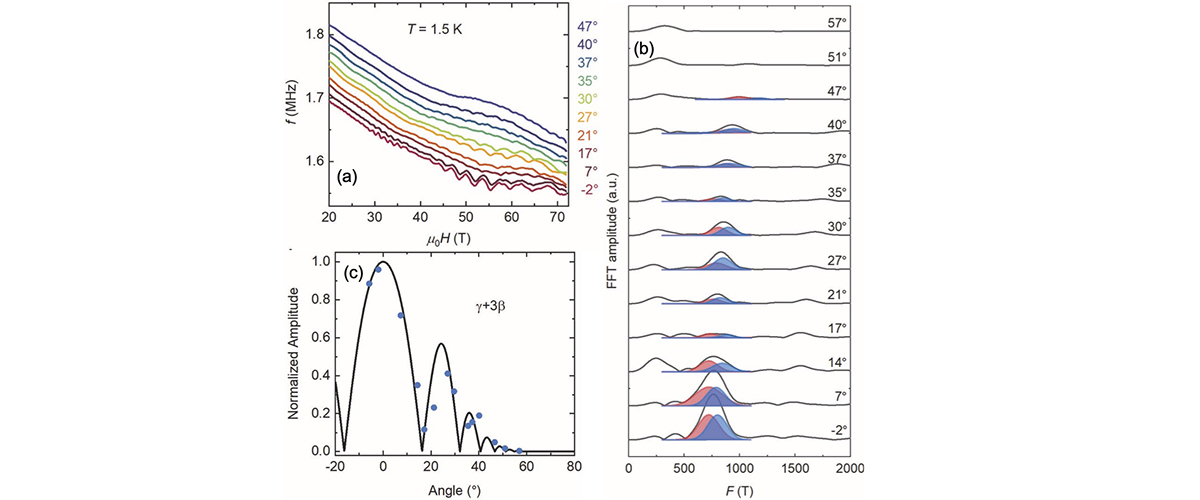
February 26, 2024
Pulsed magnetic fields of up to 75 T were applied at many different angles to a newly discovered metal, CsV3Sb5, in temperatures down to 0.5 K. Unusua…
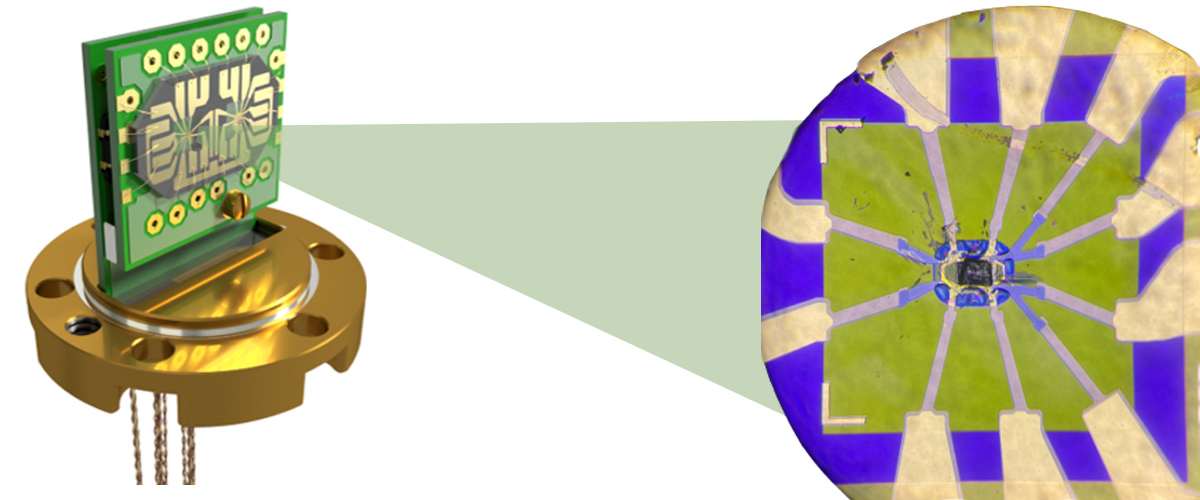
January 23, 2024
This work demonstrates how heat is transmitted through elemental indium using thermal impedance spectroscopy. Spanning 5 orders of magnitude in freque…
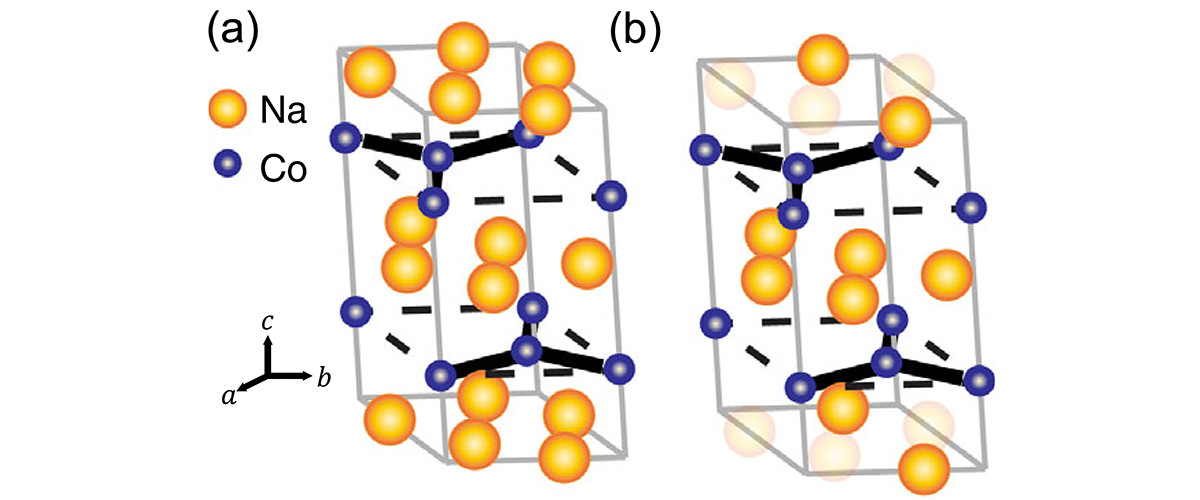
January 18, 2024
Studying a mysterious magnetic material (Na2Co2TeO6) that could be used in future quantum computing schemes, researchers revealed the crucial role mic…
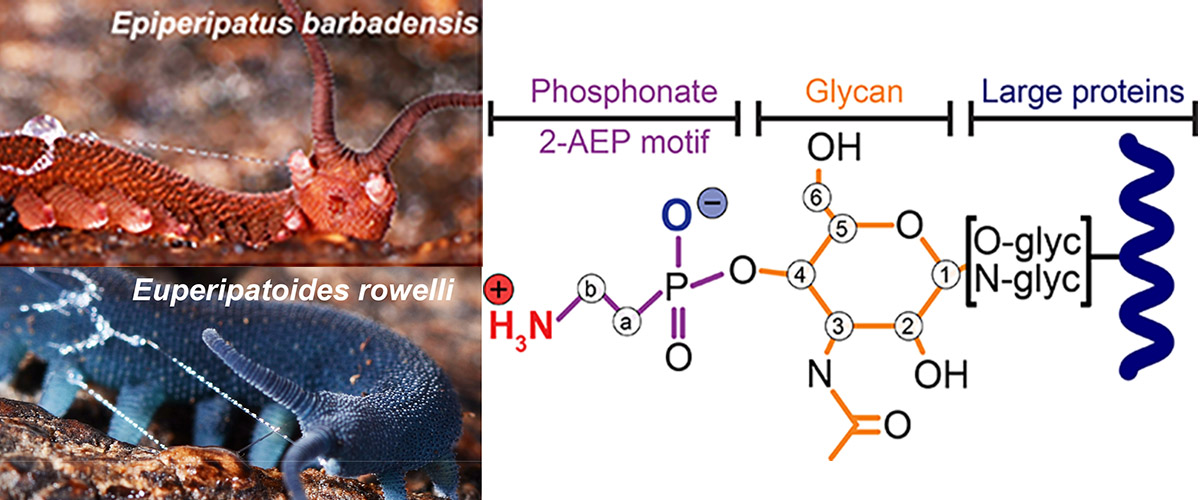
December 15, 2023
A protein modification rarely found in terrestrial animals was discovered in the slime of the velvet worm. This slime, which is projected for prey cap…
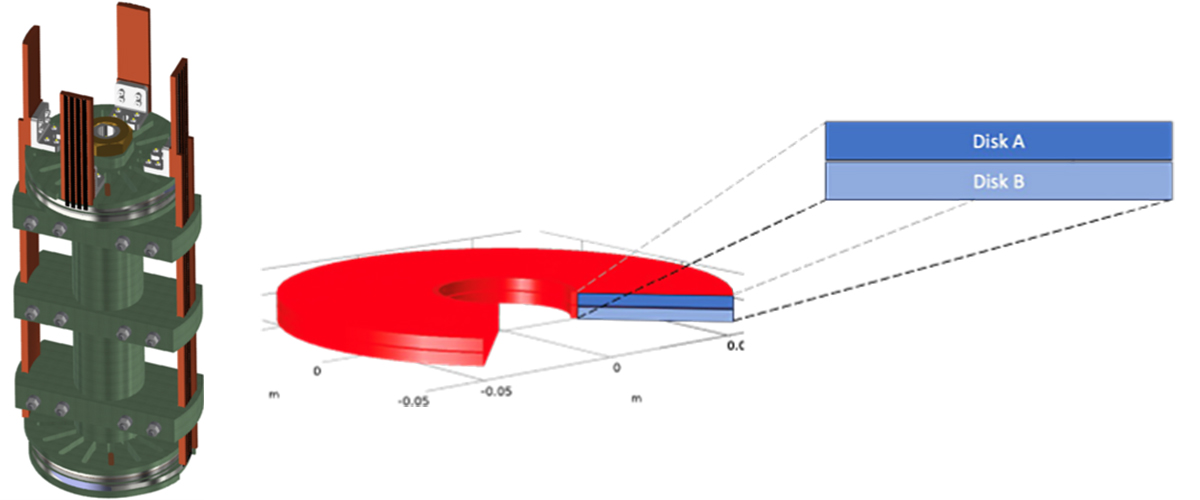
December 15, 2023
A test protocol has been developed and successfully demonstrated the ability to evaluate the performance of a large percentage of tape in a REBCO-woun…
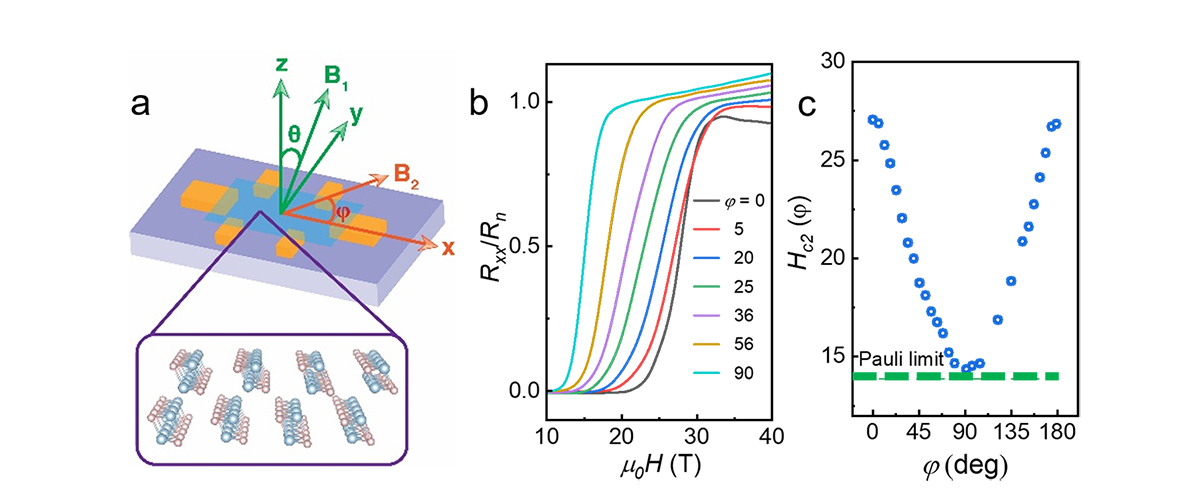
November 16, 2023
Research on a tungsten disulfide material (1T’-WS2) reveals a superconducting state that is able to carry an incredibly large amount of current within…
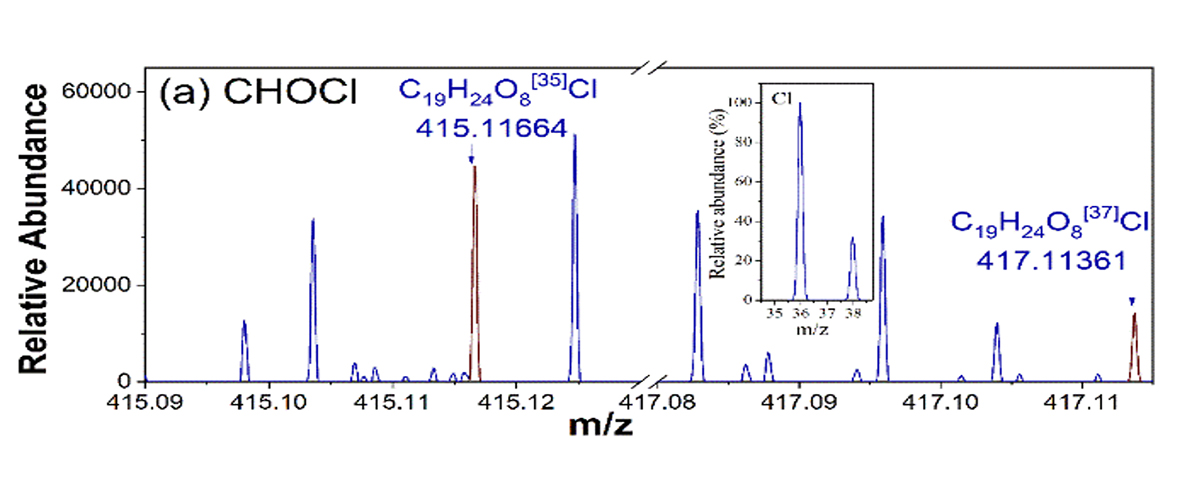
November 16, 2023
Identification of toxic compounds in drinking water formed through disinfection reveals more than 3500 toxic, chlorinated species that can only be obs…
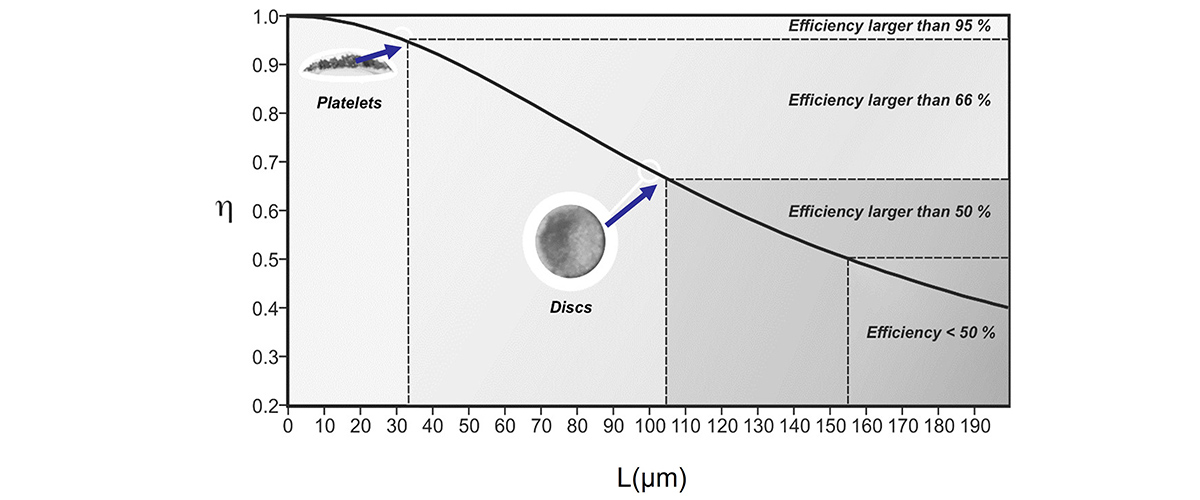
October 18, 2023
For the first time, NMR diffusion measurements have been successfully used in a metallic catalyst, examining gas exchange rates in nanoporous gold. Th…
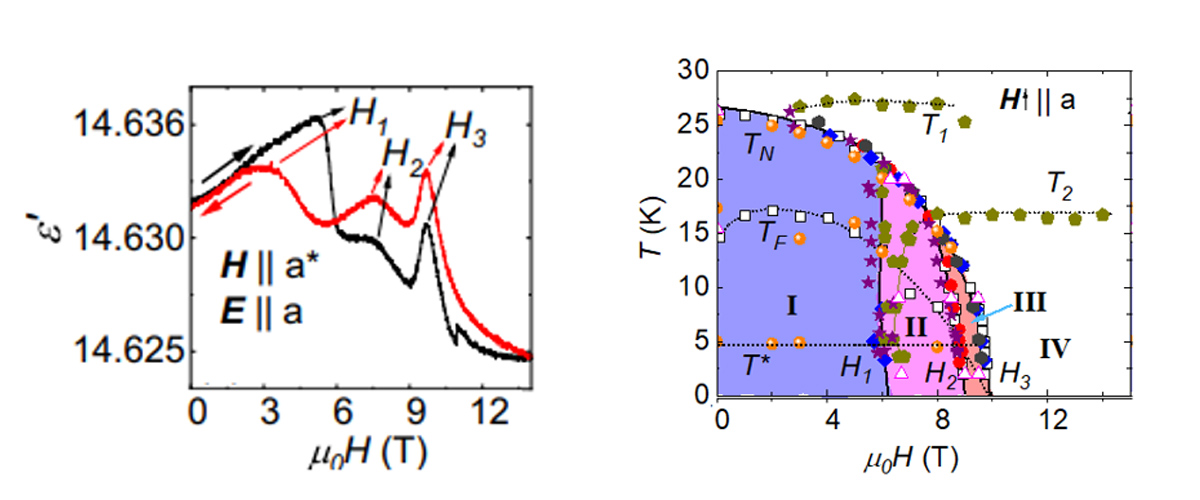
October 18, 2023
Scientists investigated a magnetic compound, identifying a possible spin liquid phase in a quantum material that may be a candidate for robust quantum…
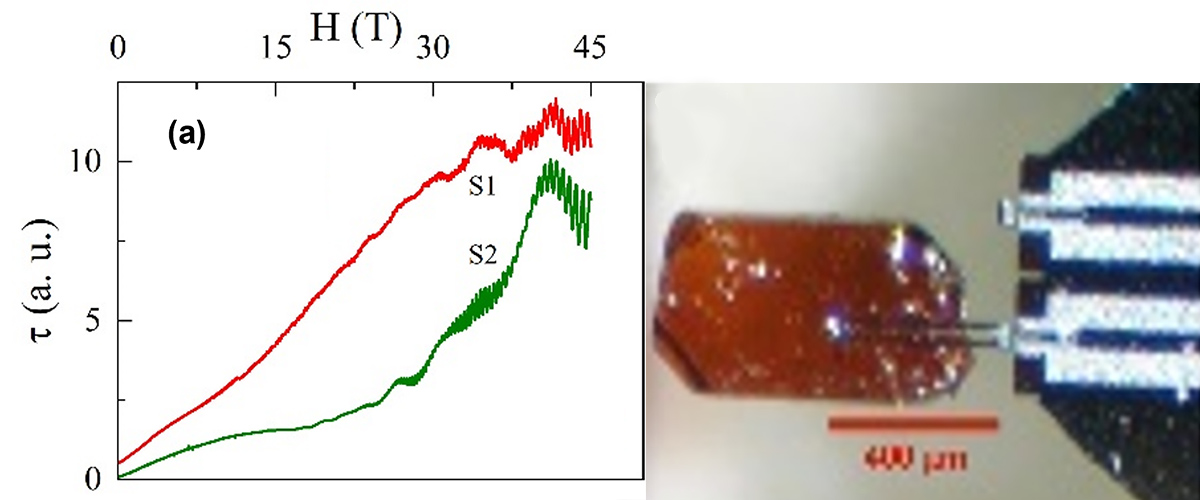
September 11, 2023
Kagome is the name given to the traditional Japanese star-like pattern to form baskets. The same geometric pattern can be found in the crystal structu…
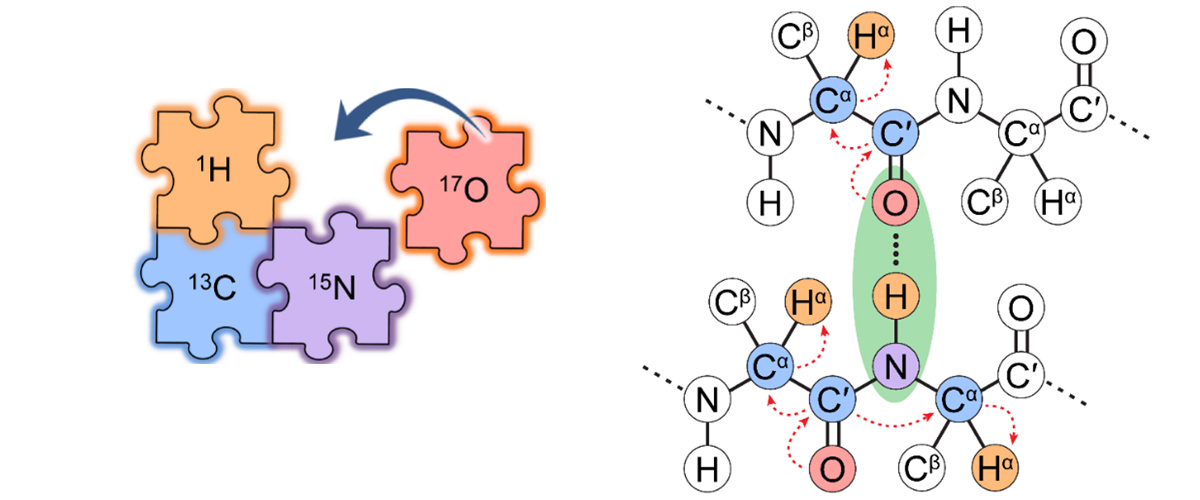
September 11, 2023
Combining high magnetic fields, specialized probes, and measurement techniques, this work adds the crucial 17O nucleus into the study of biomolecules …
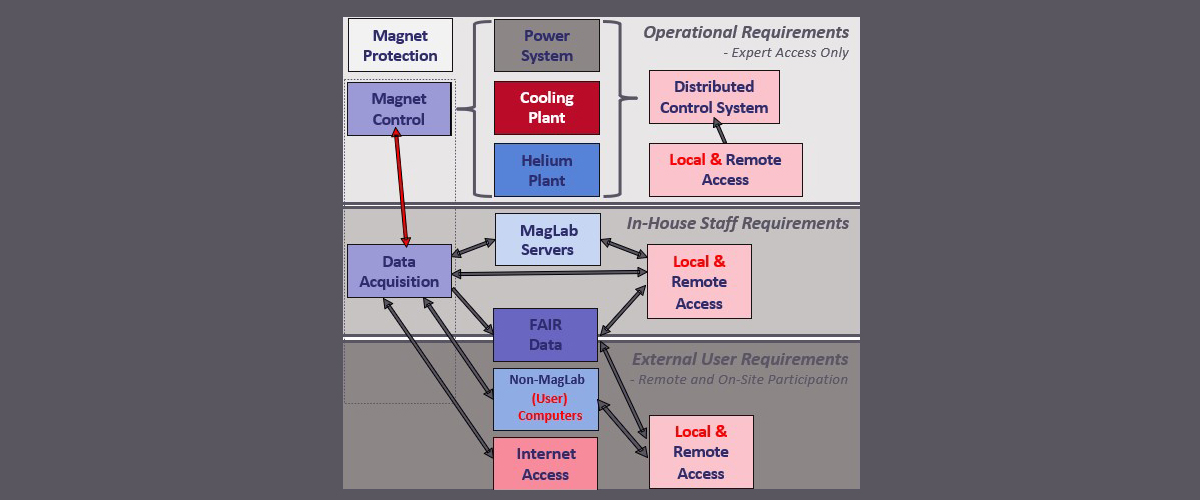
September 11, 2023
A specialized cybersecurity approach was developed to meet the needs of a user research facility.
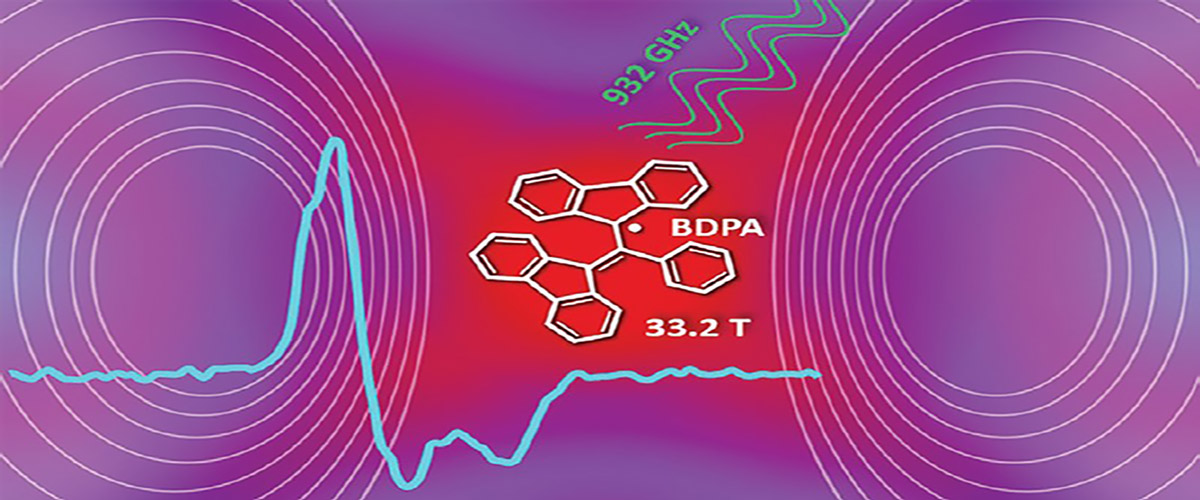
August 11, 2023
New instrumentation allows electron magnetic resonance experiments to be performed in the lab’s flagship 36 T Series-Connected Hybrid magnet, unlockin…
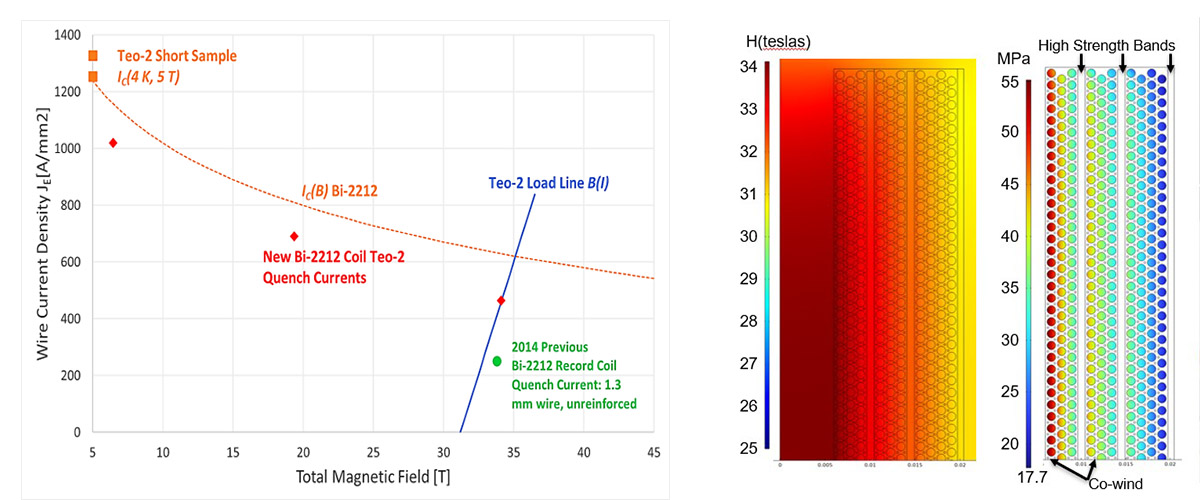
August 11, 2023
High magnetic fields are essential for many exciting scientific and industrial applications including next-generation MRI, particle accelerators, fusi…

August 11, 2023
The MagLab Mentoring Director was invited to serve as a facilitator for the 2023 Aspire Summer Institute, a workshop that trains faculty and leaders f…
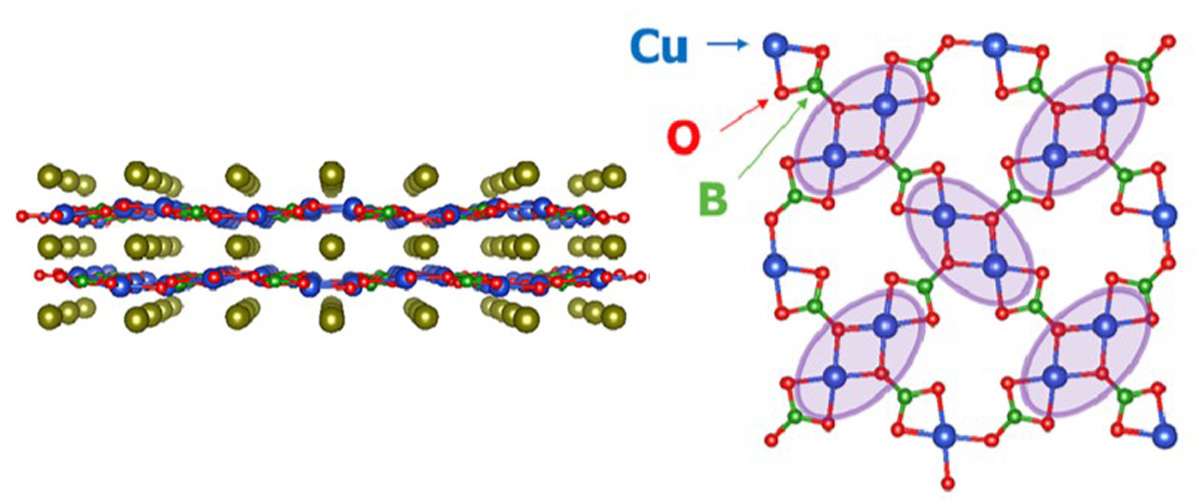
July 14, 2023
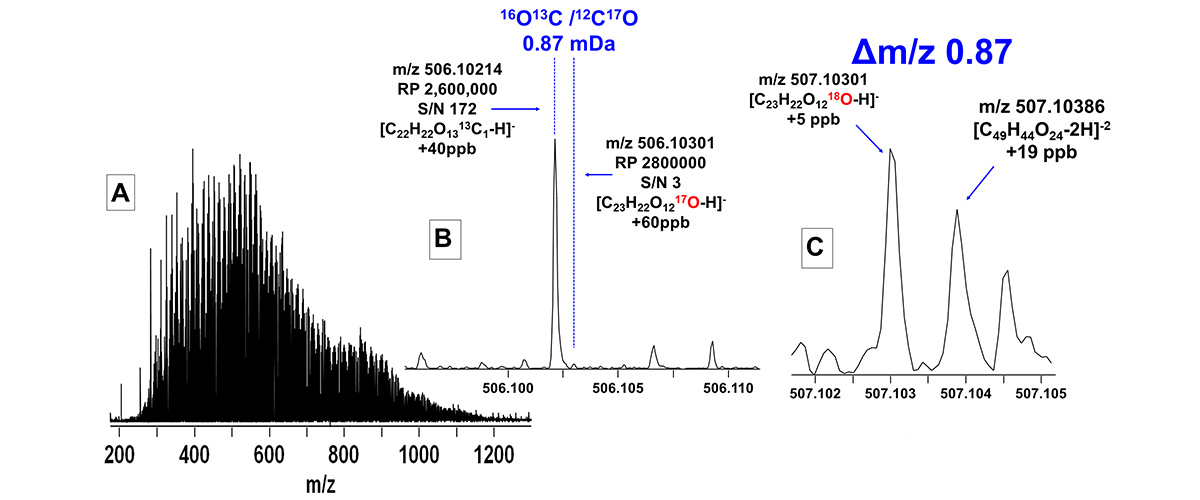
July 14, 2023
The 21 T FT-ICR mass spectrometer identified four times the number of species in natural organic matter than lower magnetic field systems, providing a…
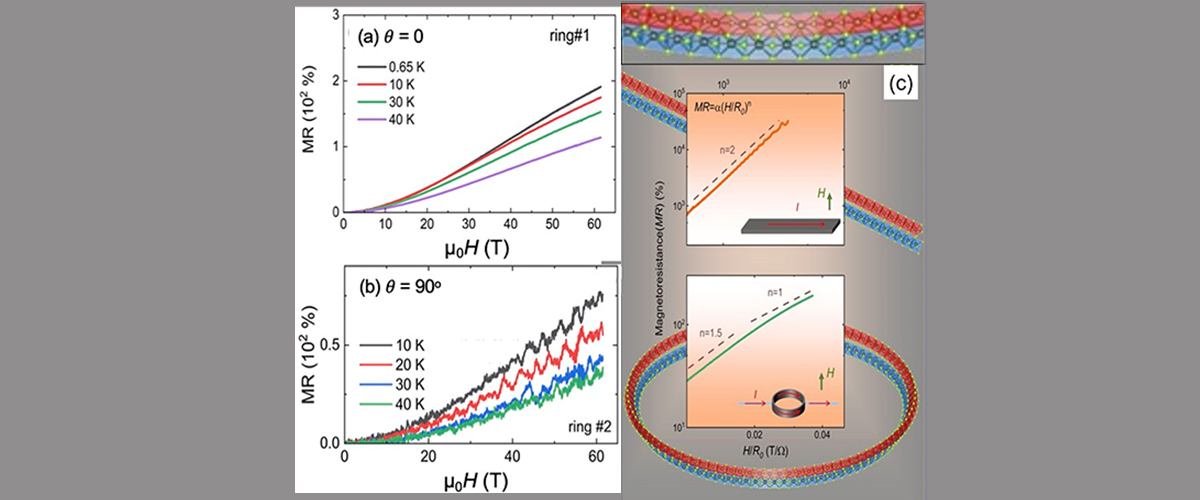
June 14, 2023
The electrical resistance of ring-shaped TaSe3 devices was measured in magnetic fields of up to 60 T and at temperatures down to 0.6 K. High-field exp…
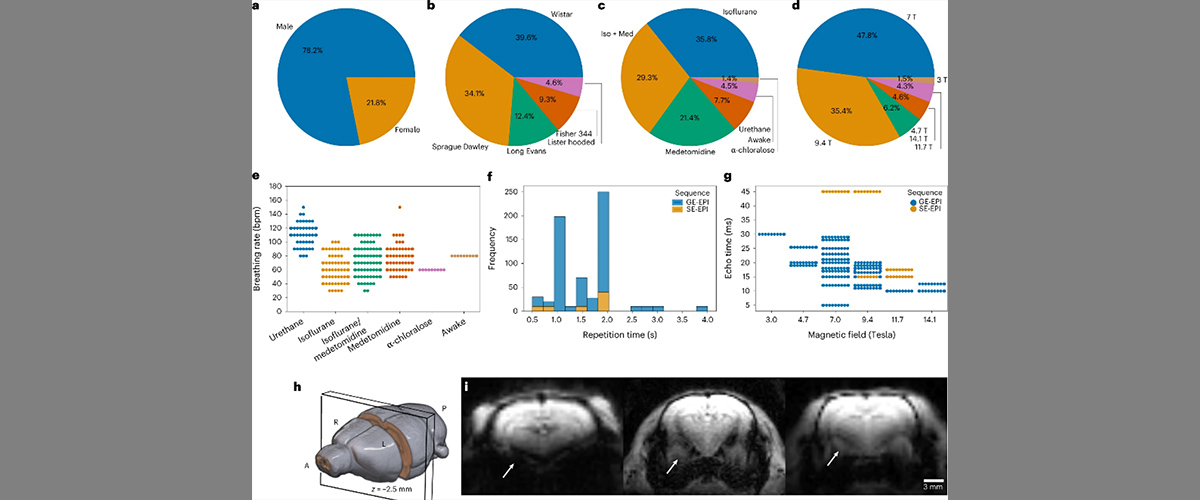
June 14, 2023
Datasets of rat brain imaging can be difficult to compare due to the different conditions used to collect them. The Advanced Magnetic Resonance Imagin…
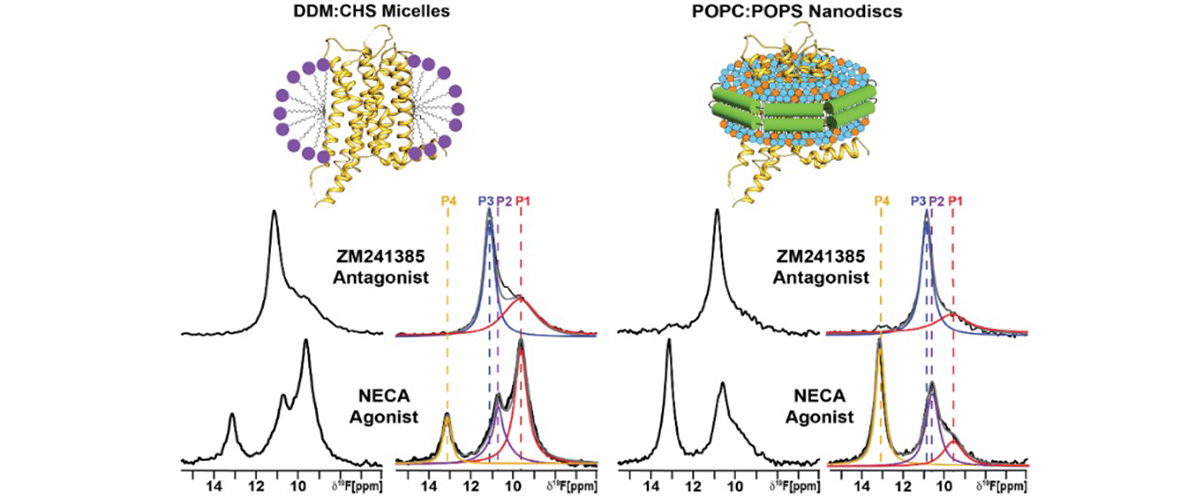
May 24, 2023
Special protein-coupled receptors play a role in nearly all physiological responses and are targets for more than 1/3 of all FDA-approved drugs. State…
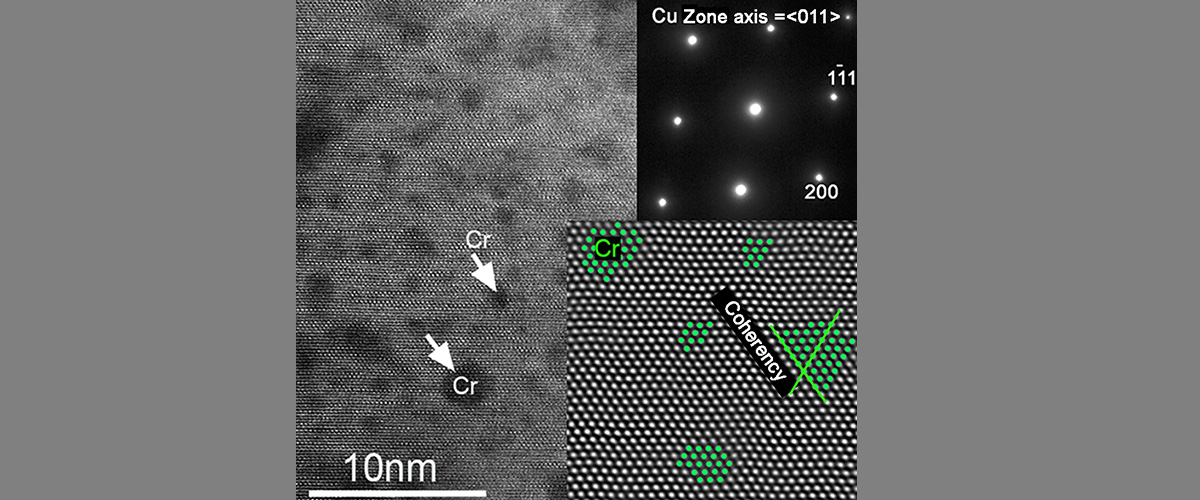
May 24, 2023
MagLab researchers developed a way to make a Copper-Chromium-Zirconium conductor for pulsed magnets that has tiny particles evenly distributed through…

May 24, 2023
A MagLab educational researcher was presented The National Association for Research in Science Teaching (NARST) 2023 Research Worth Reading award. Thi…
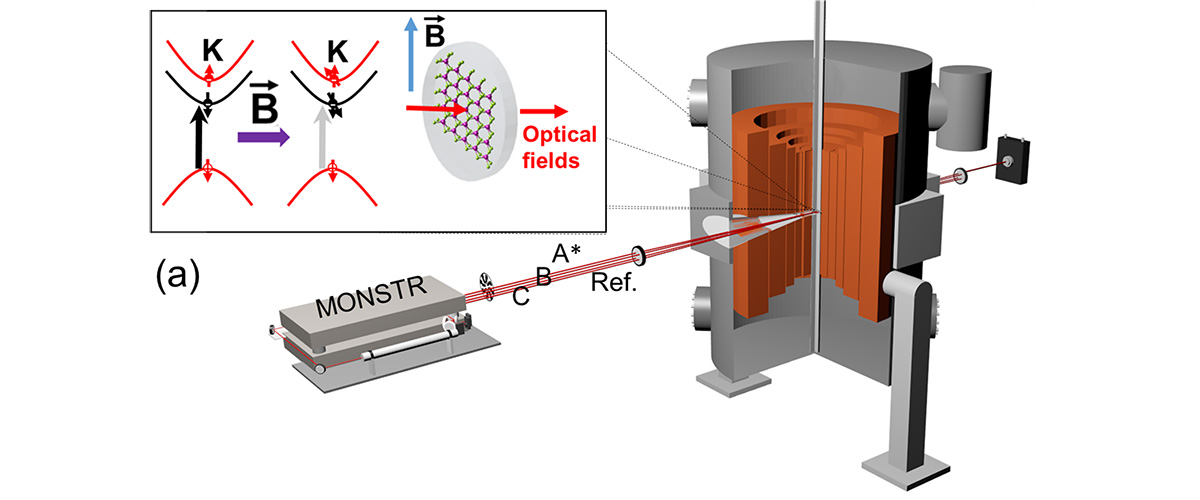
April 24, 2023
Probing one of the prominent classes of atomically-thin materials, the transition metal dichalcogenides, researchers found that while dark excitons ar…
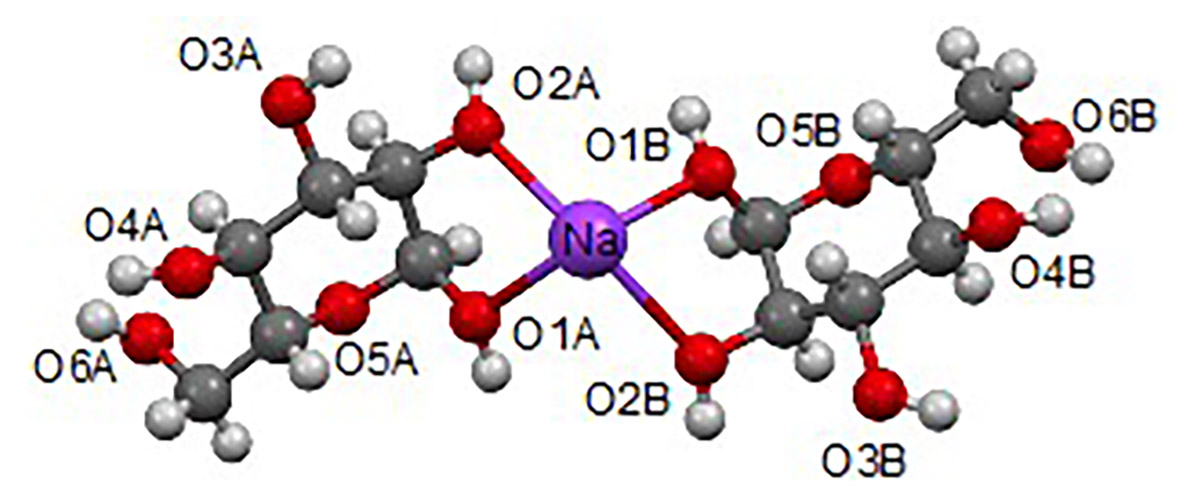
April 24, 2023
Chemists are rarely able to use oxygen NMR to determine molecular structures, since 17O is an extremely challenging nucleus to observe. This work prov…
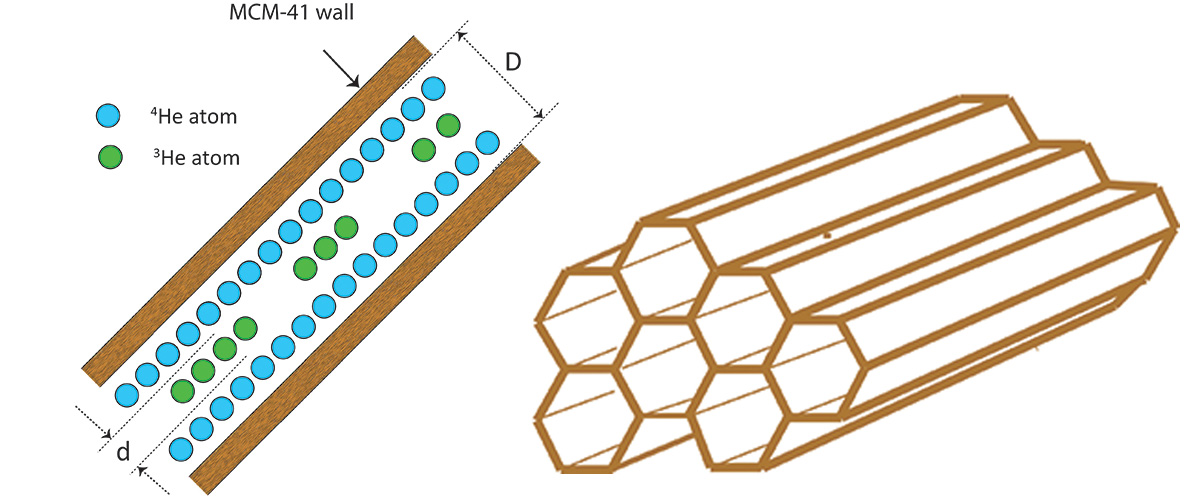
March 13, 2023
Using the NMR techniques and ultra-low temperature facilities at the MagLab, atoms of a pure isotope of helium showed experimental signs of the Luttin…
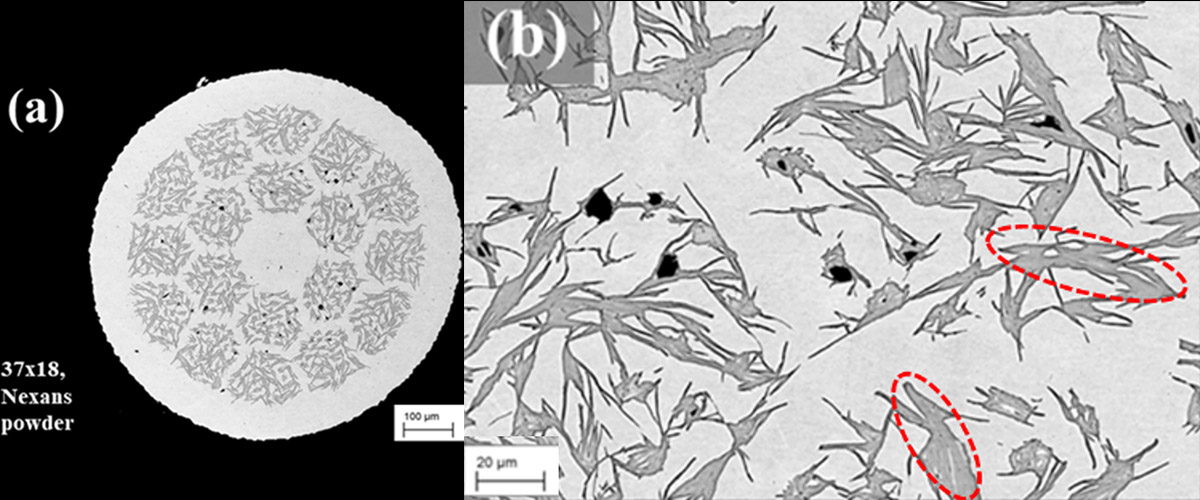
March 13, 2023
New work on round wires made with Bi-2212, a superconducting material, feature efficiency and performance that could enable the next generation of pow…
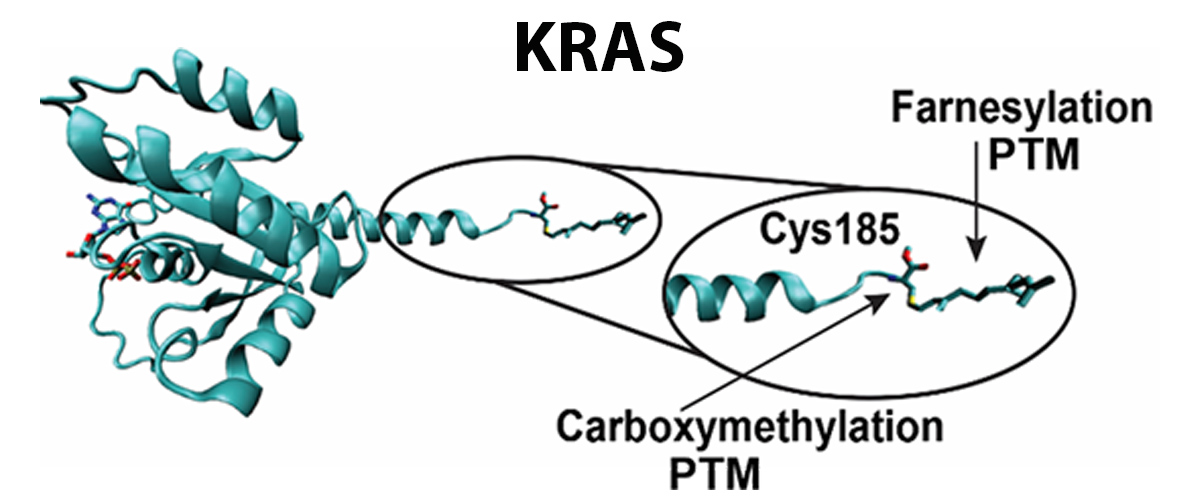
February 17, 2023
Researchers used the MagLab to produce the first clarified map of KRAS proteins in colon cancer tumors. Twenty-eight additional forms of the KRAS prot…
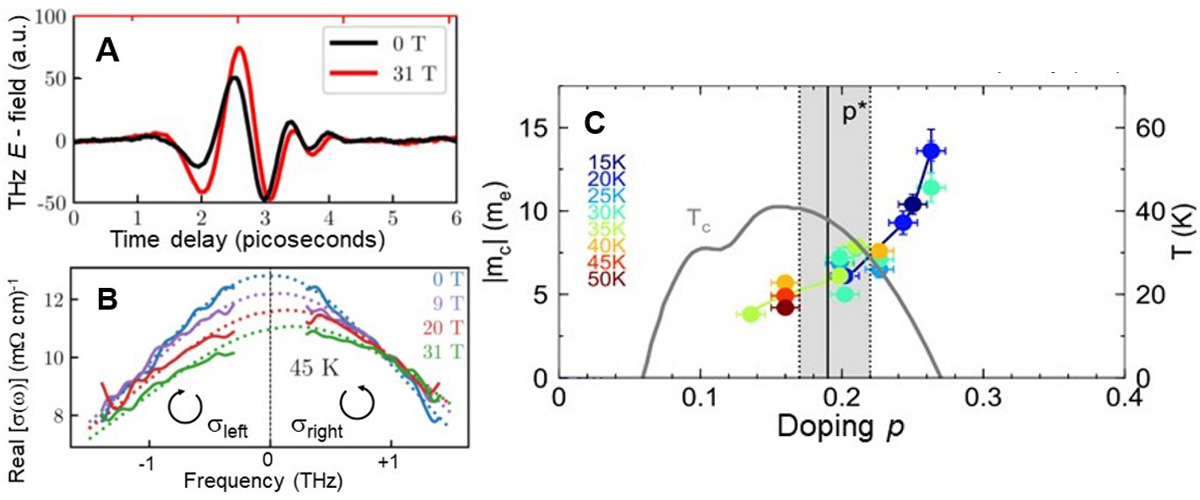
February 17, 2023
Using pulses of far-infrared light and large magnetic fields, we directly measured the cyclotron resonance of charge carriers in a high-temperature su…
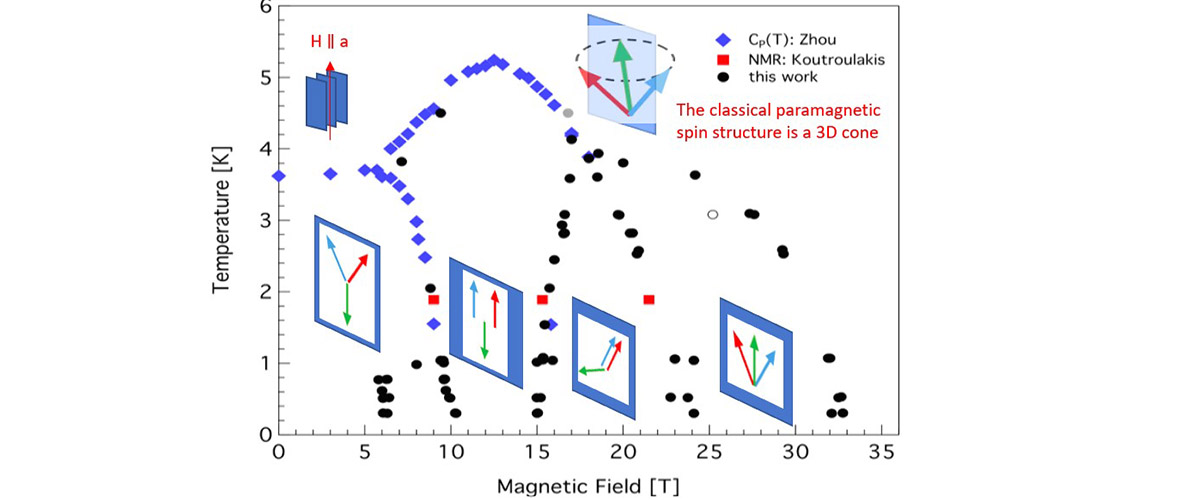
January 23, 2023
Using high magnetic fields and low temperatures, scientists were able to observe a complex set of quantum fluctuations in a Barium, Cobalt, Antimony a…
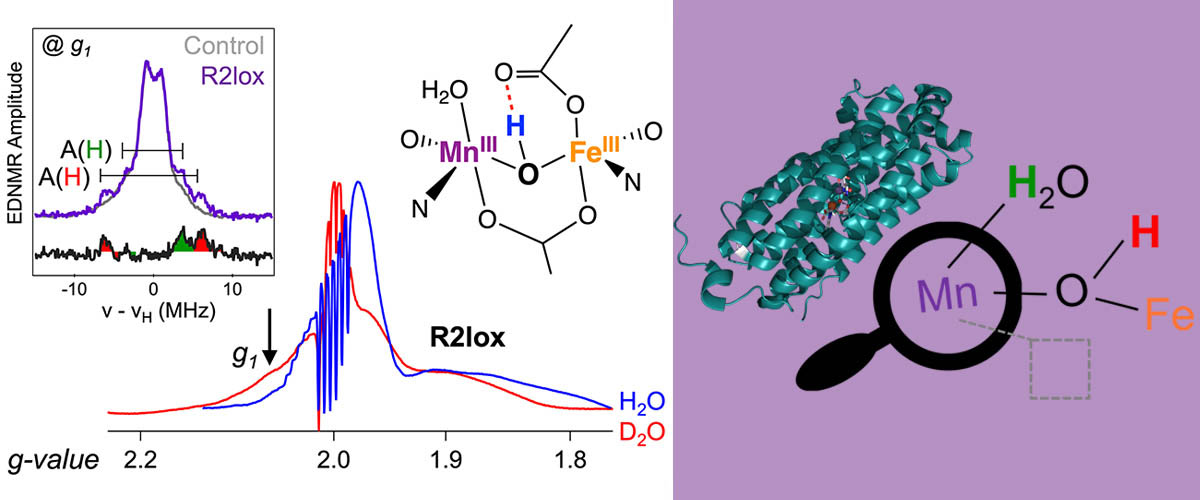
January 23, 2023
High-magnetic-field time-resolved electron magnetic resonance was used to probe the unusual manganese/iron complex that is believed to play a role in …
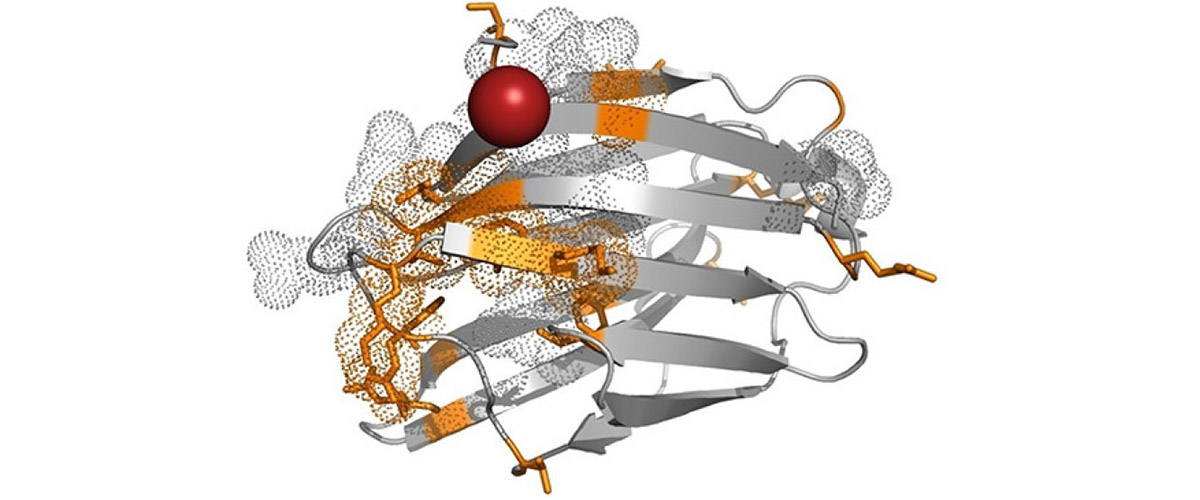
December 12, 2022
Using NMR, researchers determined a molecular model of a protein-polymer conjugate, providing new insights into how polymers can be used to make prote…
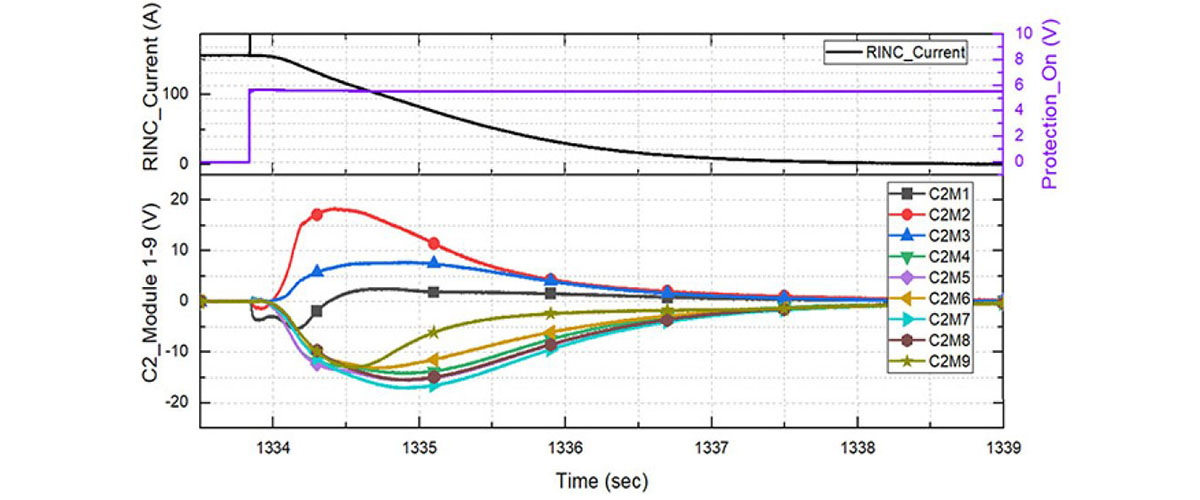
December 12, 2022
A 19 T high-field magnet made with REBCO high-temperature superconductor, but without electrical insulation, was tested to see if it is a viable desig…
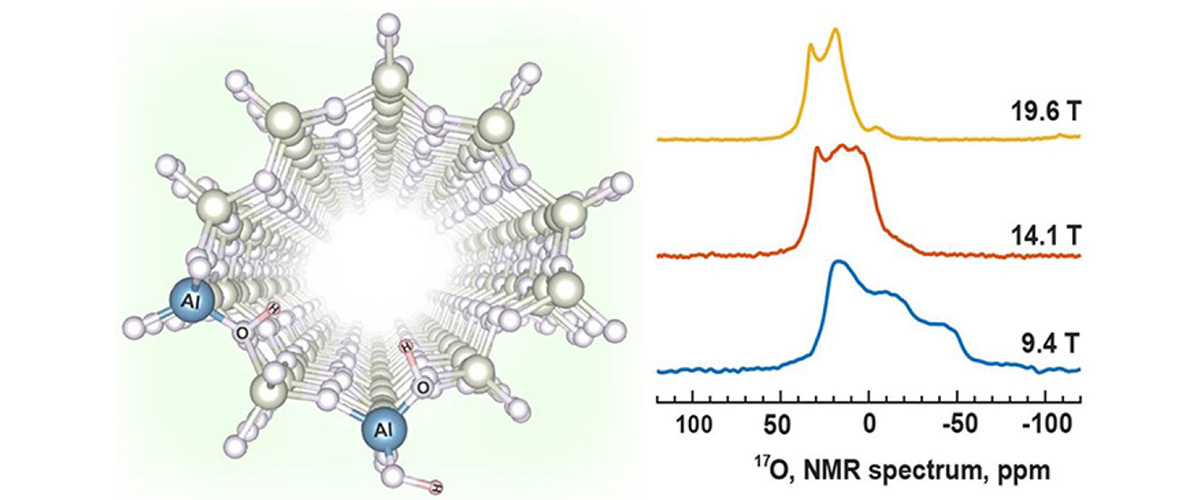
November 14, 2022
Zeolite catalysts are critical to generating the molecules that provide the building blocks of society’s energy and materials needs. Discerning a clea…
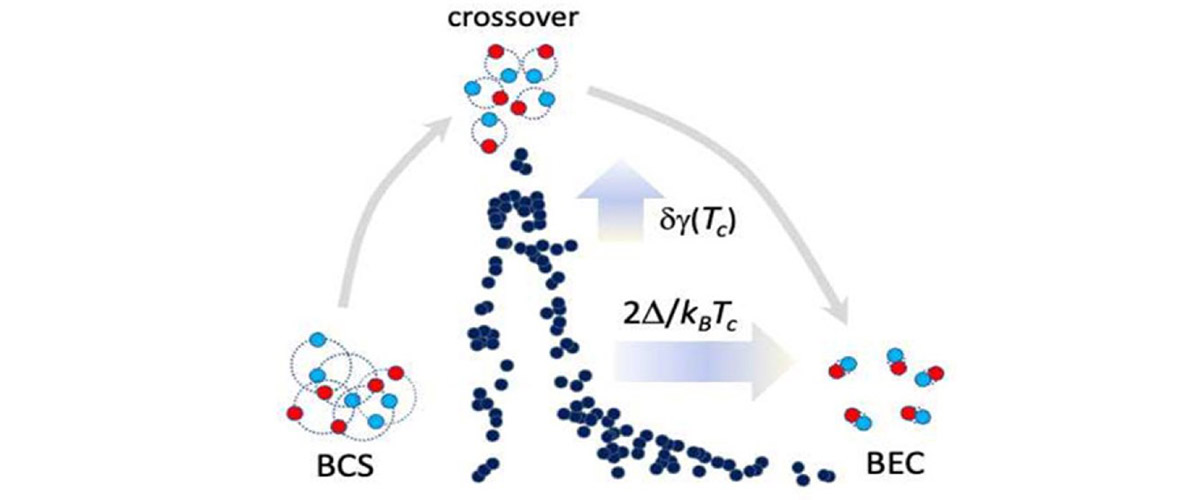
November 14, 2022
A defining experimental signature of a crossover in the strength of the pairing interactions from the weak coupling BCS to the strong coupling Bose-Ei…
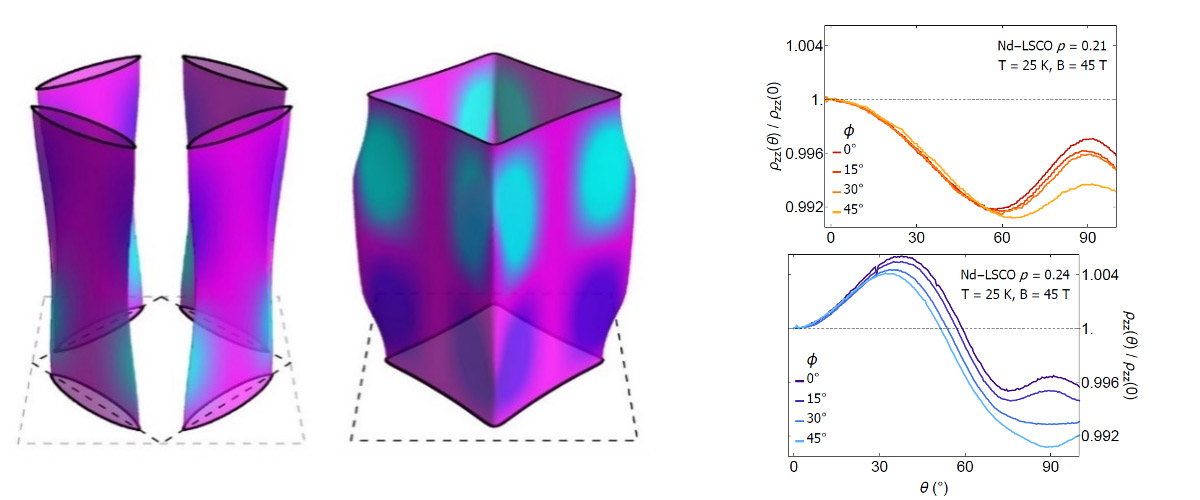
October 18, 2022
In high-temperature superconductors, a region exists between the superconducting and normal states known as the pseudogap state. Using the 45T hybrid …
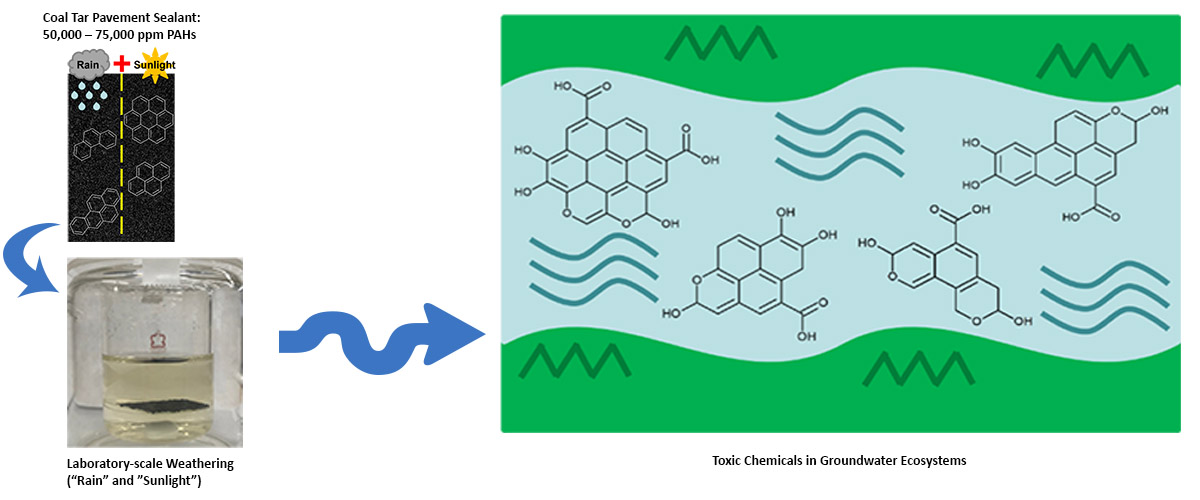
October 18, 2022
New research shows that high concentrations of polycyclic aromatic hydrocarbons (PAHs) found in coal tar pavement sealants are oxidized into toxic, wa…
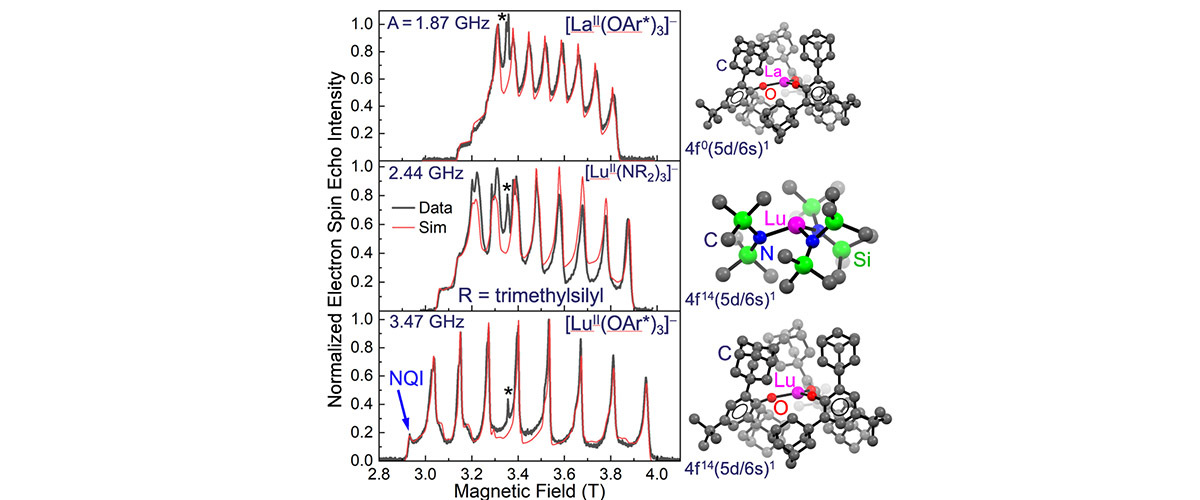
September 12, 2022
Electron spin coherence was enhanced through engineering of so-called clock transitions in molecular magnets, an advance in quantum computing strategi…
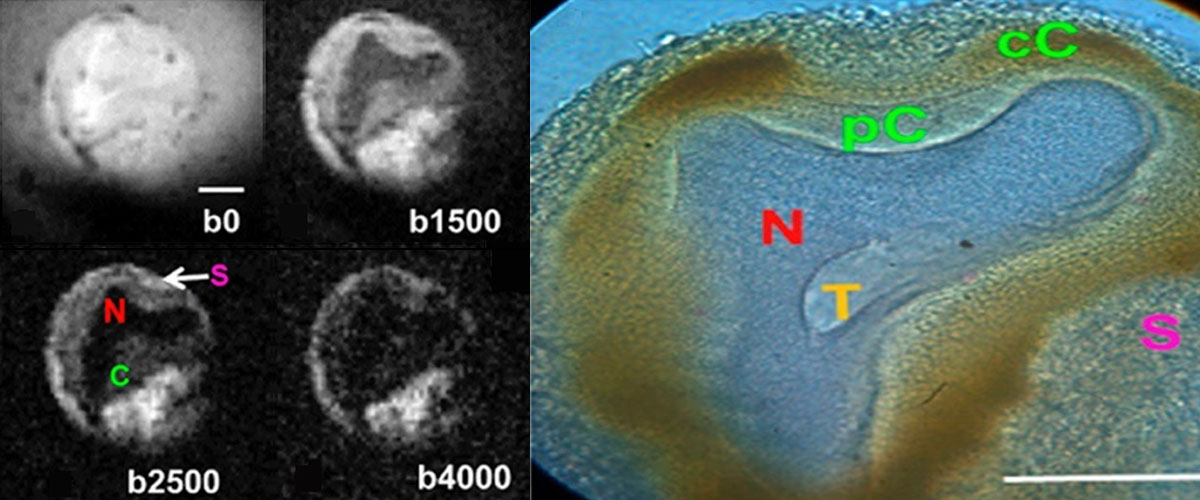
September 12, 2022
MRI scans taken after a stroke show brightness around the injury, the origins of which have been a long-standing and vexatious mystery for scientists.…
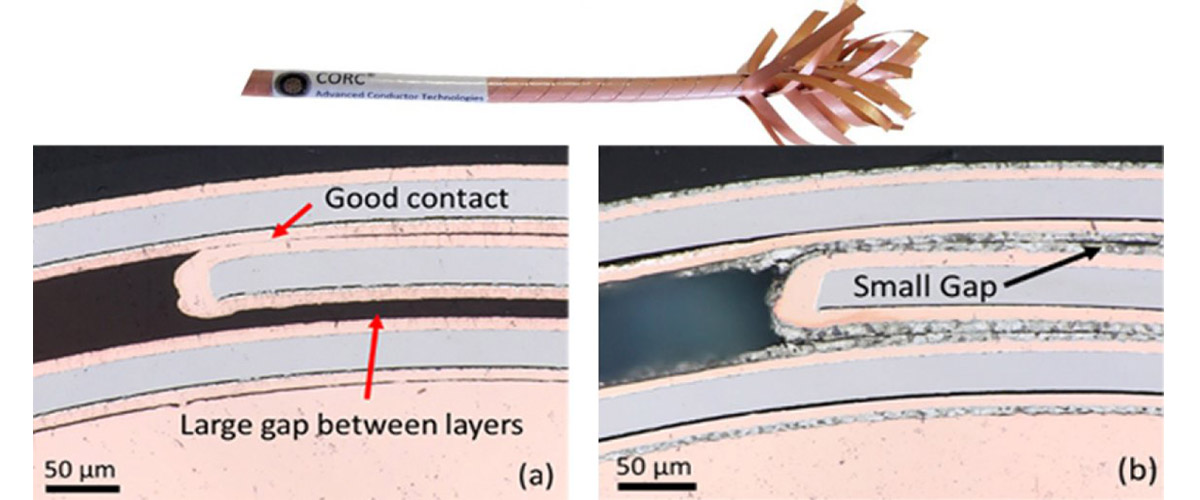
September 12, 2022
Large superconducting magnets need multi-conductor cables, which act like multi-lane freeways to allow electricity to switch lanes if one gets blocked…
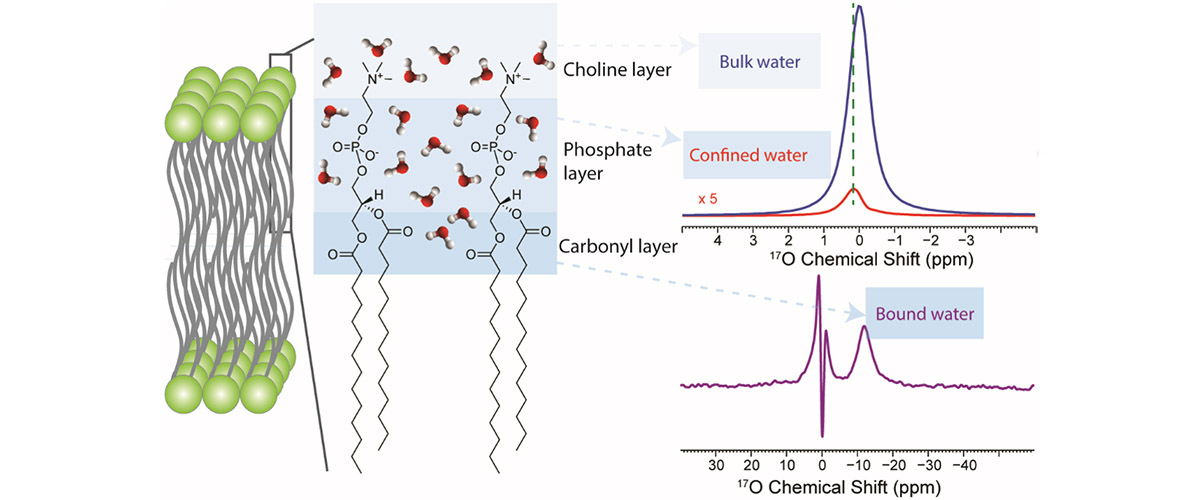
August 15, 2022
A new 17O solid-state NMR technique, employed on the highest-field NMR spectrometer in the world (the 36 T Series Connected Hybrid), identifies water …
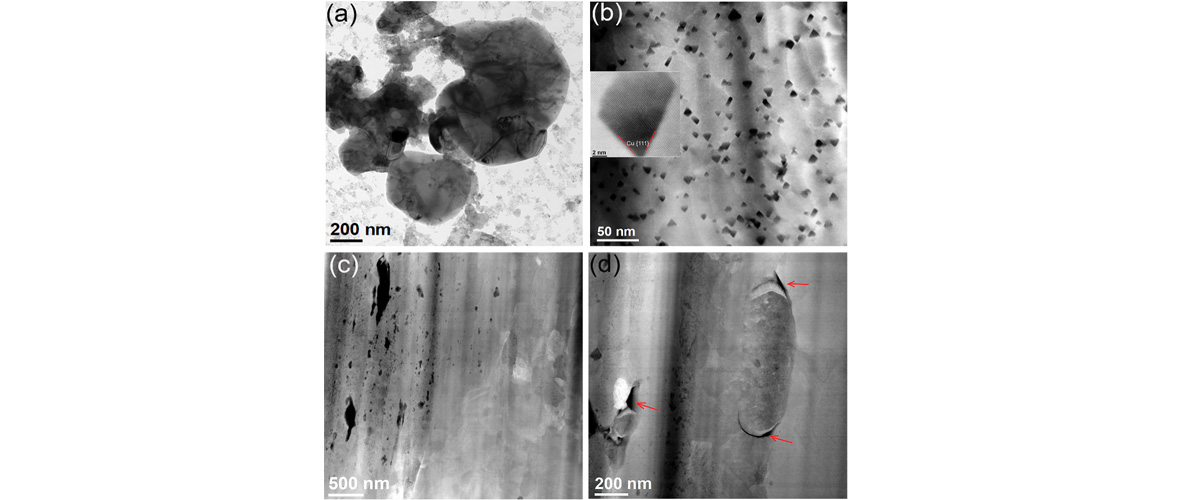
August 15, 2022
The MagLab's ultrahigh-field pulsed magnets require materials with both high mechanical strength and high electrical conductivity. One of these materi…
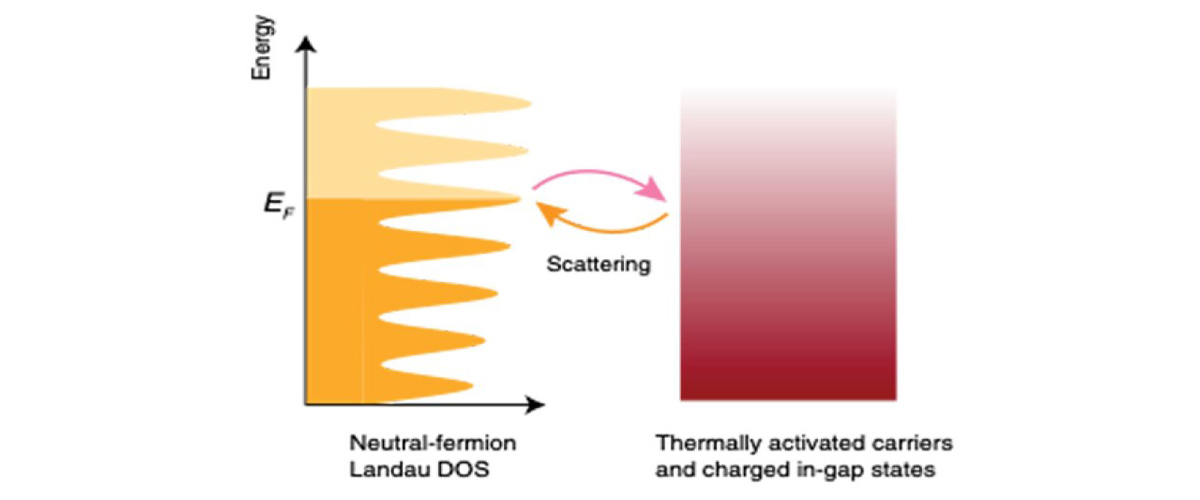
July 18, 2022
Three complementary measurements in intense magnetic fields shed light on a very unusual material that behaves like a metal, but does not conduct elec…

July 18, 2022
Using the world's most powerful mass spectrometer, scientists have developed a new method to profile complex PFAS mixtures at the molecular level, fac…
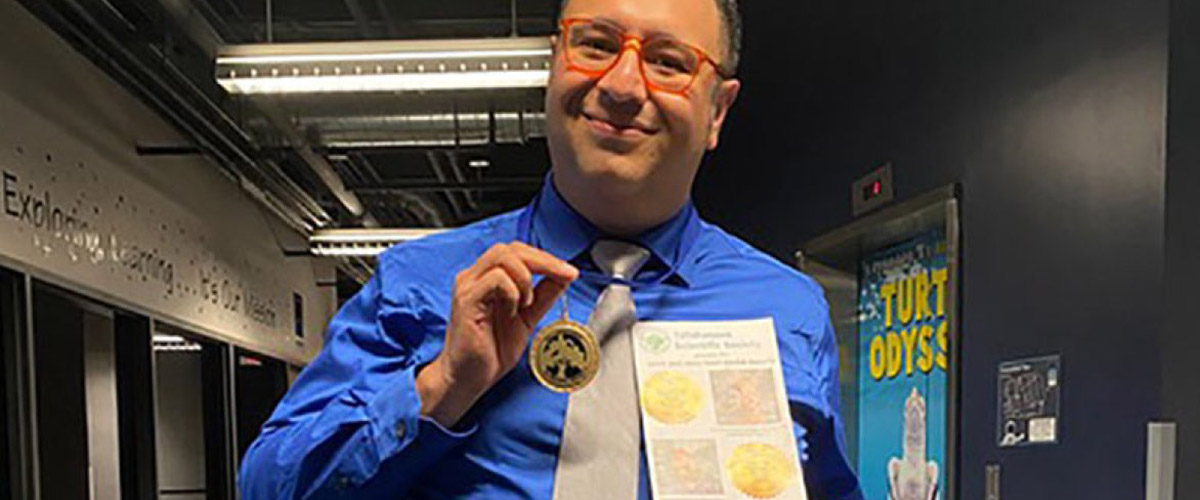
June 21, 2022
MagLab K-12 educator Carlos R. Villa is awarded Gold Medal from Tallahassee Scientific Society.
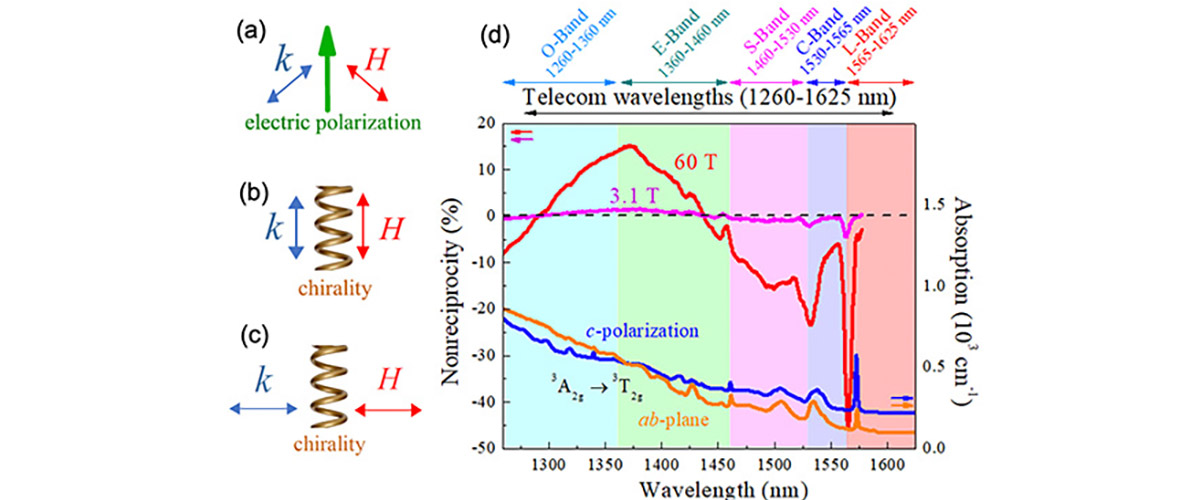
June 17, 2022
Generally, light transmission is symmetrical - it's the same if you shine a light through a material forward or backwards. Using powerful pulsed field…
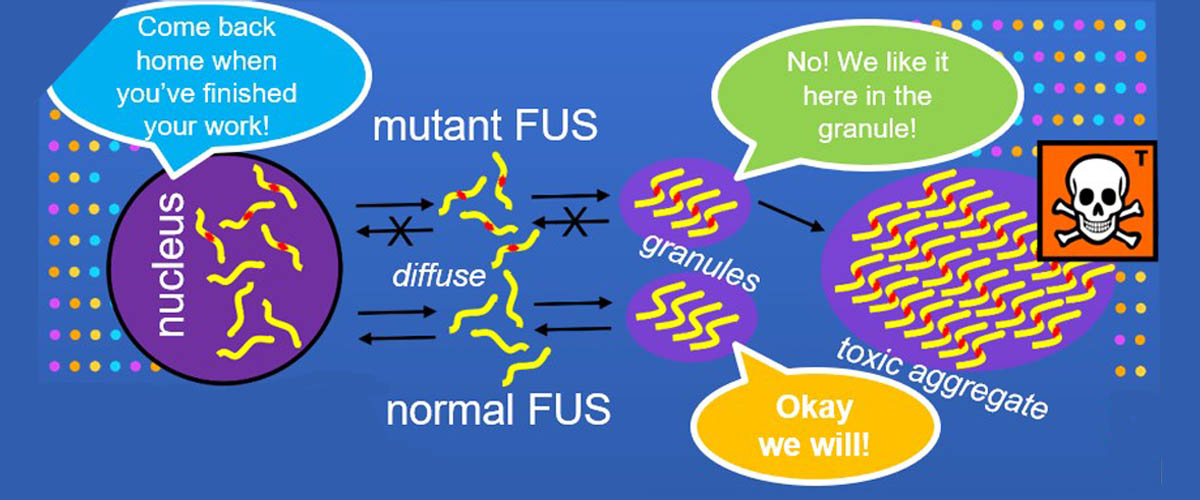
June 17, 2022
Evolutionary biologists reused FAIR data generated at the MagLab's NMR facility to model an RNA-binding protein in mammals dating back 160 million yea…
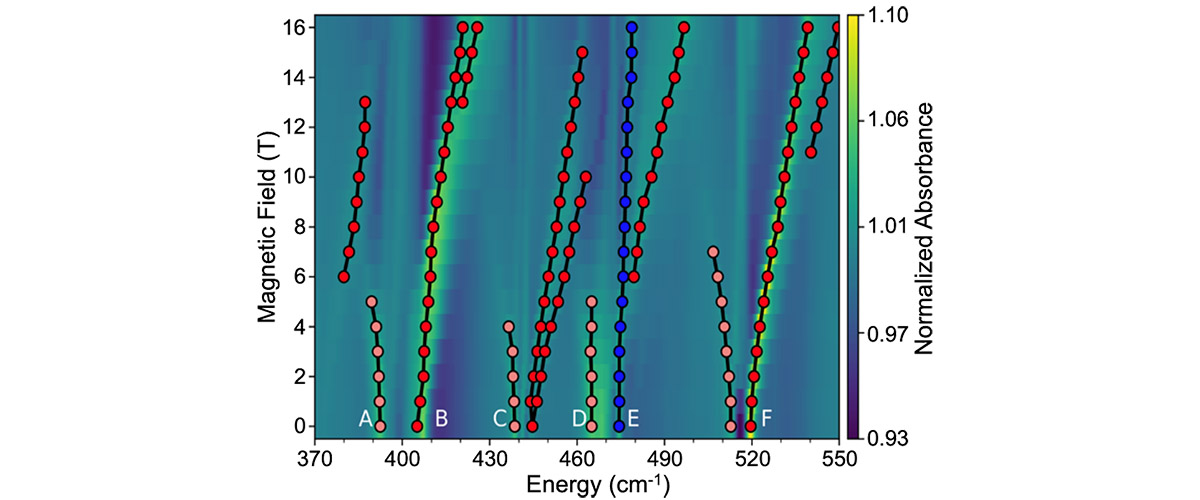
May 16, 2022
Using far-infared magnetospectroscopy in high magnetic fields, scientists probed coupled electronic and vibrational modes in a molecular magnet that a…
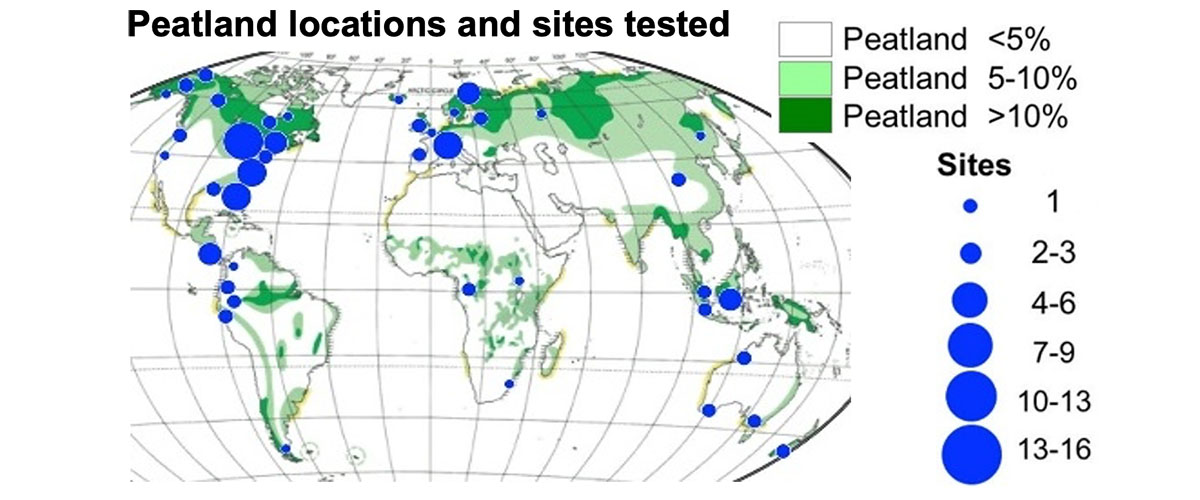
May 16, 2022
Understanding the organic composition of peat wetland soils can determine whether the carbon sources may be converted into carbon dioxide gas, work th…
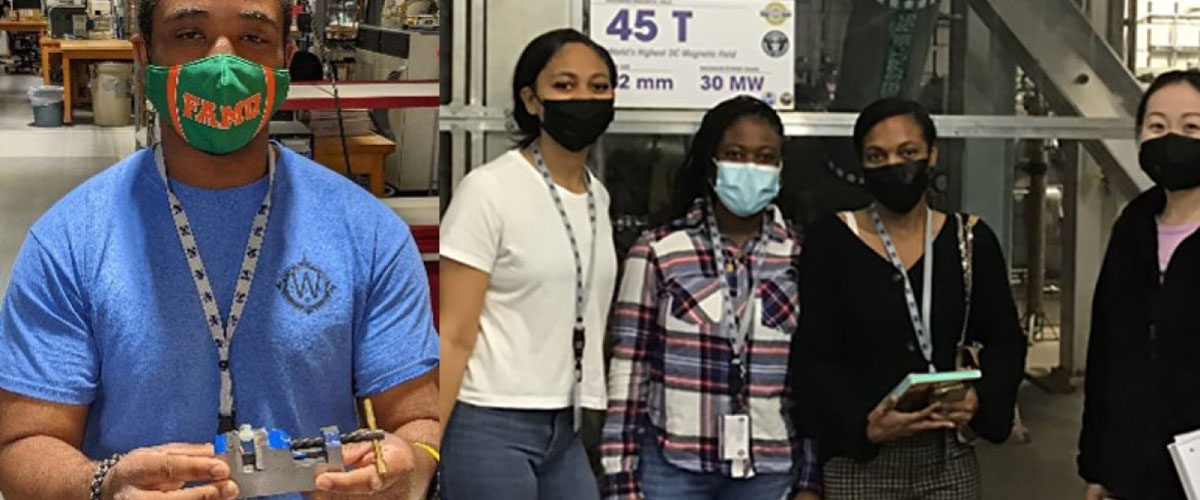
May 16, 2022
This new MagLab program pairs Florida A&M University undergraduate students with MagLab STEM mentors for a rotational internship experience that e…
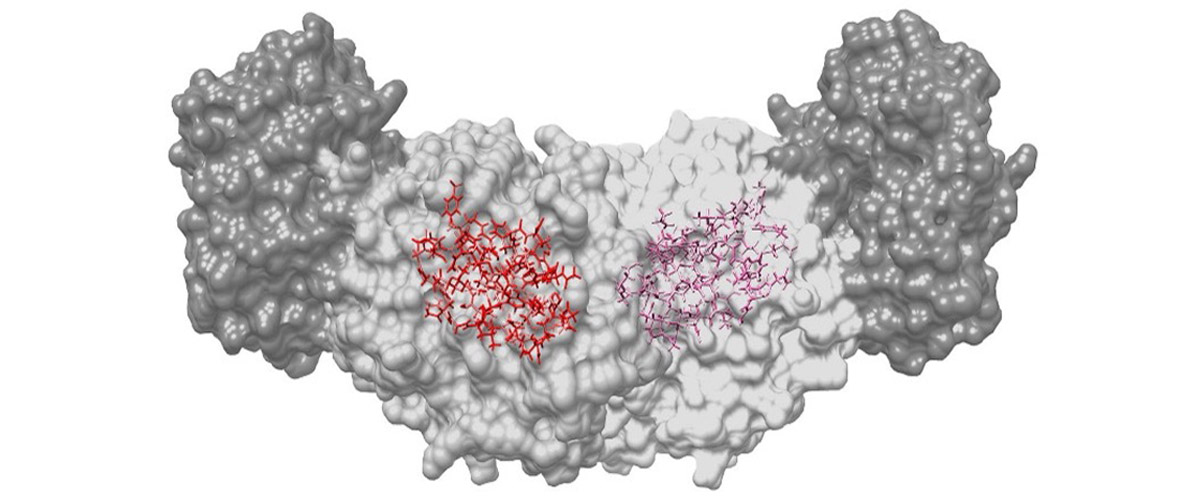
April 19, 2022
This new technique for mapping out atom placements in the active site of enzymes could unlock the potential for finding new therapeutics.

April 19, 2022
The start of a sustainable business model for manufacturing advanced superconductors was established by a panel of industry leaders, university facult…
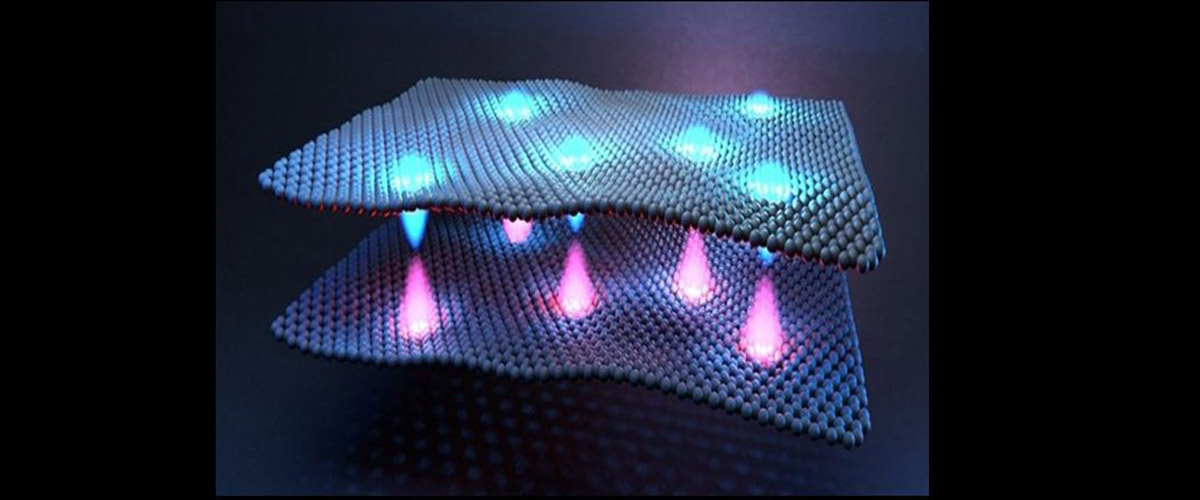
March 11, 2022
Theory predicted that the transition between the superconducting and superfluid regimes should be continuous for electrons and holes in solid material…
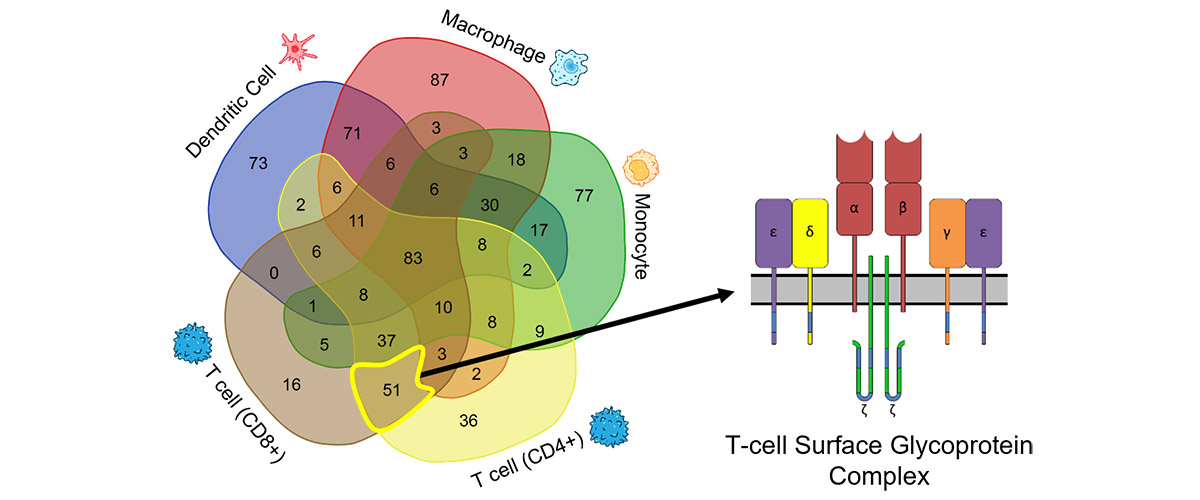
March 11, 2022
A new Blood Proteoform Atlas maps 30,000 unique proteoforms as they appear in 21 different cell types found in human blood. The MagLab's 21 tesla FT-I…
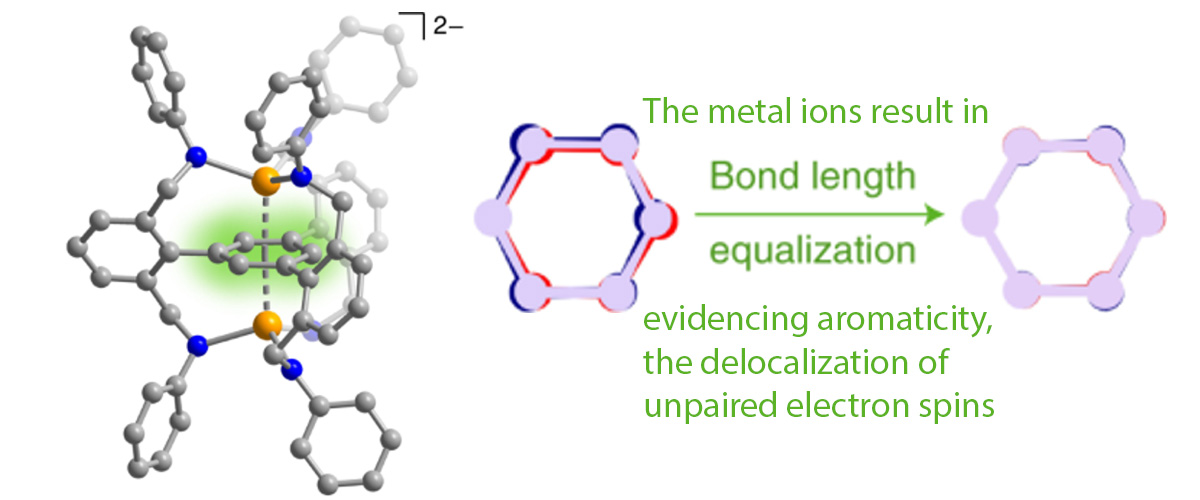
February 09, 2022
High-magnetic-field, high-frequency electron paramagnetic resonance demonstrates how coordination chemistry can be leveraged to stabilize a desired el…
February 09, 2022
A new class of correlated quasiparticle states discovered in a multi-valley semiconductor using optical absorption measurements in pulsed magnetic fie…
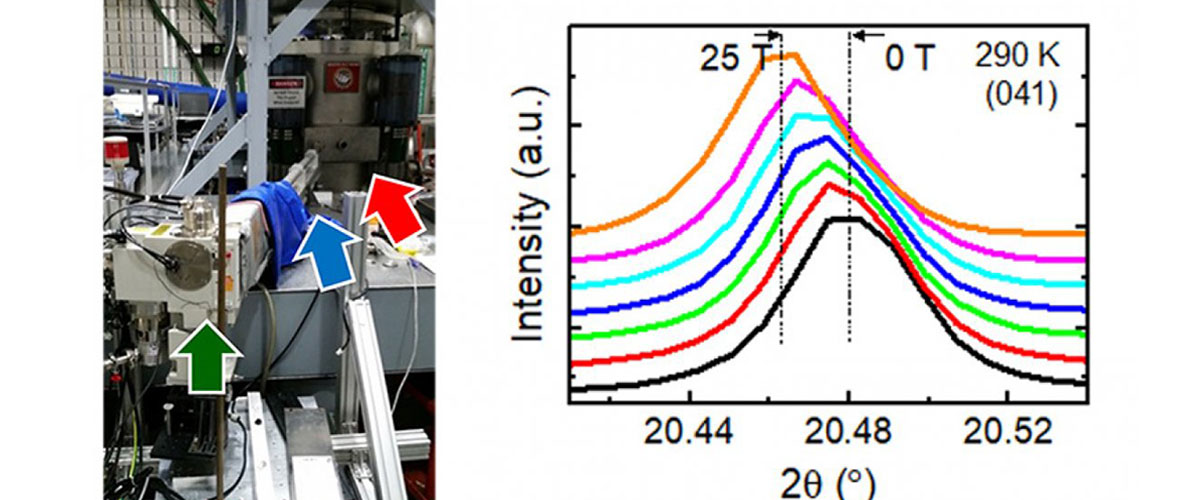
January 25, 2022
Using X-ray diffraction, scientists can now detect atoms themselves moving further apart or closer together in high magnetic fields, giving science a …
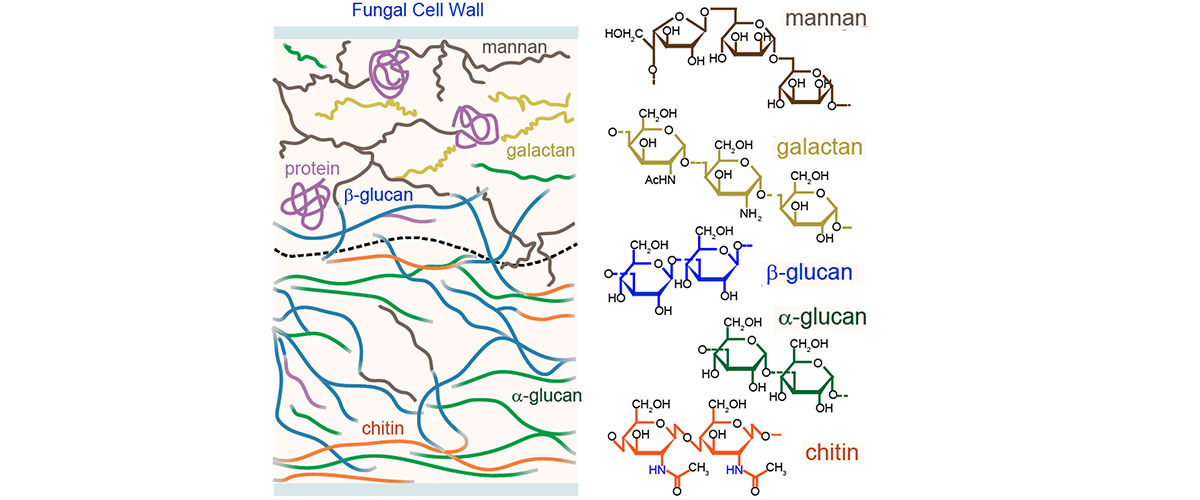
January 25, 2022
Scientists have used high-field nuclear magnetic resonance (NMR) to reveal how fungal pathogens use carbohydrates and proteins to build their cell wal…
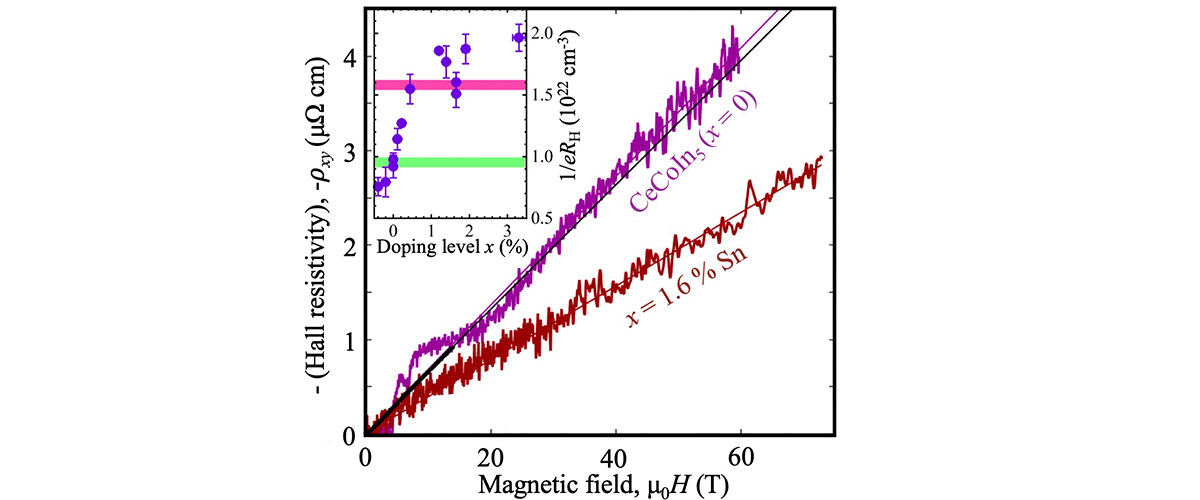
December 13, 2021
In everyday life, phase transitions - like when water boils and turns into steam or freezes and becomes ice - are caused by changes in temperature. H…
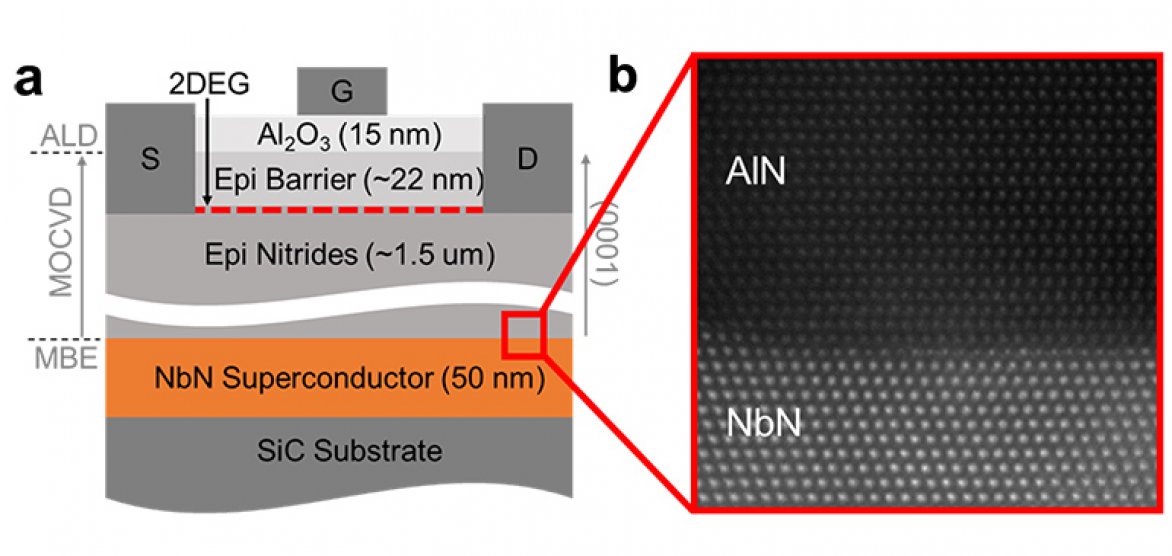
November 22, 2021
Gallium nitride (GaN) and Niobium nitride (NbN) are widely used in today's technologies: GaN is used to make blue LEDs and high-frequency transistors …
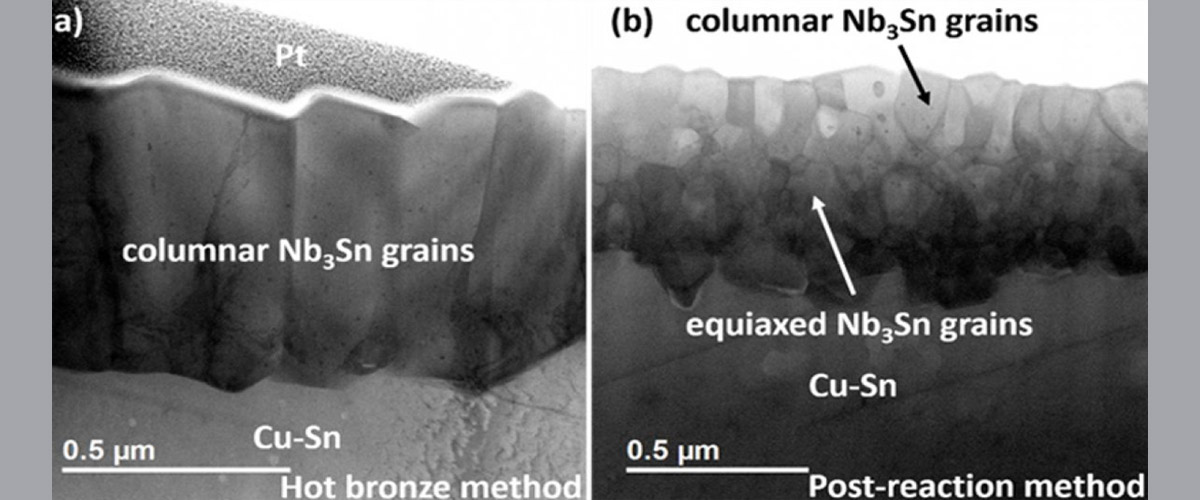
November 22, 2021
A new "hot bronze" thin film growth recipe was developed to produce high quality superconducting Niobium-Tin (Nb3Sn) films that are easier to fabricat…
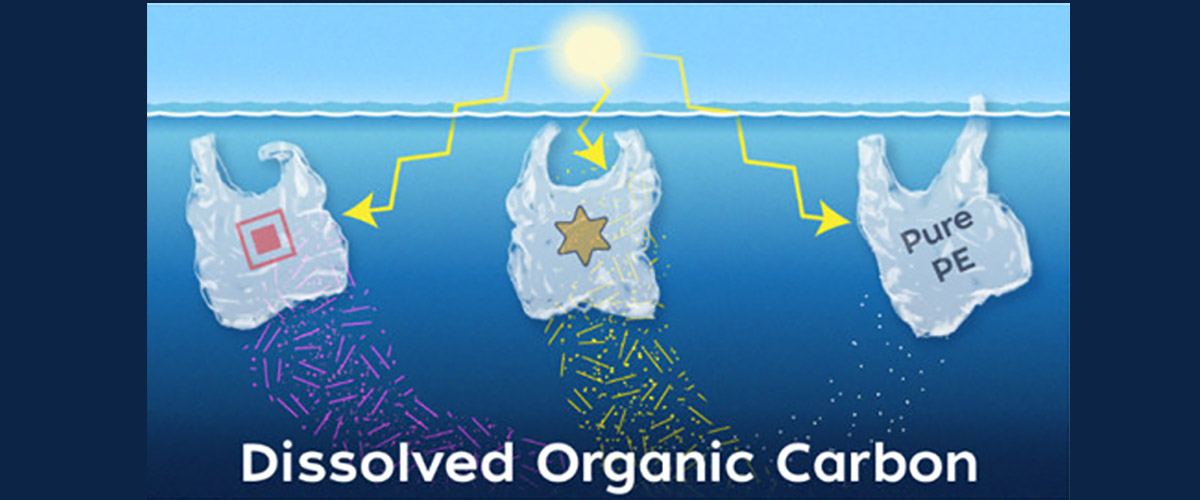
October 25, 2021
Sunlight can chemically transform plastics from consumer plastic bags into complex chemical mixtures that leach into the ocean. Understanding the impa…
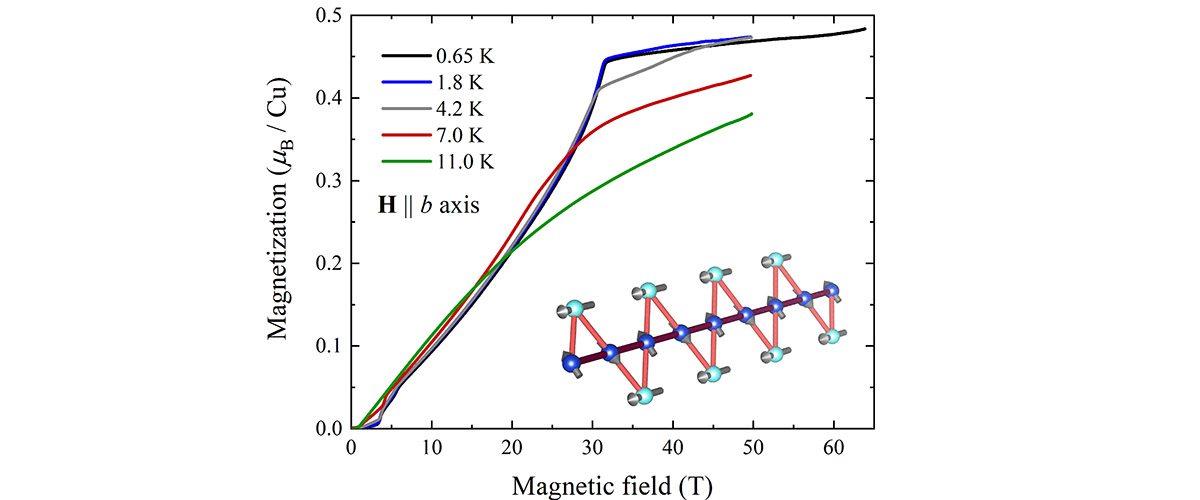
October 25, 2021
Scientists at the Pulsed Field Facility recently found that applying an intense magnetic field to the mineral atacamite (a "frustrated" quantum magnet…
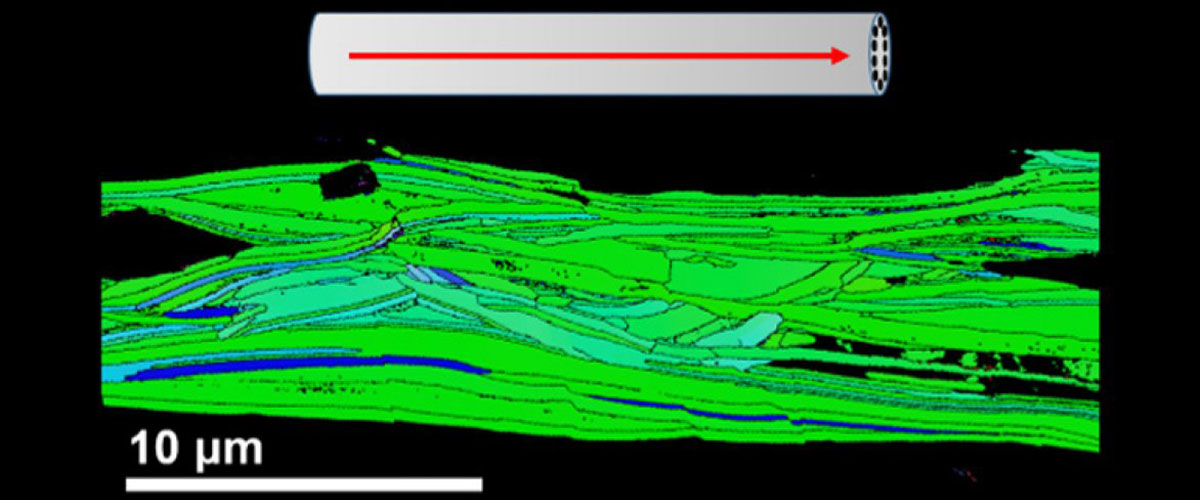
October 25, 2021
Researchers studied the mechanics of supercurrent flow in state-of-the-art Bi-2212 superconducting round wires and learned that the microstructure of …
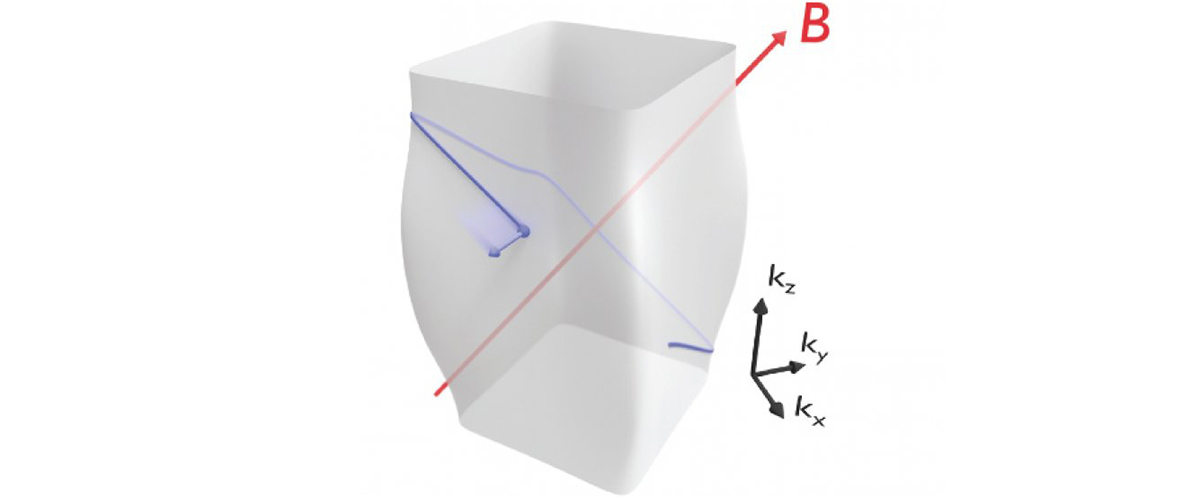
September 22, 2021
Electrons in metals behave like chaotic bumper cars, crashing into each other at every opportunity. While they may be reckless drivers, this result de…
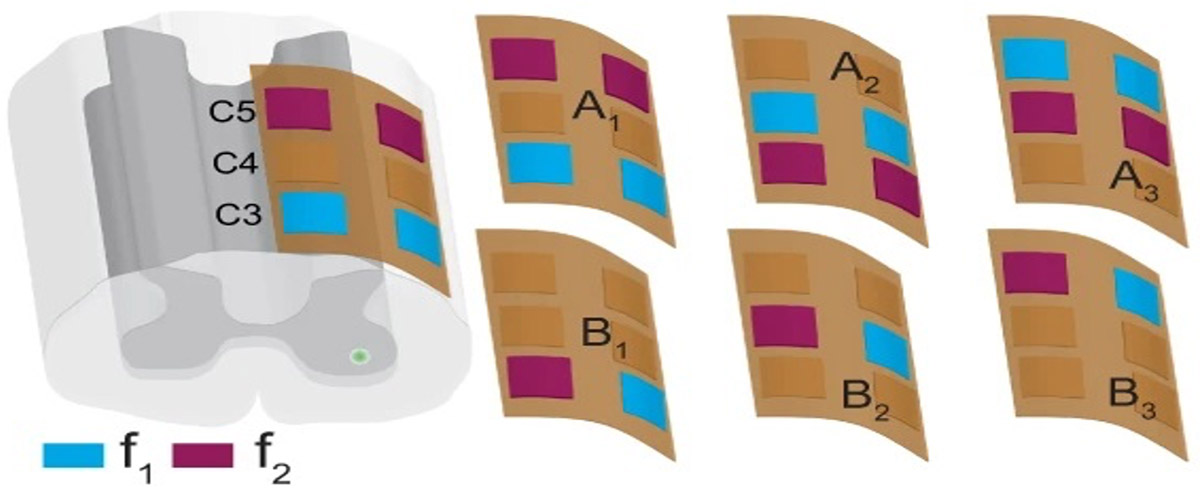
September 22, 2021
Respiratory insufficiency is a leading cause of death due to drug overdose or spinal cord injuries. The diaphragm can be stimulated using temporal int…
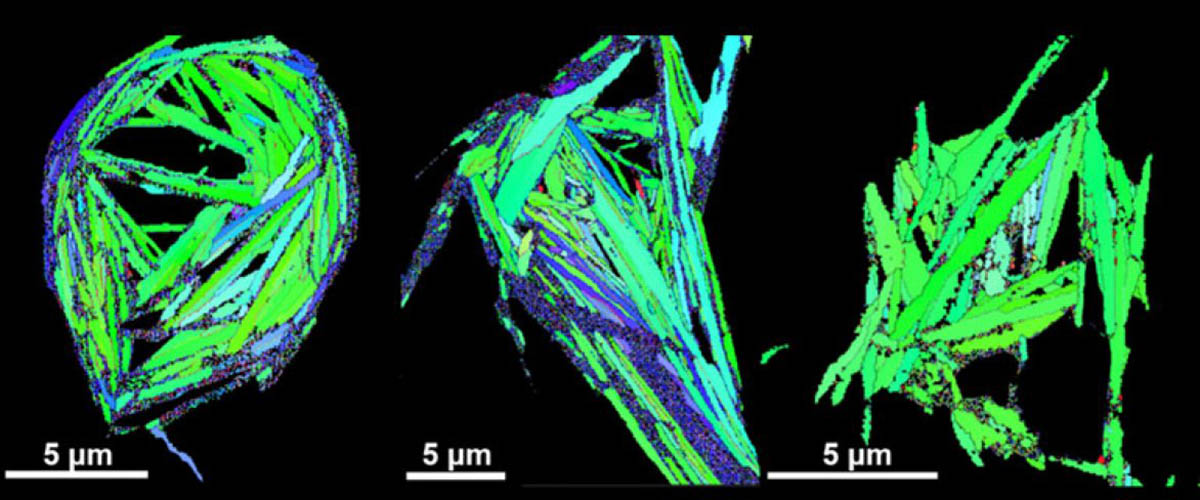
September 22, 2021
Researchers working to push the high temperature superconducting material (Bi-2212) to the forefront of superconducting magnet technology have used no…
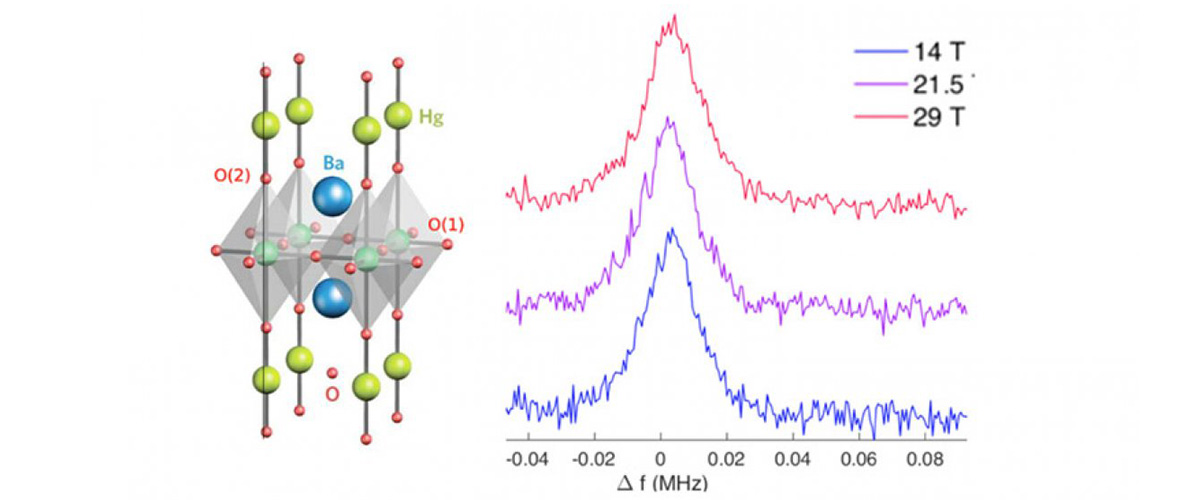
August 20, 2021
The MagLab's 32 T all-superconducting magnet is now serving users at full field. An early experiment in the magnet identified an important milestone o…
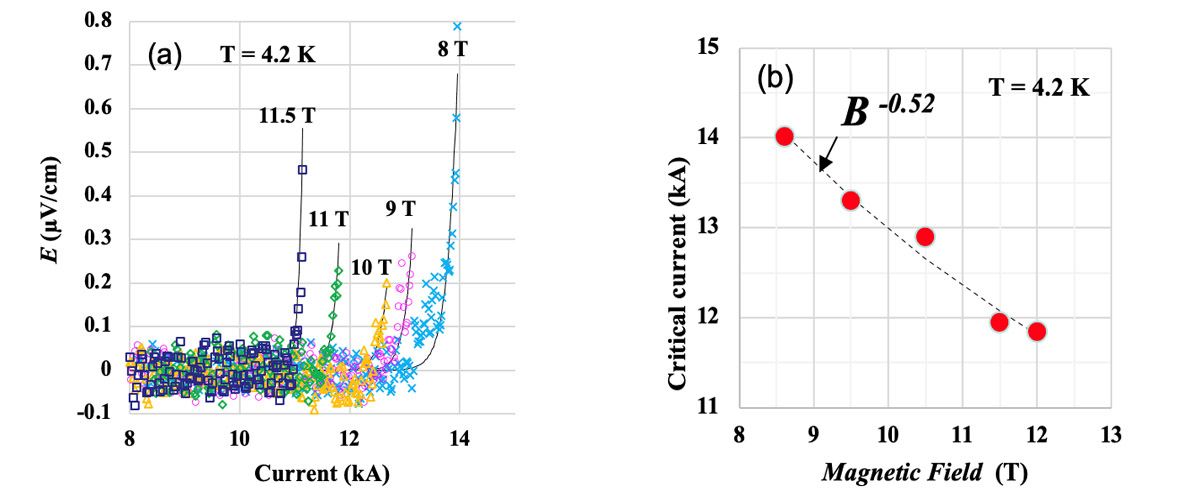
August 20, 2021
A new device enables the testing of superconducting cables to high current without the high helium consumption associated with traditional current lea…
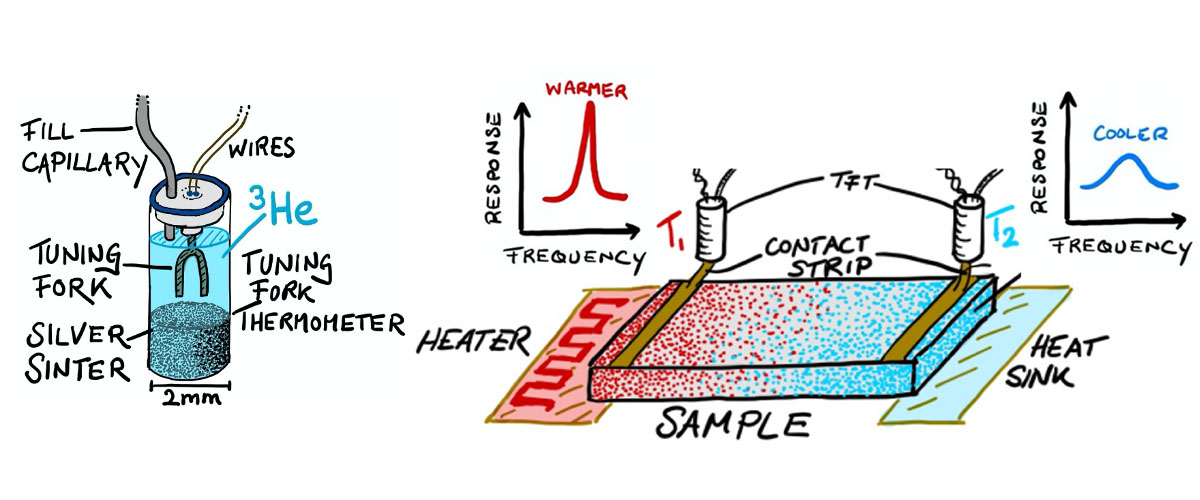
July 22, 2021
This highlight focuses on the development of new thermometry required to study quantum materials and phenomena in high magnetic fields and at ultralow…
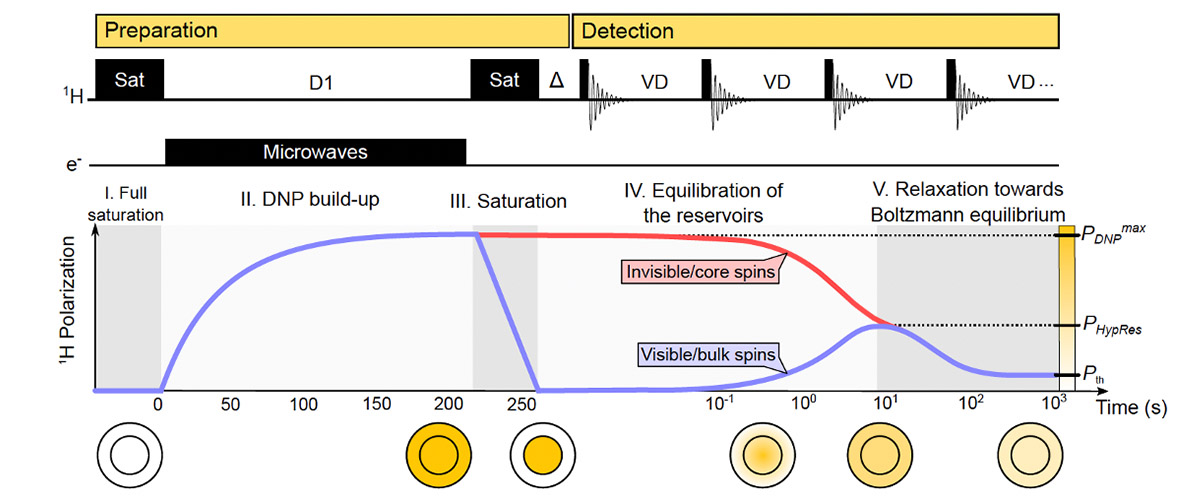
July 22, 2021
A new method to study how the nuclei of atoms “communicate” with one another in the presence of unpaired electron spins has been developed at the MagL…
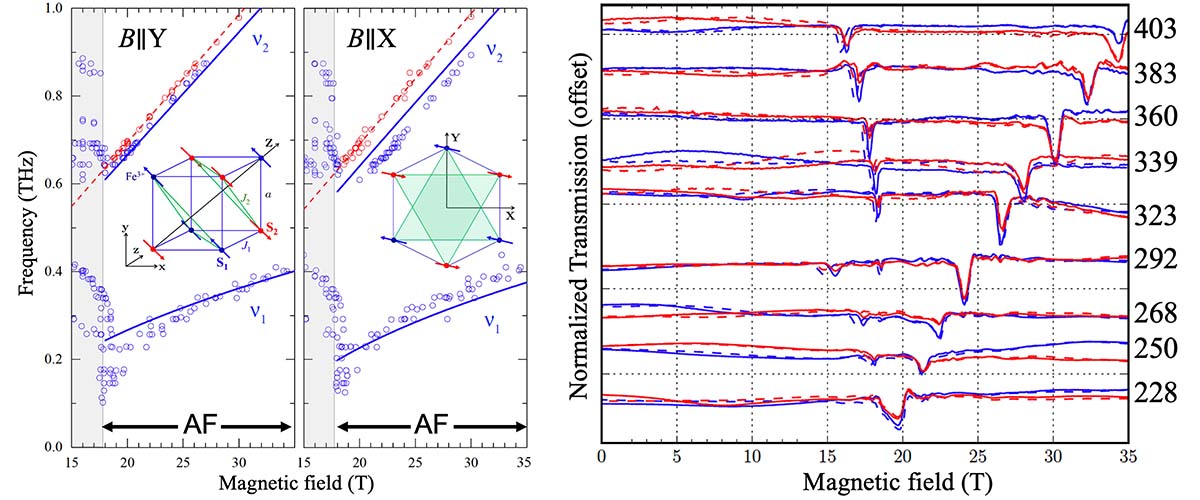
June 23, 2021
High-resolution electron magnetic resonance studies of the spin-wave spectrum in the high-field phase of the multiferroic Bismuth ferrite (BiFeO3) rev…
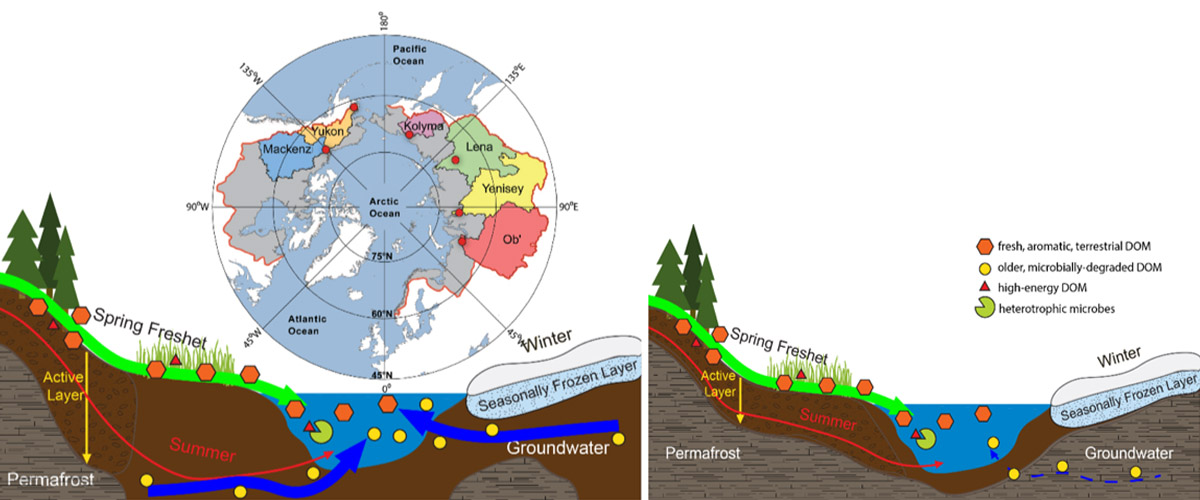
June 23, 2021
Researchers share new insights on the role of seasonality in dissolved organic matter (DOM) composition in large Arctic rivers. Researchers share new …
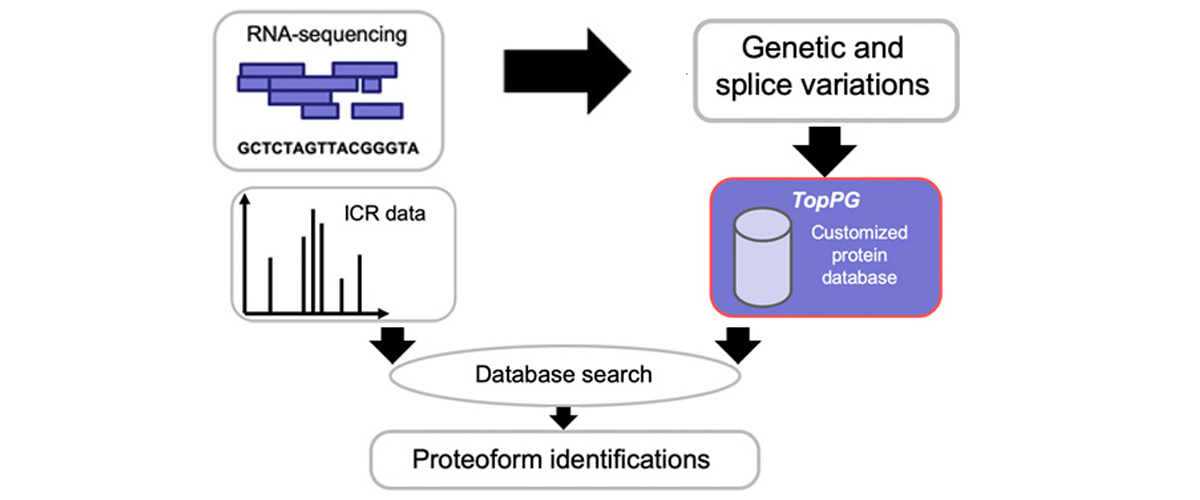
June 10, 2021
Reuse of the MagLab's Ion Cyclotron Resonance facility data improved understanding of protein fragmentation and aided the design and release of new al…
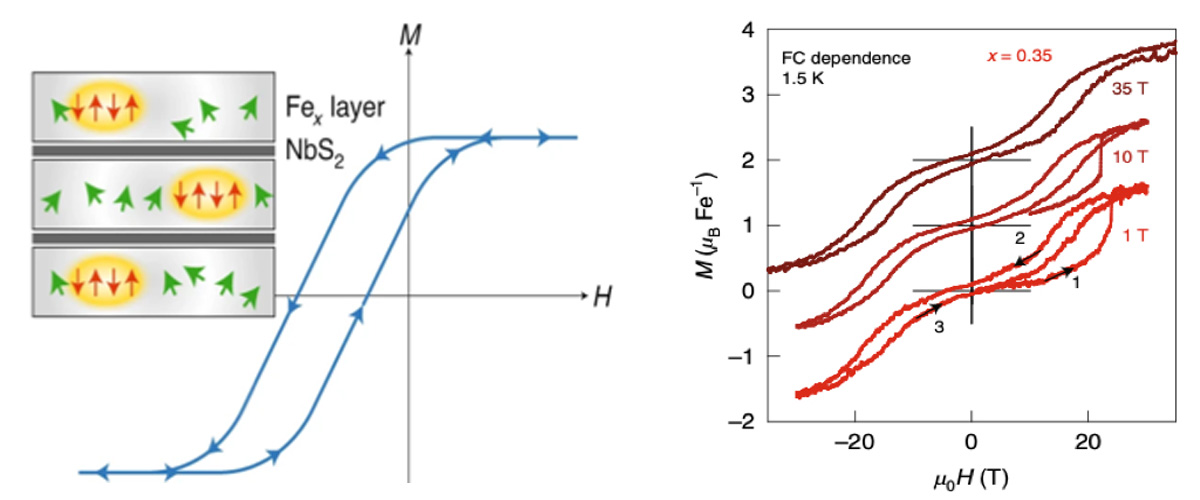
May 28, 2021
A pane of window glass and a piece of quartz are both are transparent to light, but their atomic structure is very different. Quartz is crystalline at…
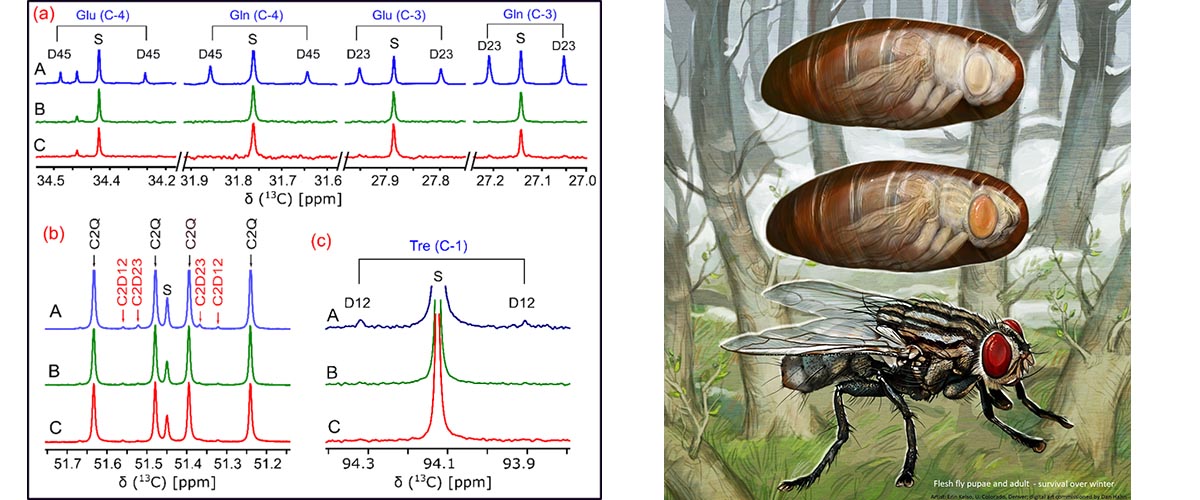
May 28, 2021
An insect's ability to survive anaerobic conditions (without oxygen) during winter pupation occurs through periodic cycling of aerobic respiration pat…
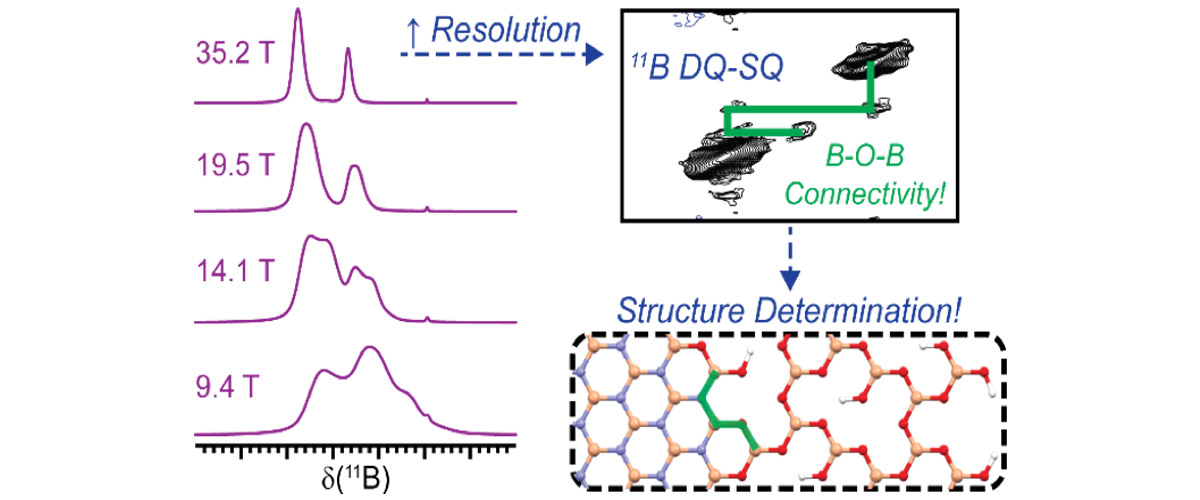
April 28, 2021
Measurements performed at the National High Magnetic Field Laboratory provide unique insight into molecular structure of next-generation catalysts for…
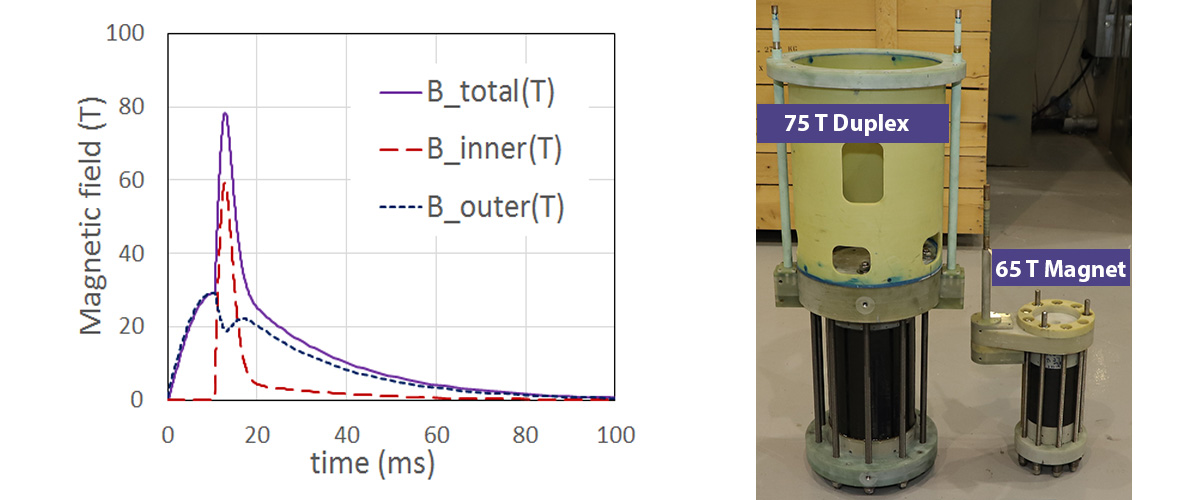
April 28, 2021
Duplex magnets use two independent coils powered by capacitor banks to reduce the driven voltages and provide more design flexibility to maximize the …
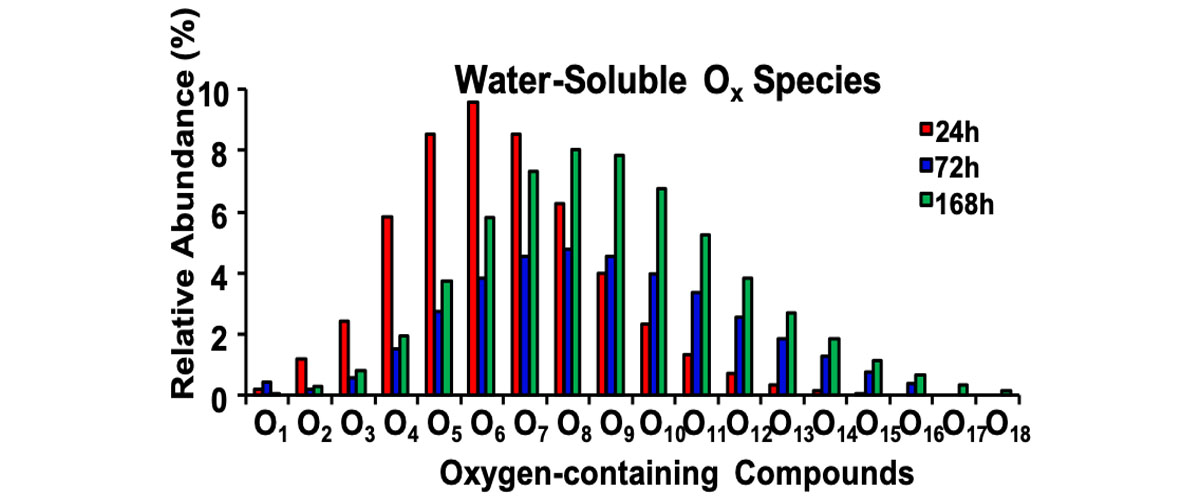
March 29, 2021
Road asphalt is made from aggregate (rocks) mixed with a "binder” from the residue remaining after extraction of gasoline and oils from petroleum crud…
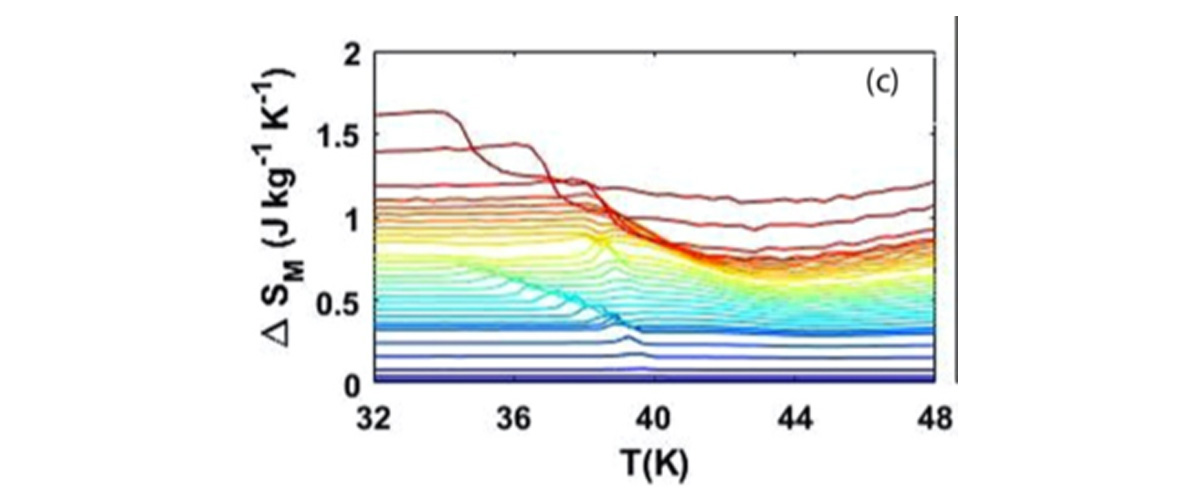
March 26, 2021
Researchers based at four-year colleges and universities outside of the Research-1 (R1) tier face more obstacles to performing research than their col…
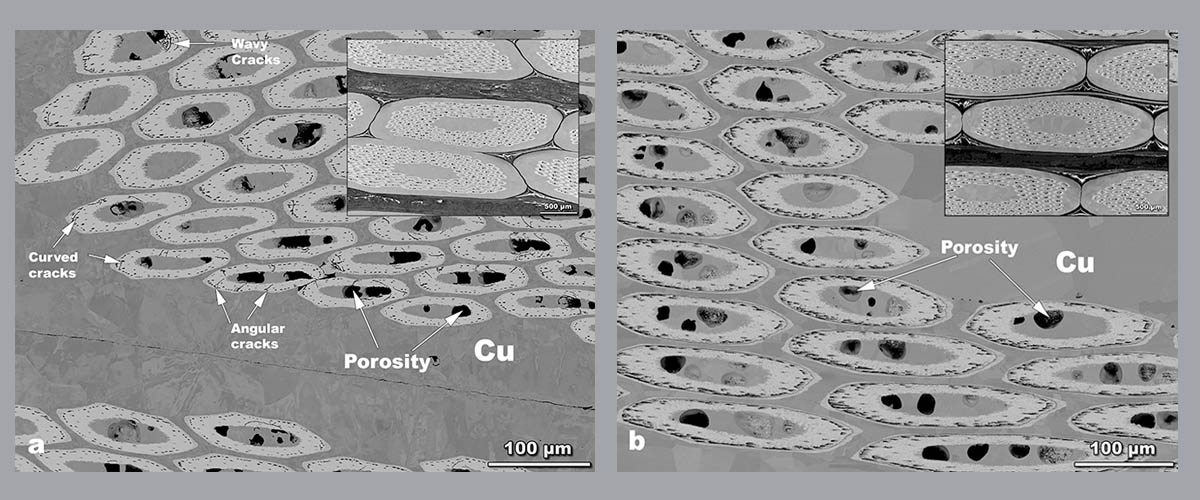
March 26, 2021
High field superconductor magnets greater than 10 T made from brittle Nb3Sn superconducting wires need special attention to their assembly, strength a…
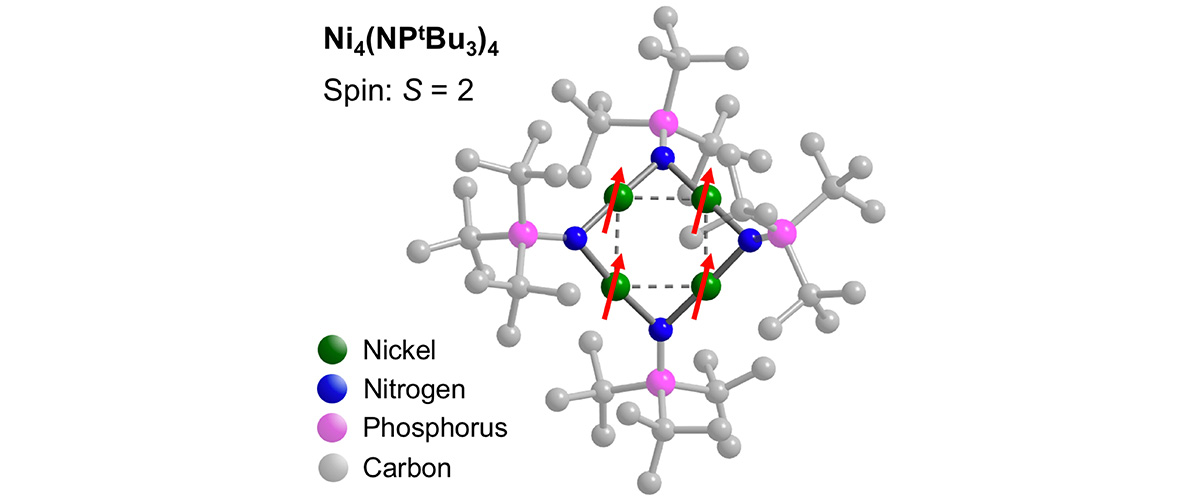
February 11, 2021
An exciting advance of interest to future molecular-scale information storage. By using the uniquely high frequency Electron Magnetic Resonance techni…
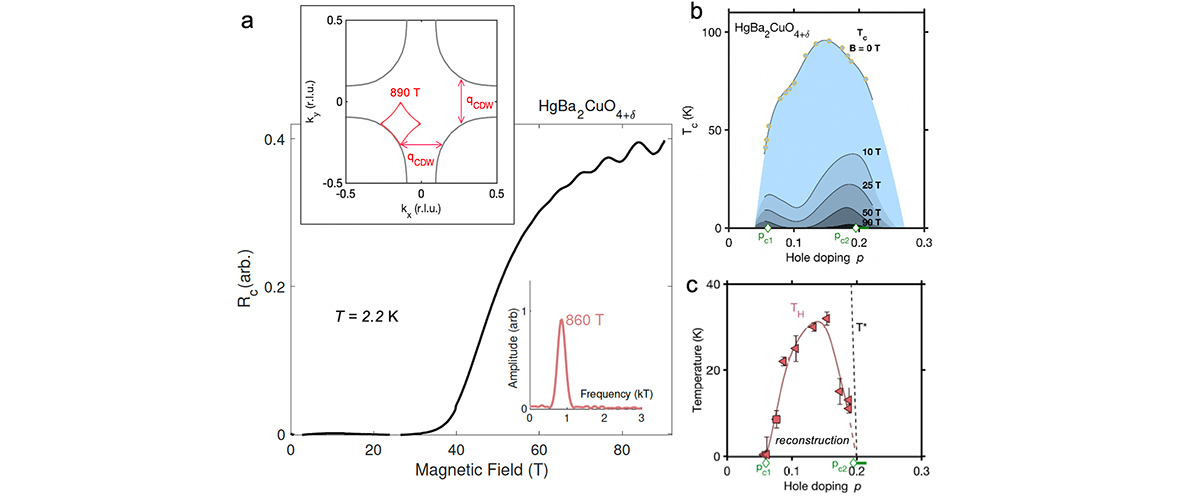
February 11, 2021
Physics does not yet know why copper-based superconductors (cuprates) conduct electrical current without dissipation at unprecedentedly high temperatu…
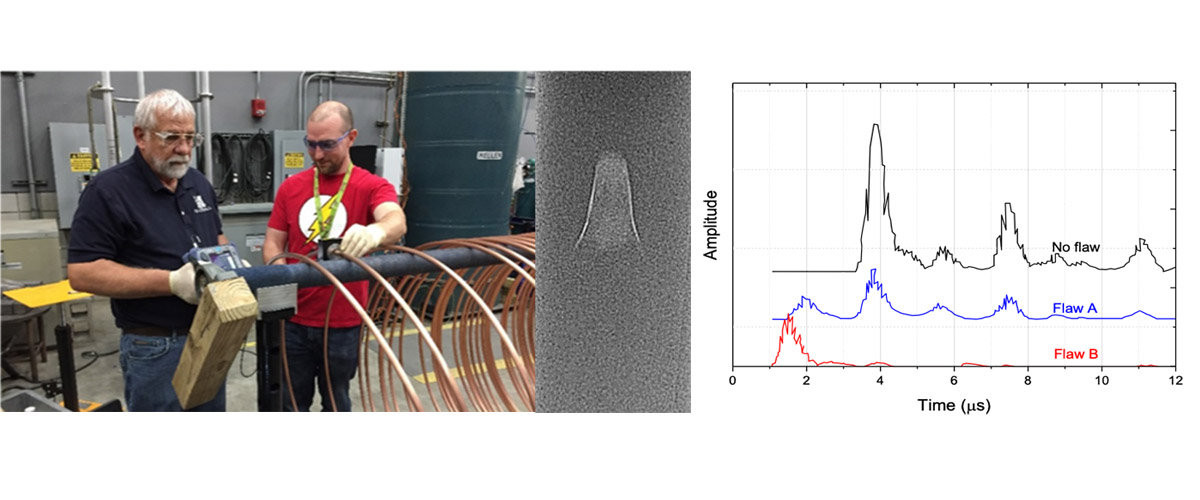
February 11, 2021
Three non-destructive testing methods are developed for inspection of high strength, high conductivity wires which are used to wind ultra-high field p…
![(Left) 125Te spectral line and effective gamma with respect to magnetic field. Black circles are from the 36T Series Connected Hybrid while the pink diamonds are from the new HTS 32T magnet. (Right) Phase diagram for H//c highlighting the possible spin-nematic state. [PRB 94 064403 2016] Solid circles are from magnetostriction. Open circles from magnetostriction and thermal expansion. Open triangles from magnetization.](/media/z0nigcdk/jan2021_dc_field_probing_spin_nematic_state.jpg)
January 19, 2021
Nuclear magnetic resonance measurements were performed in the all-new 32 T superconducting magnet in an effort to confirm a new quantum state. Results…
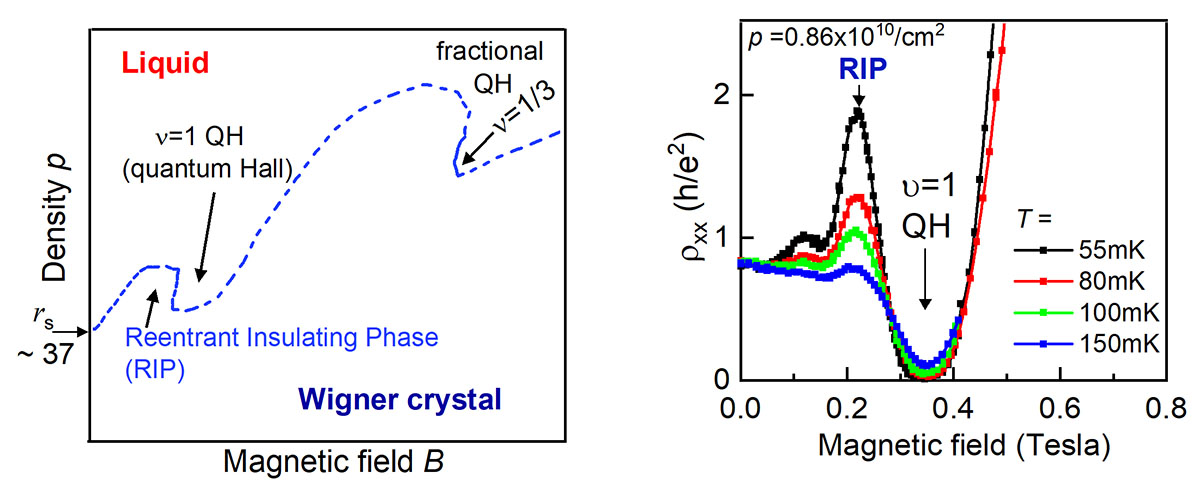
January 19, 2021
This highlight reports on the still poorly understood transition to an electron crystalline state (the Wigner crystal) in a two-dimensional system at …
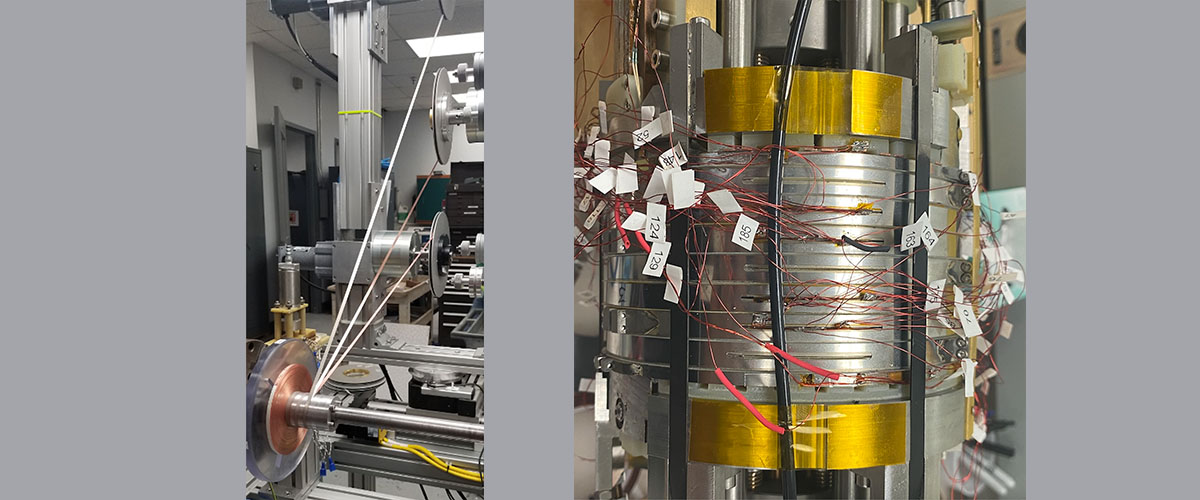
January 19, 2021
A recent test coil with more than 1300 meters of conductor successfully demonstrated a new winding technique for insulated REBCO technology and was fa…
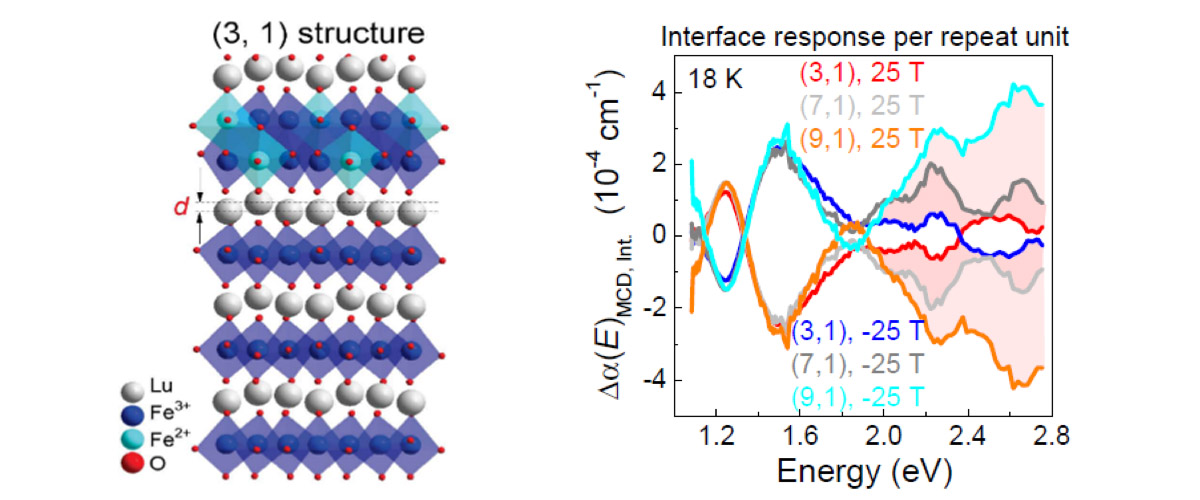
December 29, 2020
Using electric fields as a switch to control the magnetism of a material is one of the goals behind the study of multiferroics. This work explores the…
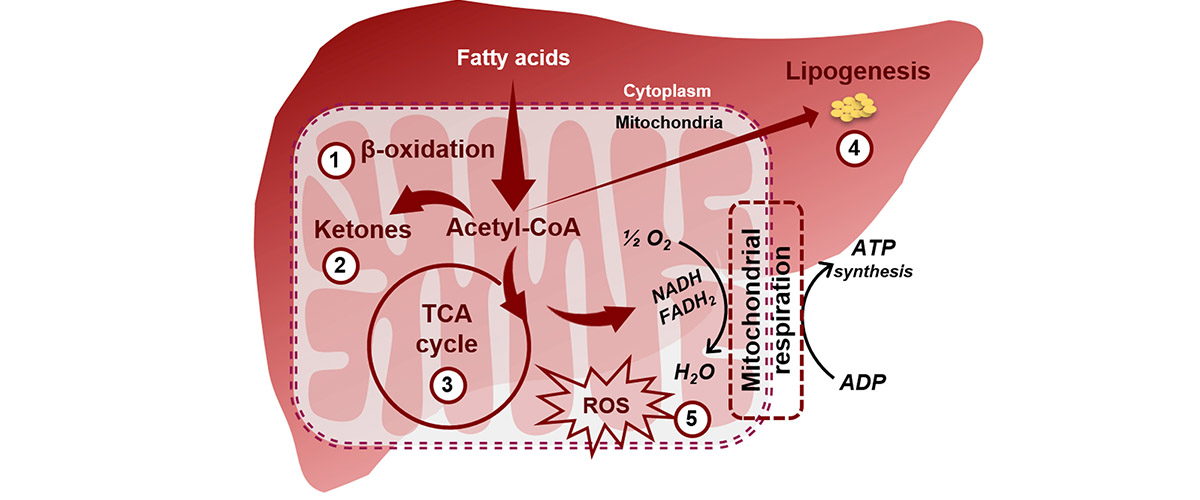
November 18, 2020
Non-alcoholic Fatty Liver Disease and its progression to more serious diseases will become the main cause for liver transplant in the next 5 years. He…
November 18, 2020
Interactions between electrons underpin some of the most interesting – and useful -- effects in materials science and condensed-matter physics. This w…
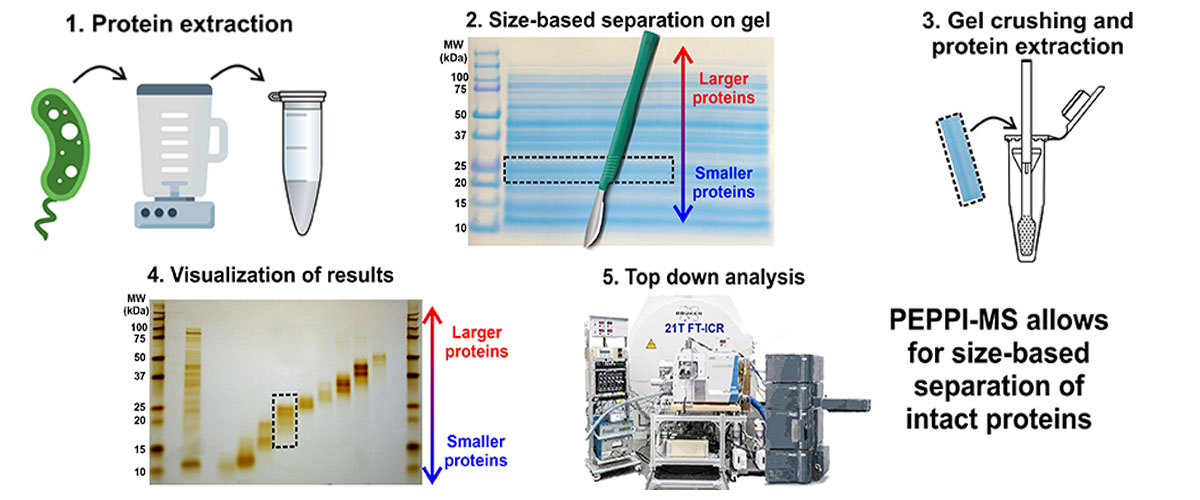
October 16, 2020
Analysis of intact proteins using mass spectrometry is a difficult task that can be simplified by prefractionation, a process in which protein mixture…
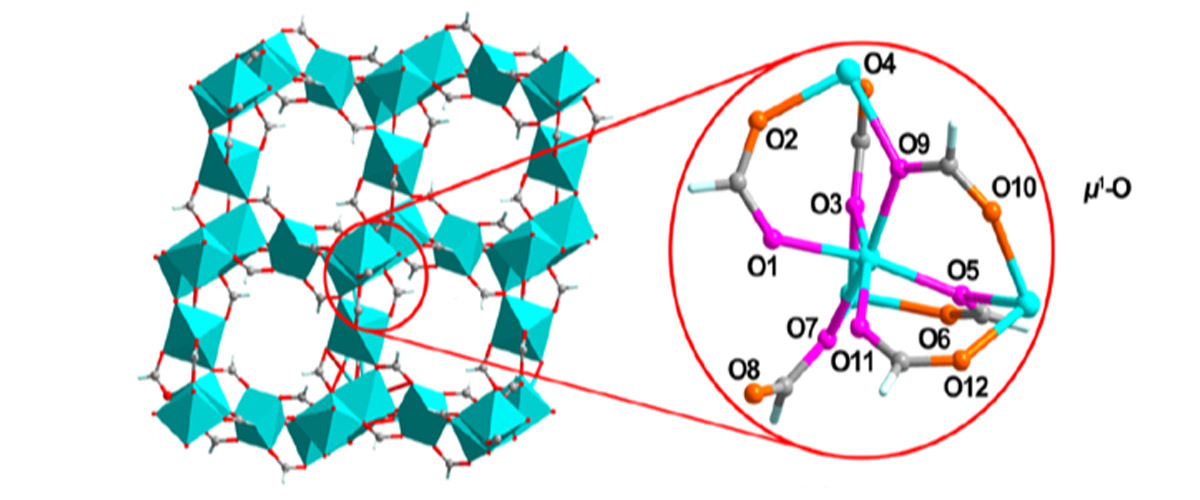
October 16, 2020
Metal-organic frameworks (MOFs) are porous materials with high surface areas that can host a variety of different guest molecules, leading to applicat…
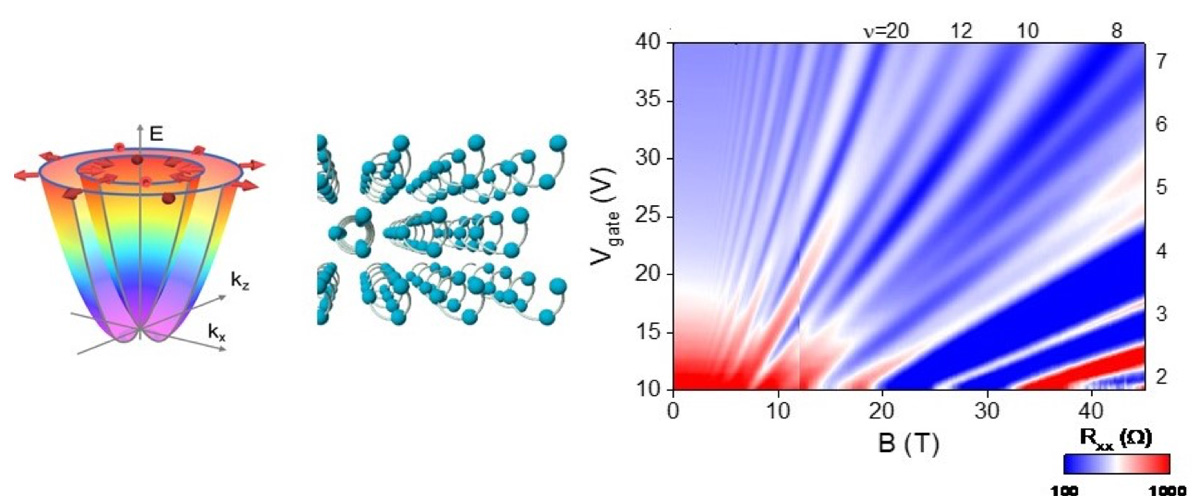
October 06, 2020
Topology, screws, spin and hedgehogs are words not normally found in the same scientific article but with the discovery of Weyl fermions in thin tellu…
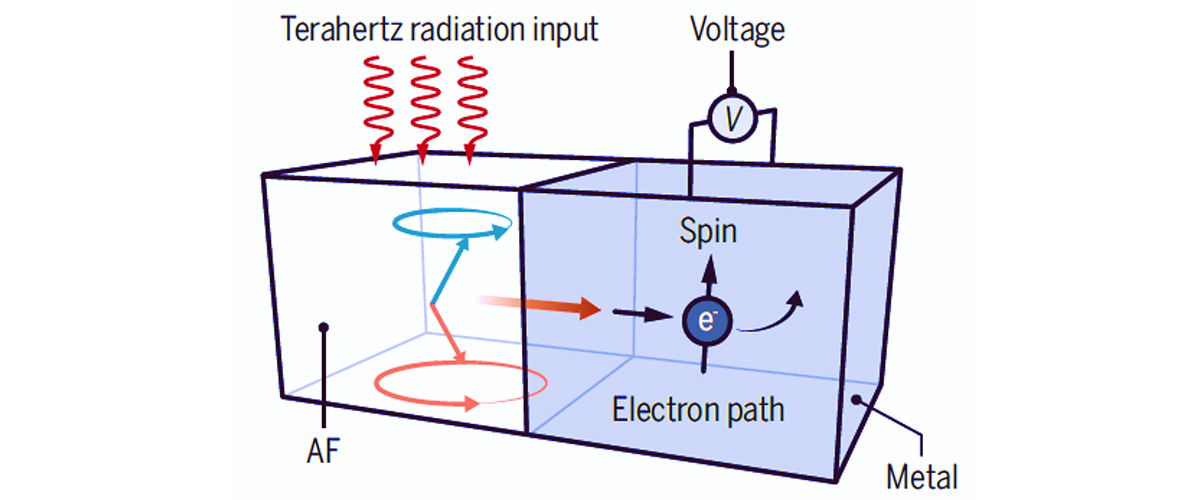
October 06, 2020
This work reports the first observation of the dynamical generation of a spin polarized current from an antiferromagnetic material into an adjacent no…
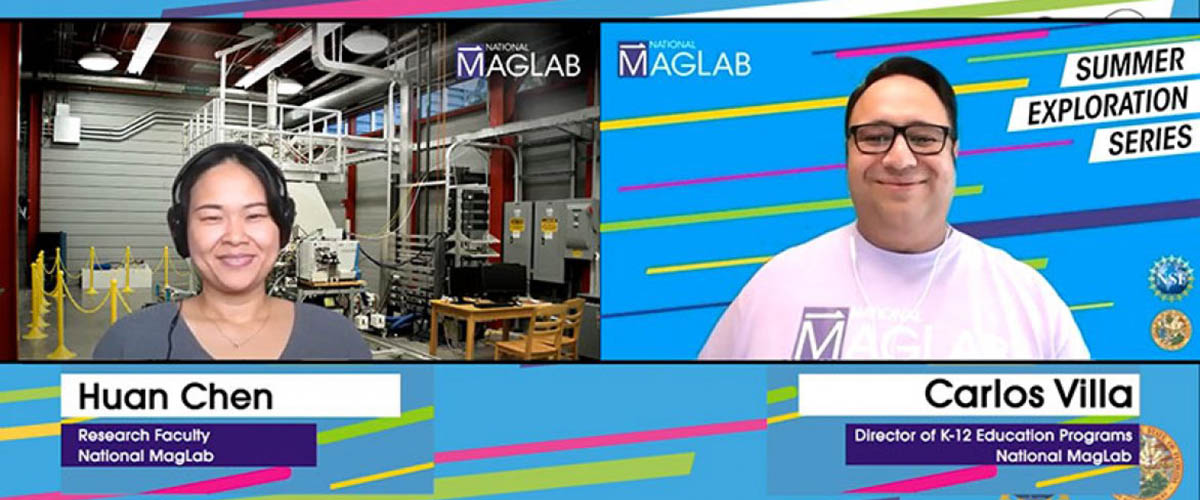
September 04, 2020
When COVID-19 eliminated the option for in-person camp experiences, the MagLab pivoted to offer a free virtual Summer Exploration Series instead.
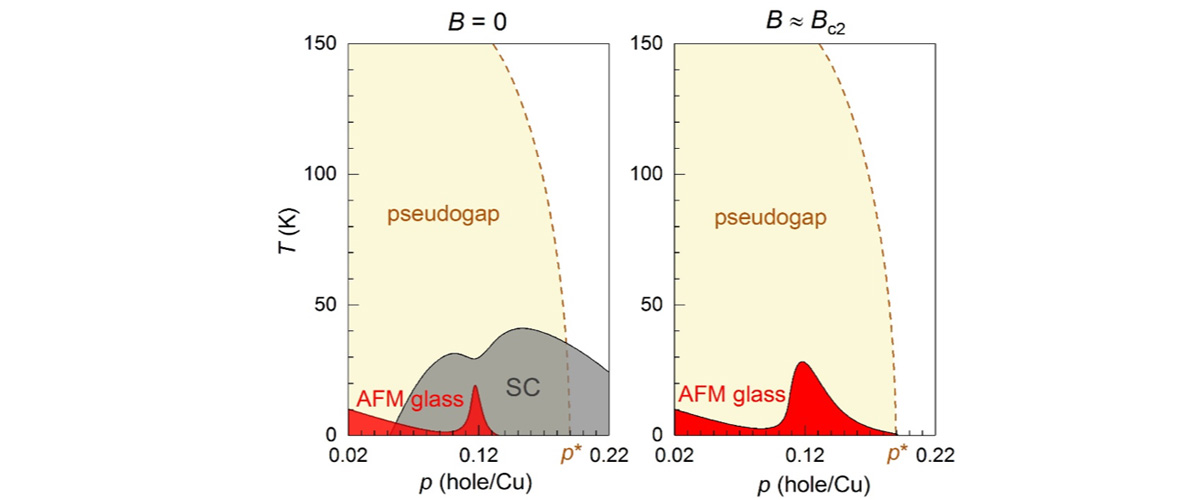
September 01, 2020
This research clarifies fundamental relationships between magnetism, superconductivity and the nature of the enigmatic “pseudogap state" in cuprate su…
![Metabolism pathways of [2H7]glucose (green stars), with red dots marking the presence of 2H, and larger dots indicating two 2H atoms. Note that HDO (gold stars) can be produced at multiple steps in the glycolytic pathway.](/media/mnyndfnd/august2020_amris_cancer_metabolism.jpg)
September 01, 2020
Magnetic resonance of cancer cell metabolism is a novel technique to discern between cancerous and normal liver cells, providing a promising approach …
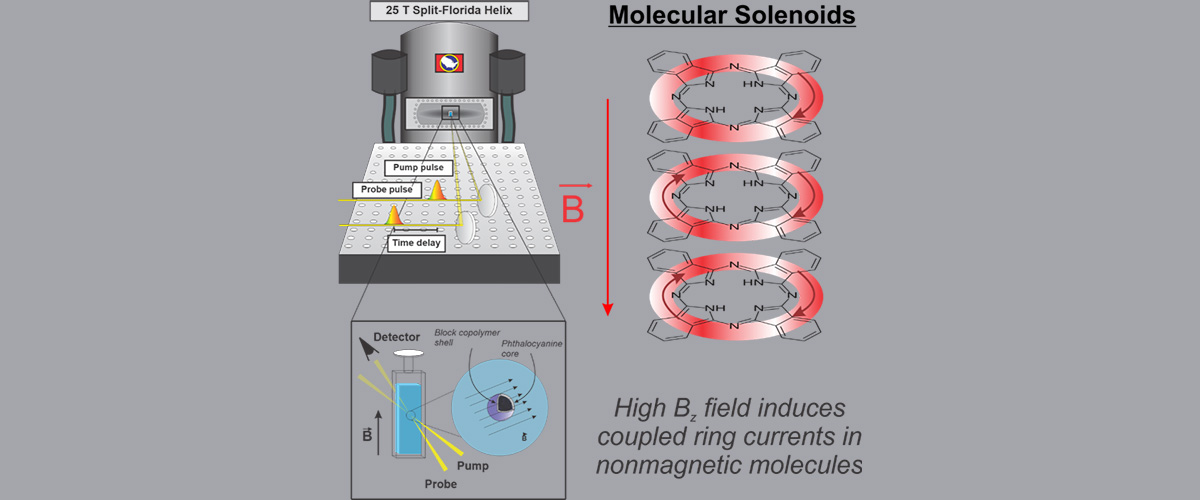
July 28, 2020
Magnetic induction is used in technology to convert an applied magnetic field into an electric current and vice versa. Nature also makes extensive use…
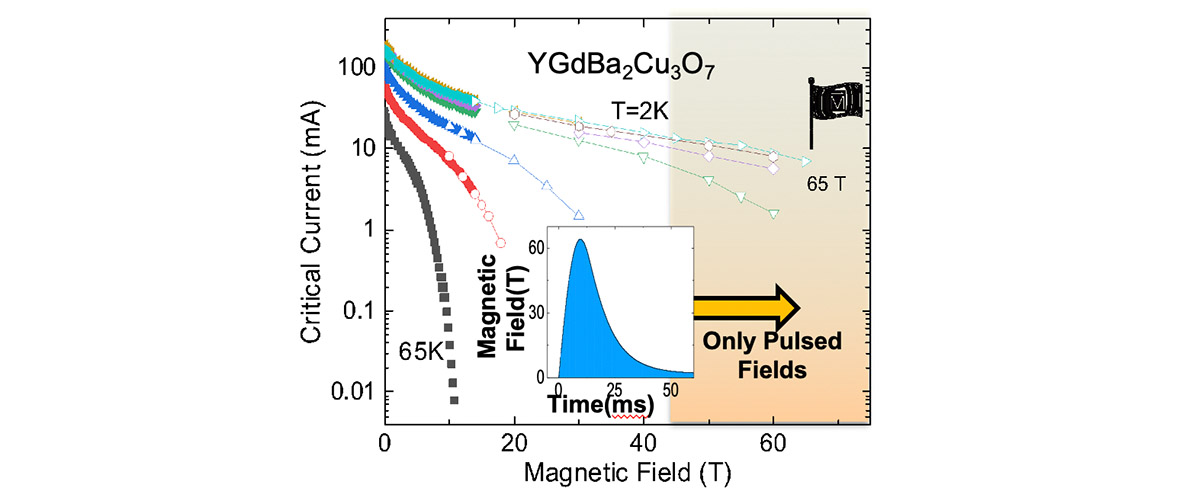
July 28, 2020
Superconductors conduct large amounts of electricity without losses. They are also used to create very large magnetic fields, for example in MRI machi…
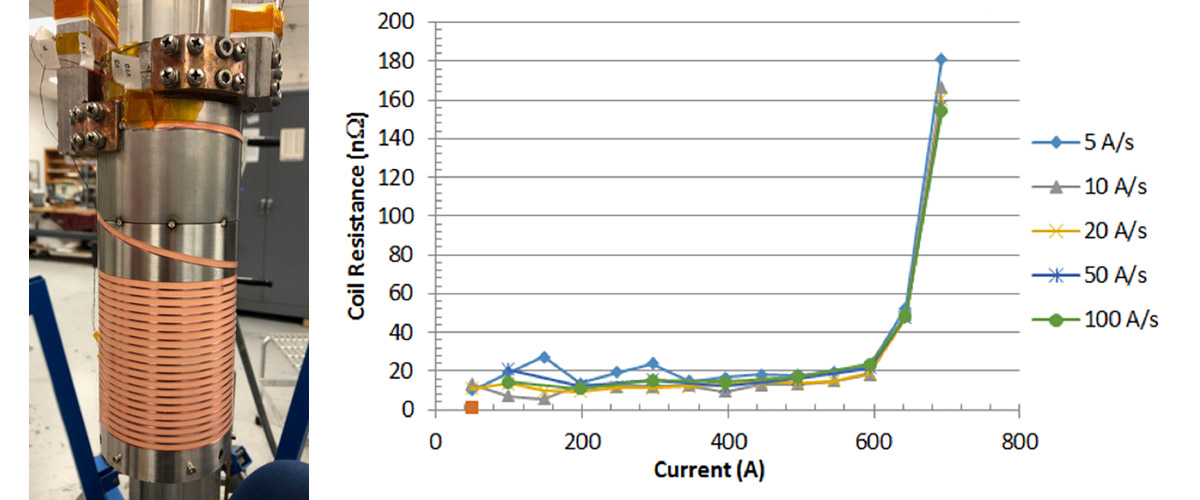
June 23, 2020
Tests of the first Integrated Coil Form test coil wound using REBCO superconducting tape show promise for use in ultra powerful magnets of the future.
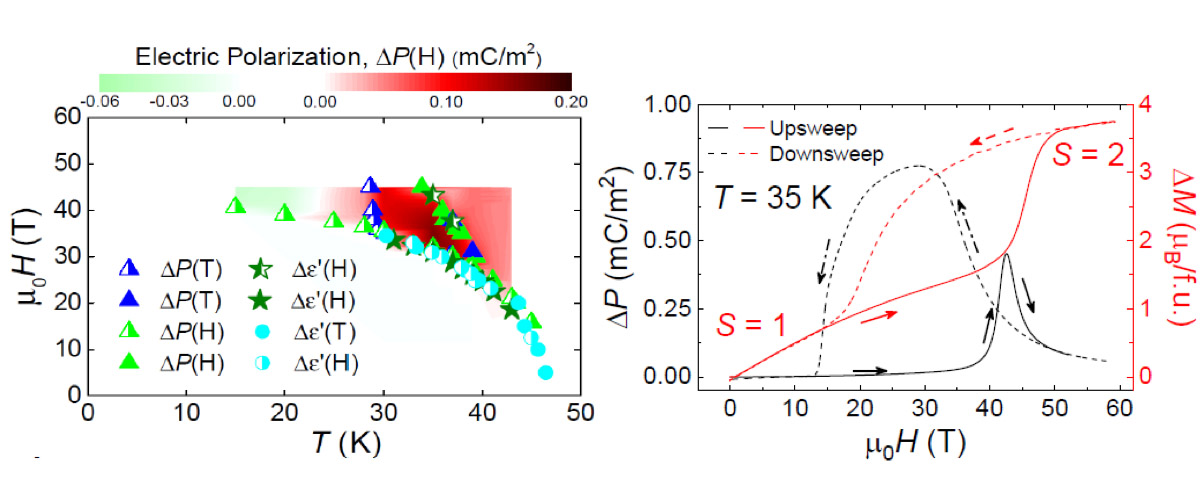
June 01, 2020
Materials with magnetoelectric coupling - a combination of magnetic and electric properties - have potential applications in low-power magnetic sensin…
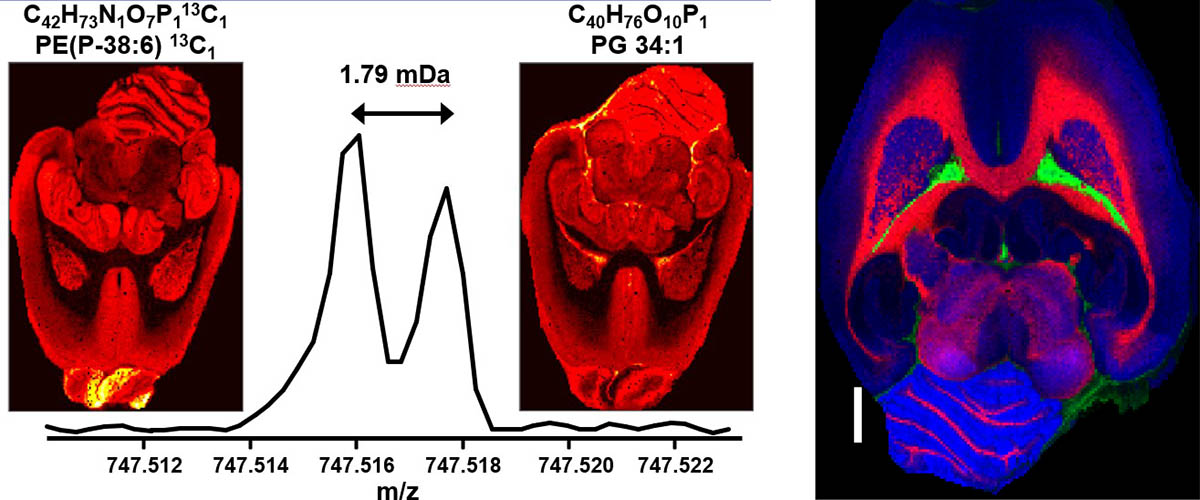
May 22, 2020
Combining spatial imaging technology with ultrahigh performance FT-ICR mass spectrometry provides users with the unique ability to create tissue image…
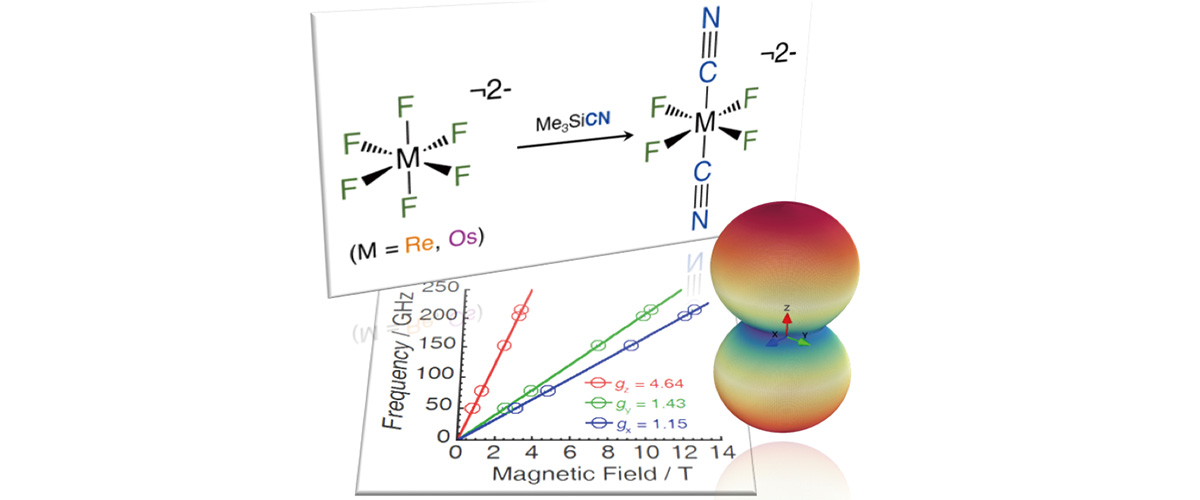
April 23, 2020
This study reports the first transition metal compounds featuring mixed fluoride–cyanide ligands. A significant enhancement of the magnetic anisotropy…
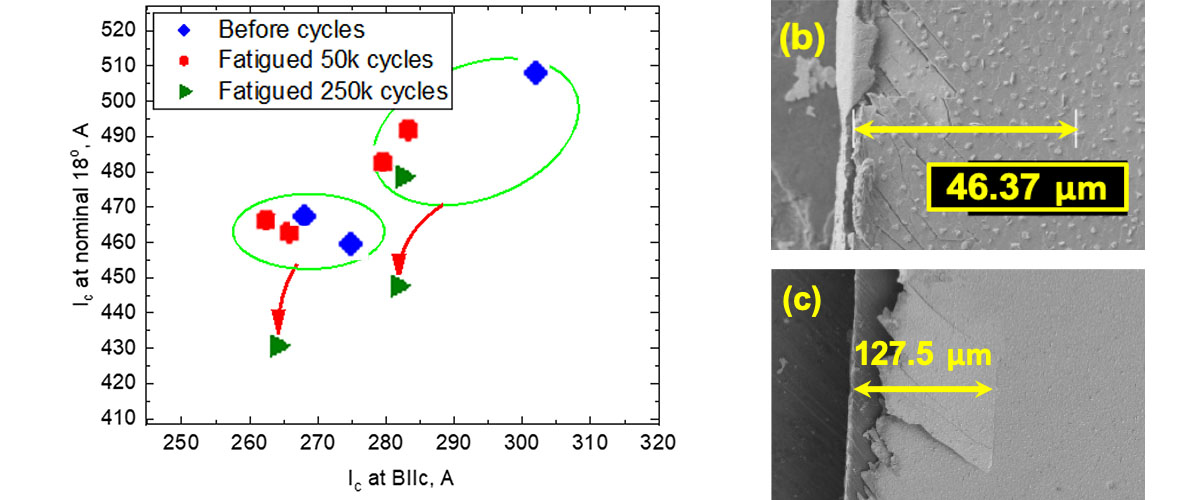
April 23, 2020
Tests of high-temperature superconducting REBCO tapes at 4.2 K showed resistance to cyclic loading, demonstrating that it is a promising material for …

April 23, 2020
Evaluation of the middle school mentorship program shows that students who participated in this 12 week program have increased confidence and interest…
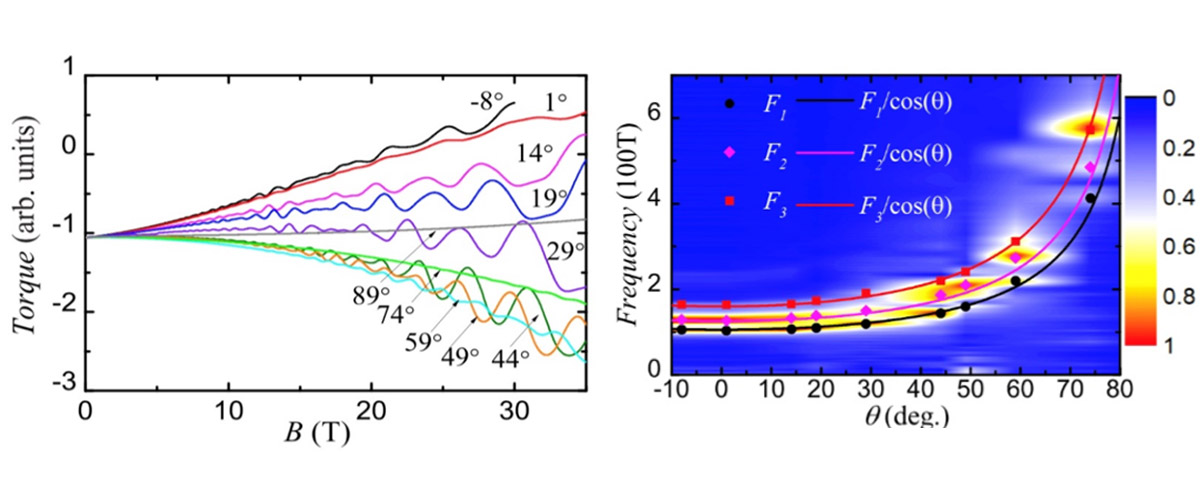
March 23, 2020
Topological semimetals are an exciting new area of research due to their number of predicted and unexpected quantum mechanical states. Understanding t…
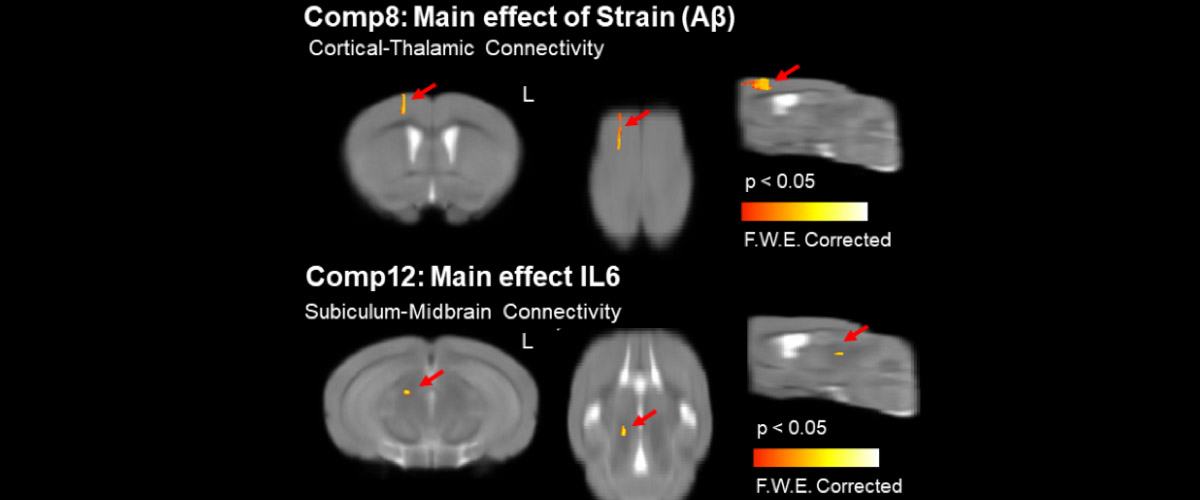
March 23, 2020
Magnetic Resonance Imaging (MRI) of mouse models for Alzheimer’s disease can be used to determine brain response to plaque deposits and inflammation t…
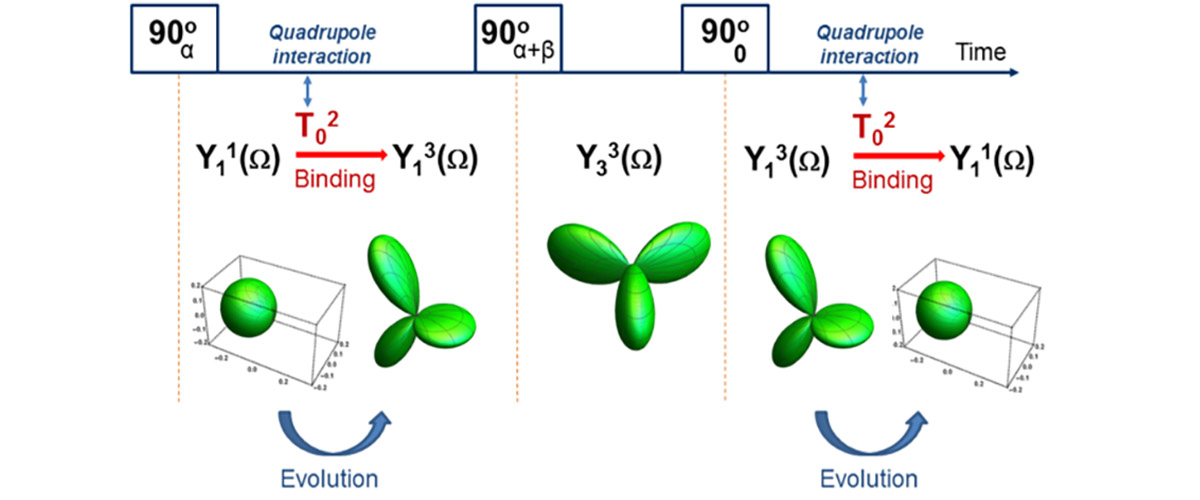
March 23, 2020
Magnetic resonance (MR) signals of sodium and potassium nuclei during ion binding are attracting increased attention as a potential biomarker of in vi…
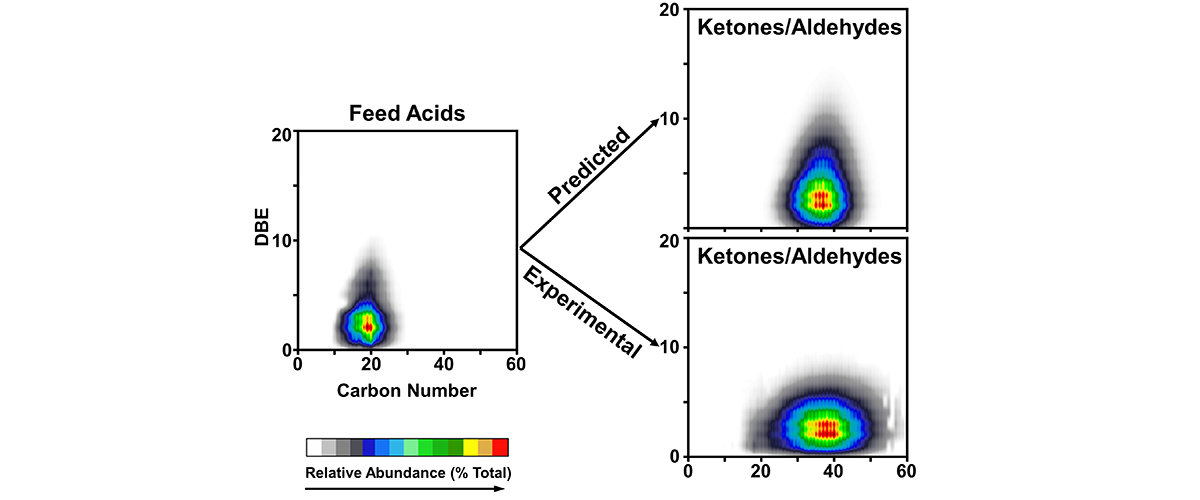
February 25, 2020
A new method to characterize crude oil corrosion shows that corrosion in acidic crude oils depends on the specific structures of the acid molecules, i…
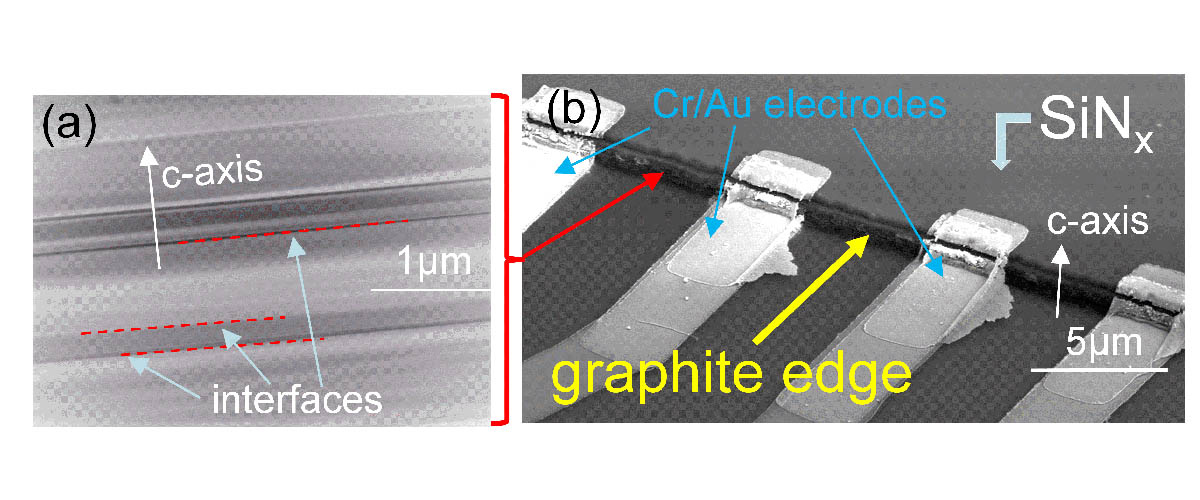
February 25, 2020
Researchers demonstrate a new record magnetoresistance in graphene by improving the contacting method, which helps improve our understanding of the ma…
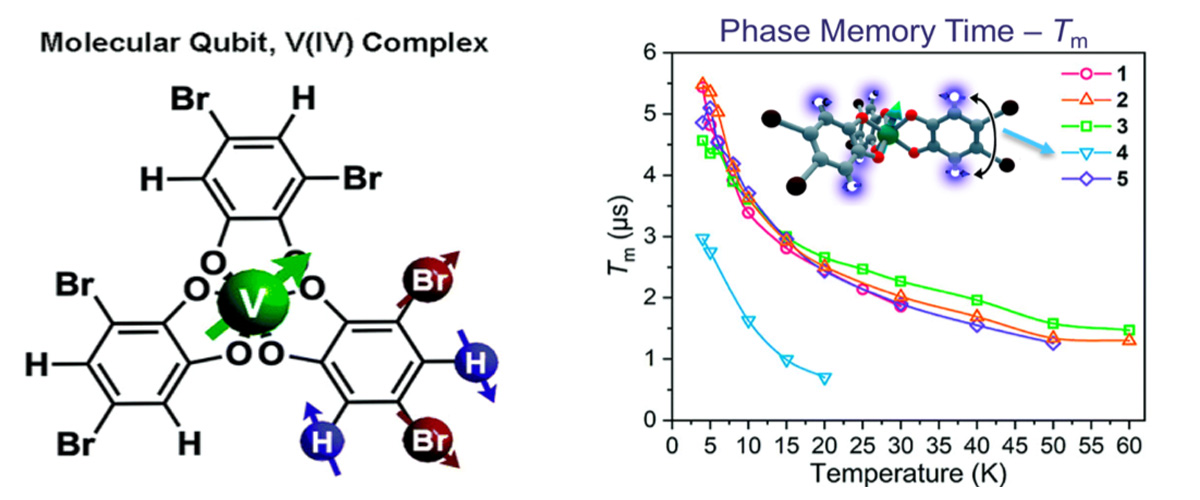
January 31, 2020
Electron spin resonance work shows how transition metal can retain quantum information, important work on the path to next-generation quantum technolo…
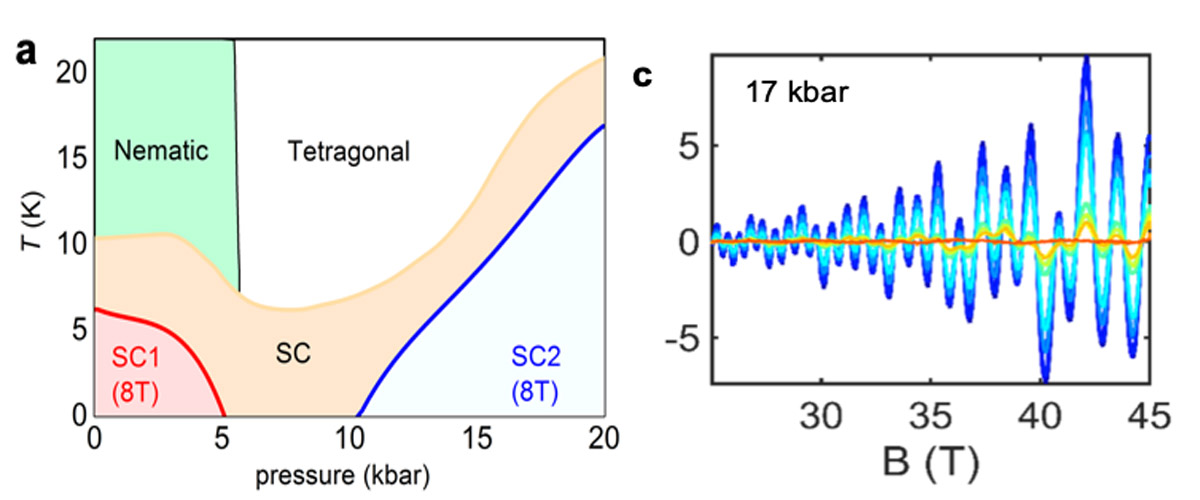
January 23, 2020
A nematic phase is where the molecular/atomic dynamics show elements of both liquids and solids, like in liquid crystal displays on digital watches or…
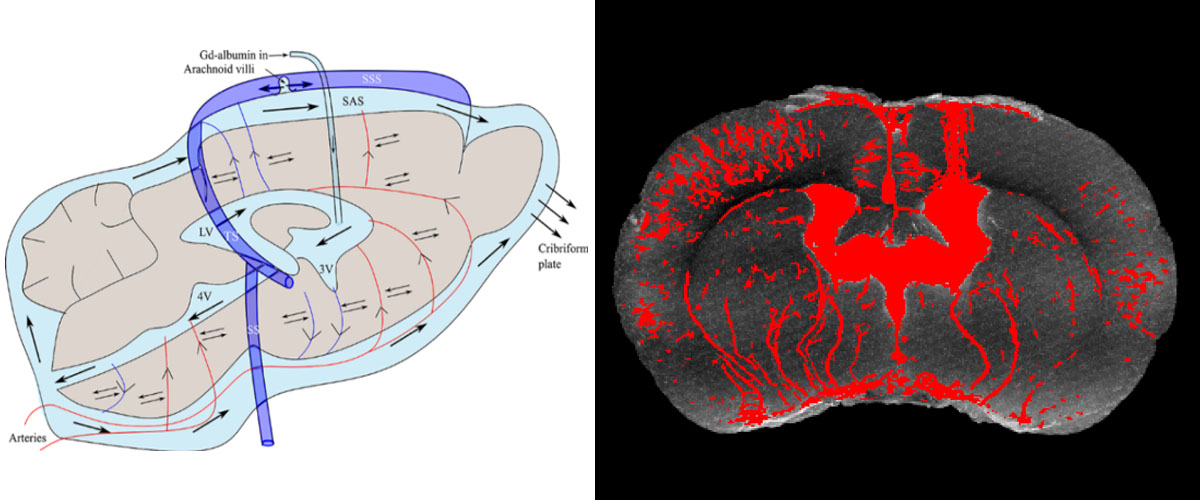
January 23, 2020
Little is known about the path of metabolic waste clearance from the brain. Here, high-field magnetic resonance images a possible pathway for metaboli…
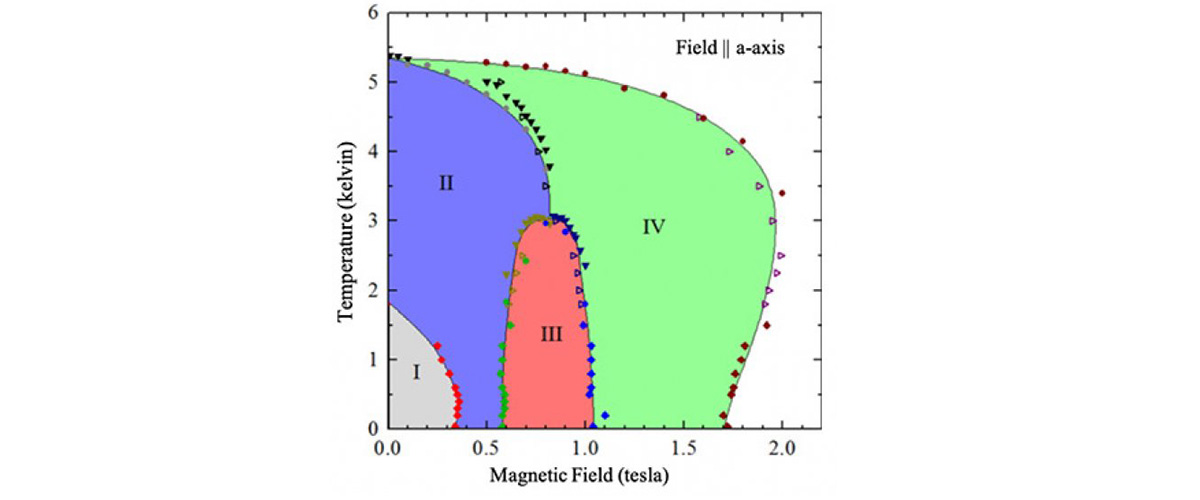
December 12, 2019
Ce3TiSb5 identified as a metallic magnet in which inverse melting does occur.
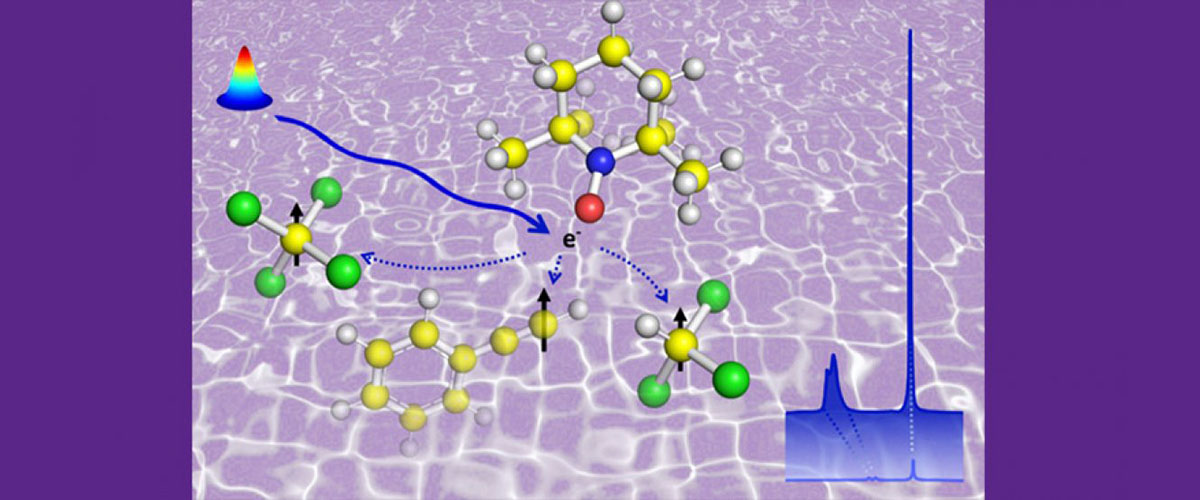
December 12, 2019
This finding demonstrates a path forward to dramatically enhance sensitivity for molecule concentration measurement by magnetic resonance using Overha…
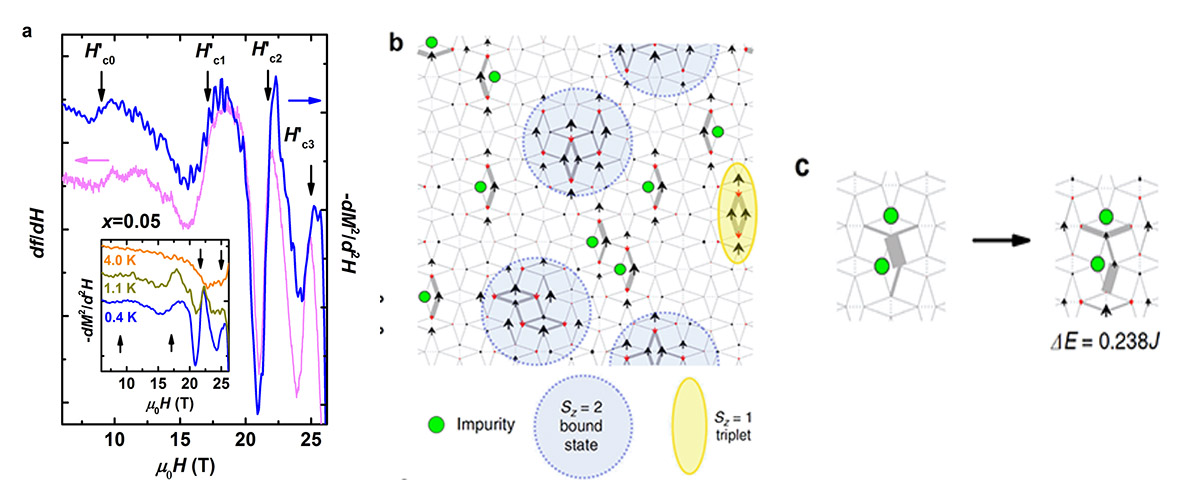
October 28, 2019
Research on doped SrCu2(BO3)2 shows anomalies in the magnetization.
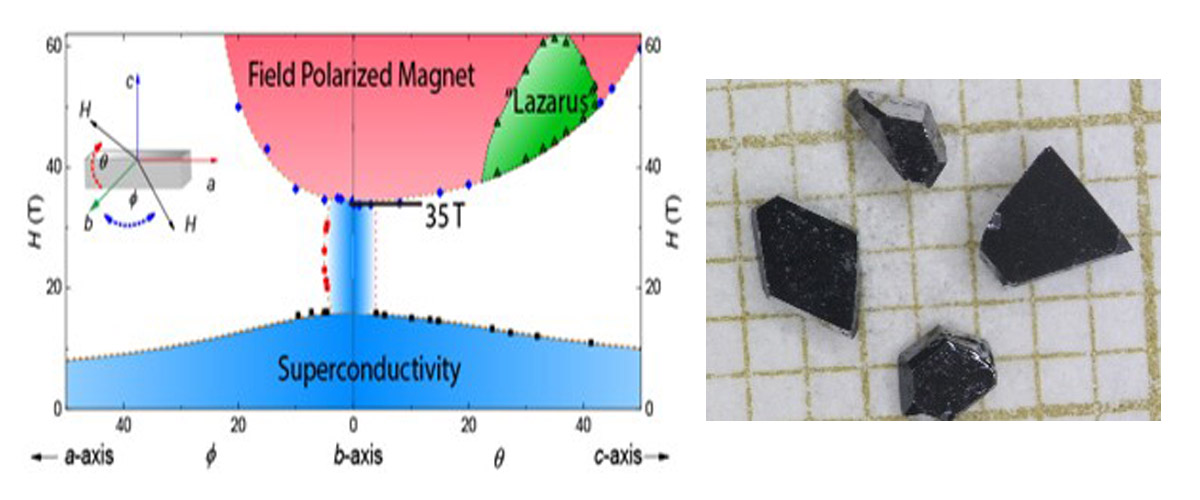
October 28, 2019
Studies of uranium ditelluride in high magnetic fields show superconductivity switching off at 35 T, but reoccurring at higher magnetic fields between…
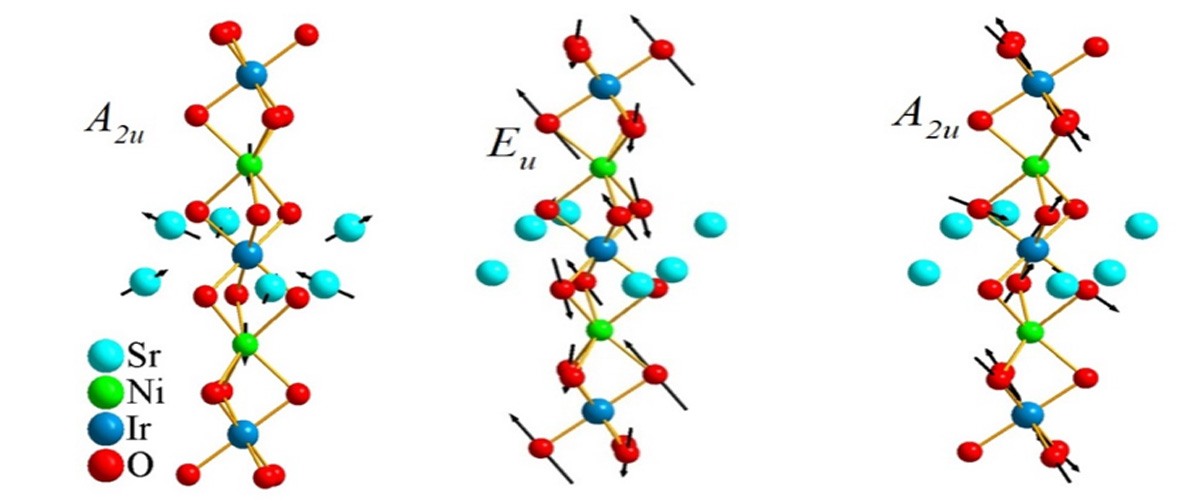
September 20, 2019
In Sr3NiIrO6 vibrations in the crystal lattice (phonons) play an important role in its intriguing magnetic properties that result in a very high coerc…
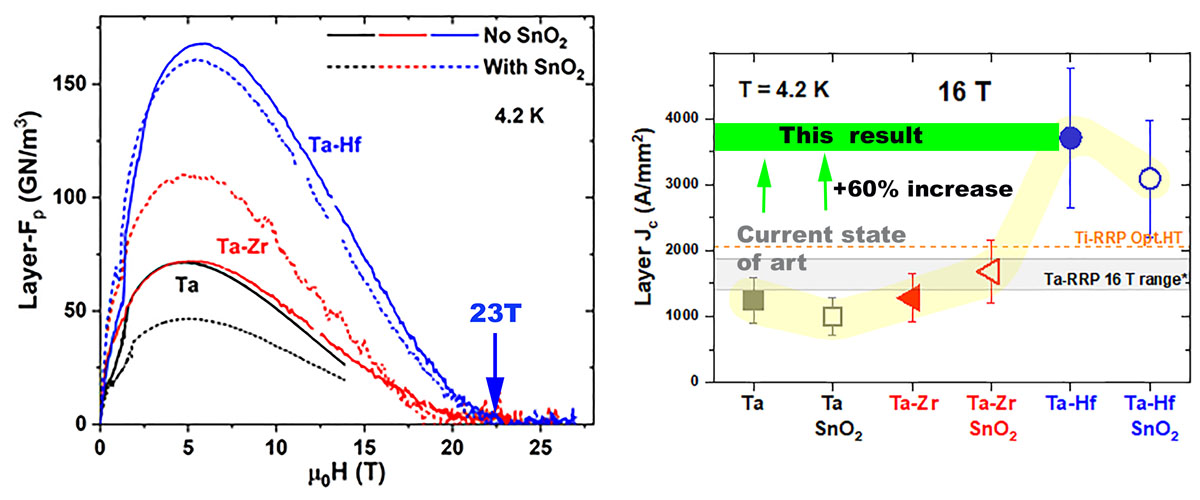
September 20, 2019
Small additions of elemental Hafnium boosts current-carrying capability in Nb3Sn superconductor.
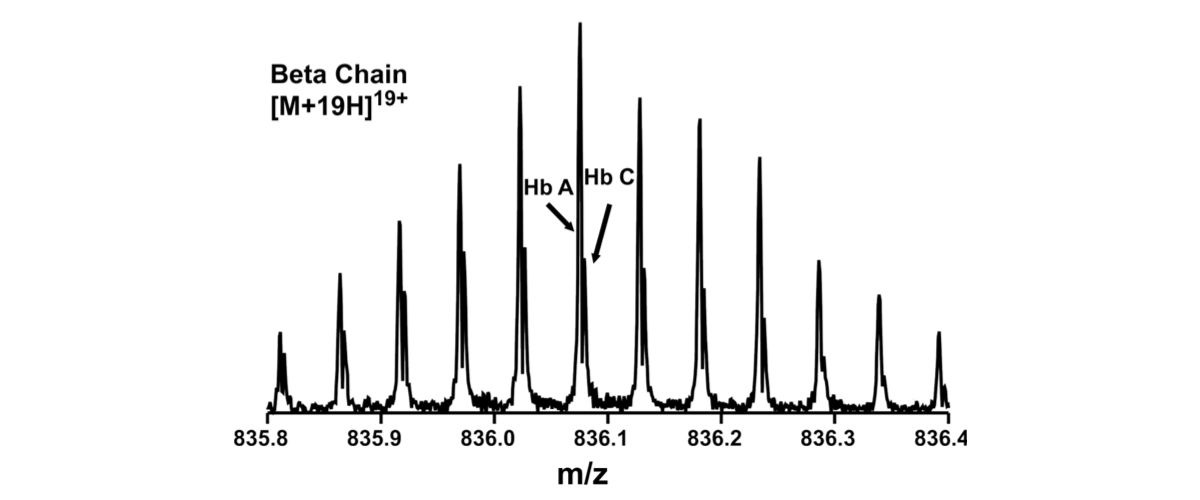
August 19, 2019
Precise determination of hemoglobin sequence and subunit quantitation from human blood for diagnosis of hemoglobin-based diseases.
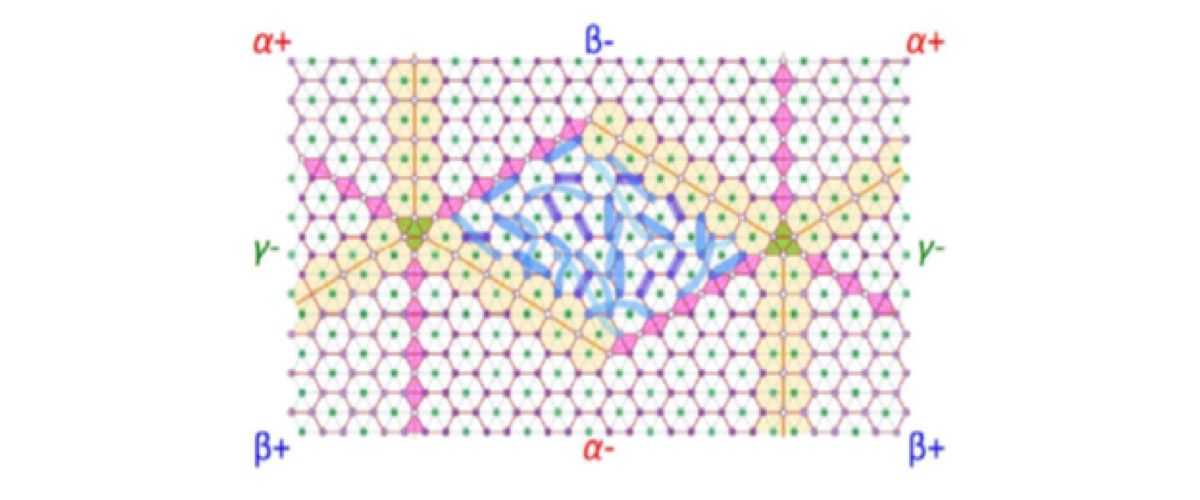
August 19, 2019
Using intense pulsed magnetic fields and measurements at low temperatures, MagLab users have found evidence of a long-sought “spin liquid” in terbium …
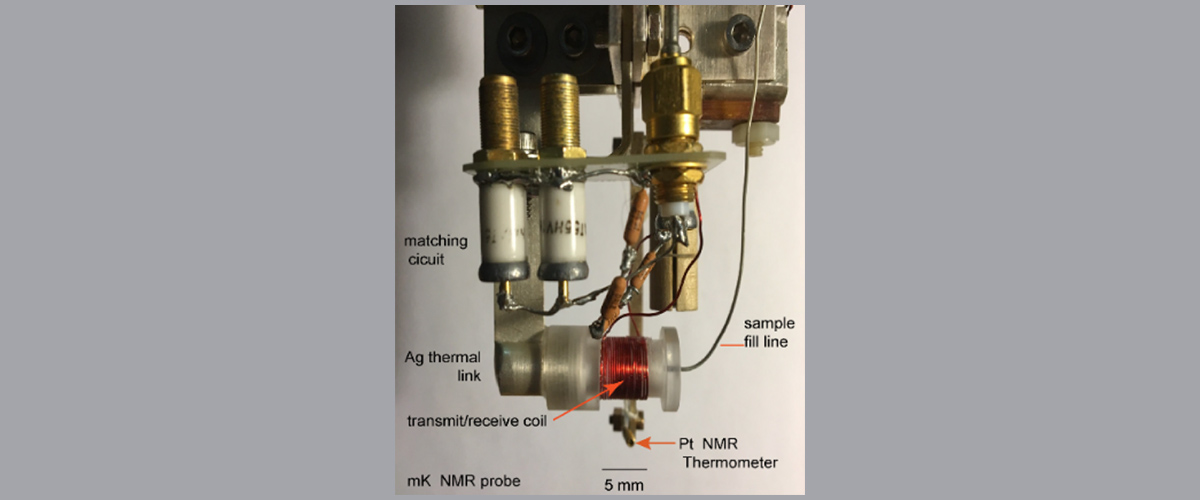
July 29, 2019
Study of helium atoms at low temperatures illuminate extreme quantum effects that were earlier predicted.
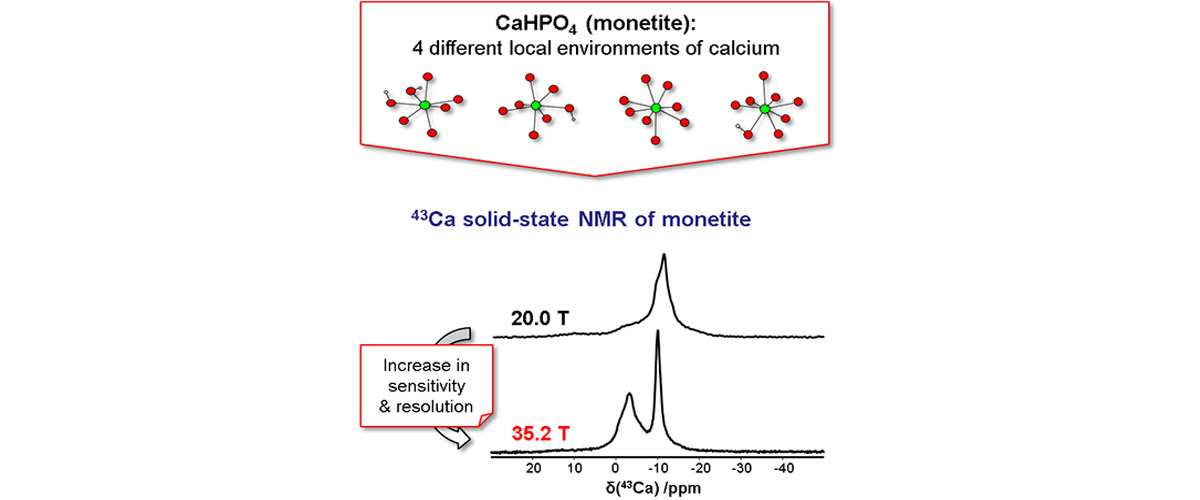
July 29, 2019
Very high magnetic fields now enable researchers to understand what surrounds calcium atoms in materials.
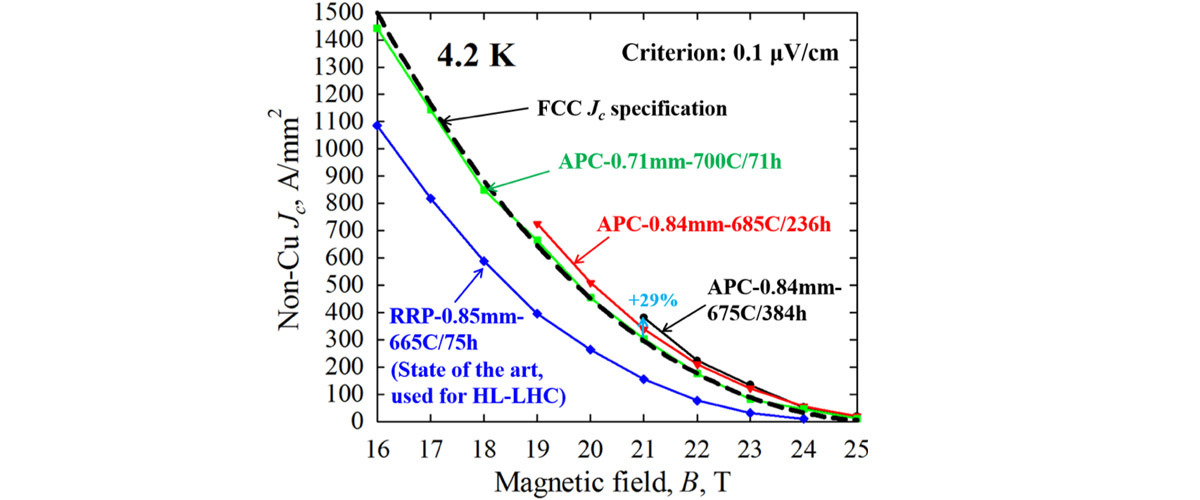
June 20, 2019
MagLab users have modified the critical current of Nb3SN, a material that was thought to be fully exploited, and boosted its performance by 50%.
![Scientists studied the copper-based compound [Cu(pyrimidine)H2O4] SiF6 H2O. Repeating units of four copper ions (see above) create corkscrew-like chains with intriguing magnetic properties.](/media/ayslgnyz/june2019_emr_chiral_staggered_chain.jpg)
June 20, 2019
The findings contribute to scientists' understanding of magnetic materials that could point the way to future applications.
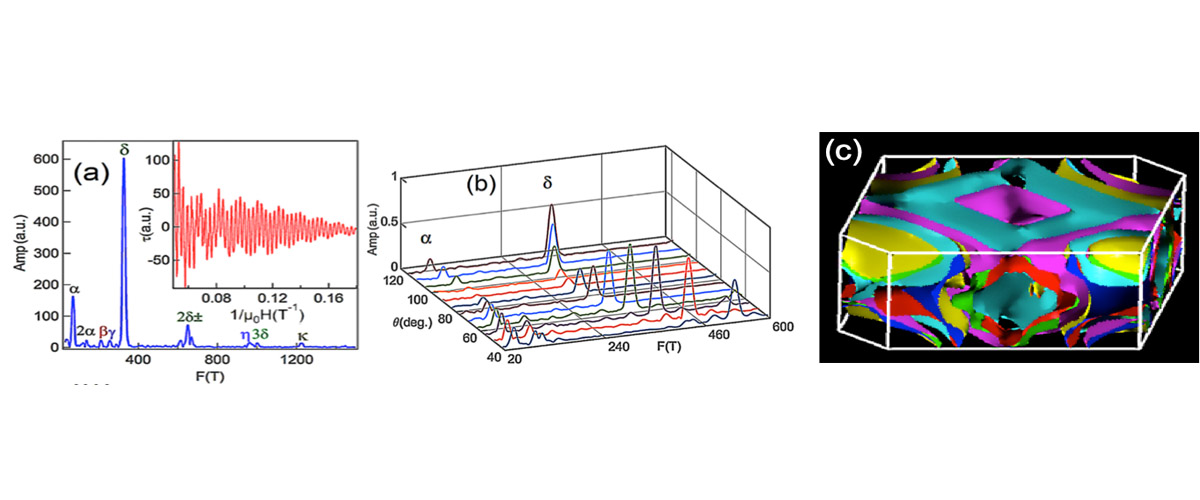
May 15, 2019
The observation of topological states coupled with superconductivity represents an opportunity for scientists to manipulate nontrivial superconducting…
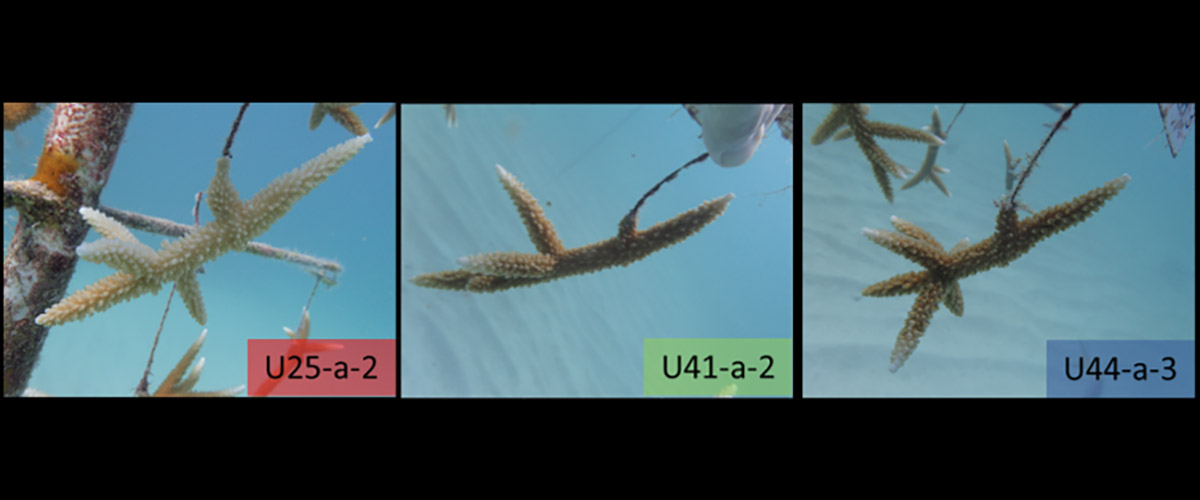
May 15, 2019
Three variants of the coral species A cervicornis were found to have unique metabolic signatures that can be distinguished by NMR spectroscopy. Differ…
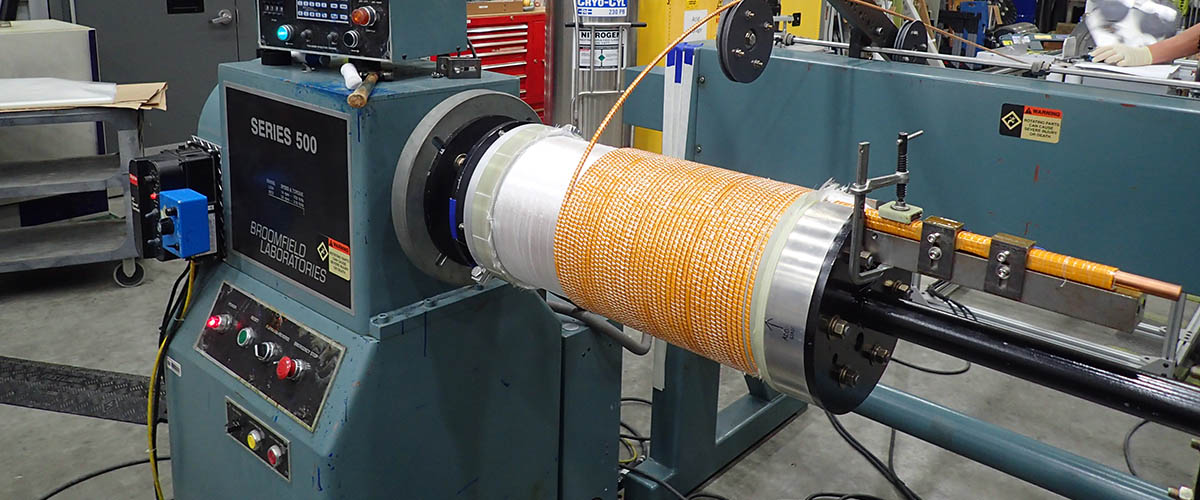
April 10, 2019
Pulsed magnets are designed to operate near their structural limits to be able to generate extremely high magnetic fields. The coils have a limited li…
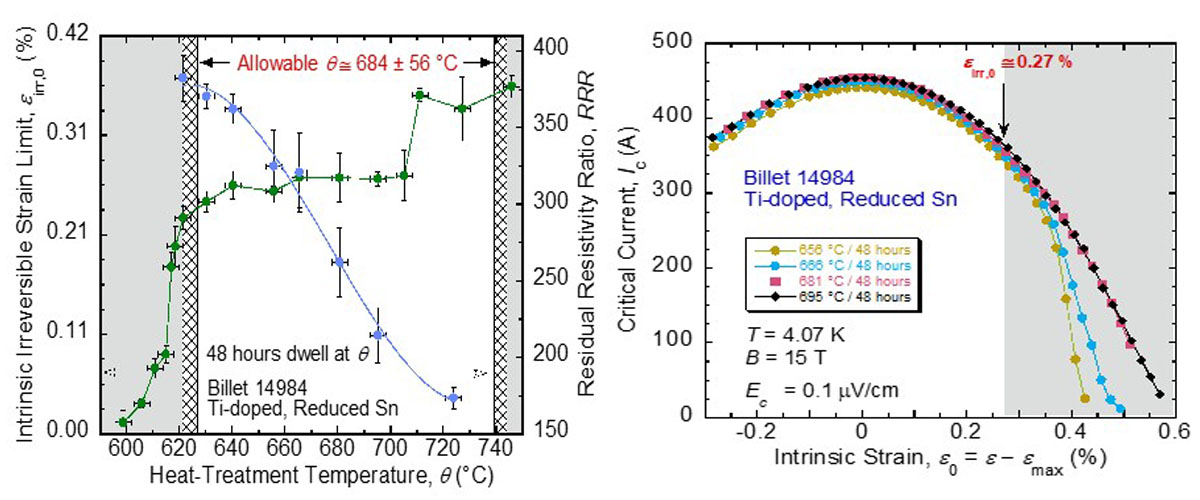
April 10, 2019
To increase the rate of particle collisions in the Large Hadron Collider (LHC) at CERN, new powerful magnets will soon be made from Nb3Sn superconduct…
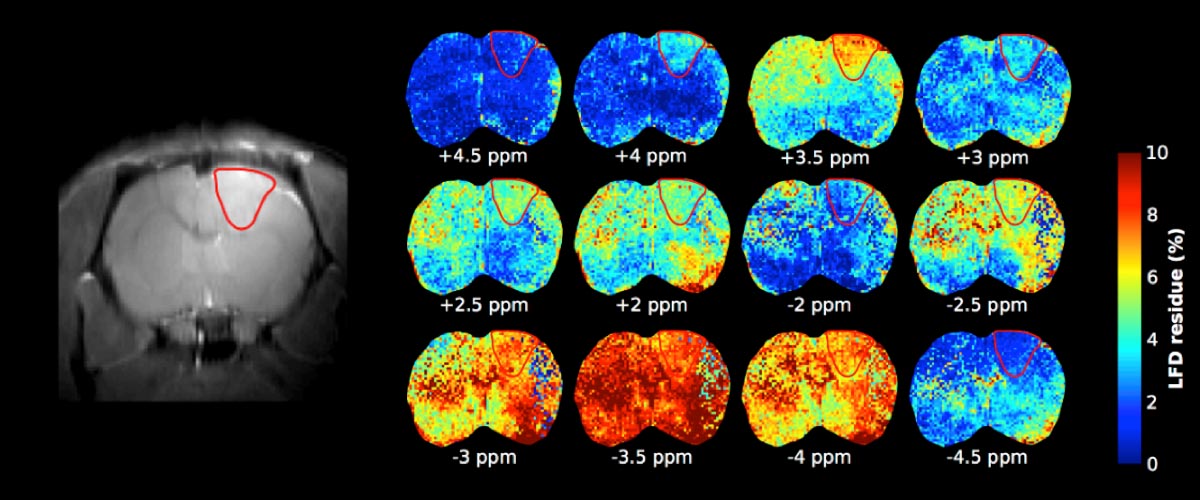
March 20, 2019
With advanced techniques and world-record magnetic fields, researchers have detected new MRI signals from brain tumors.
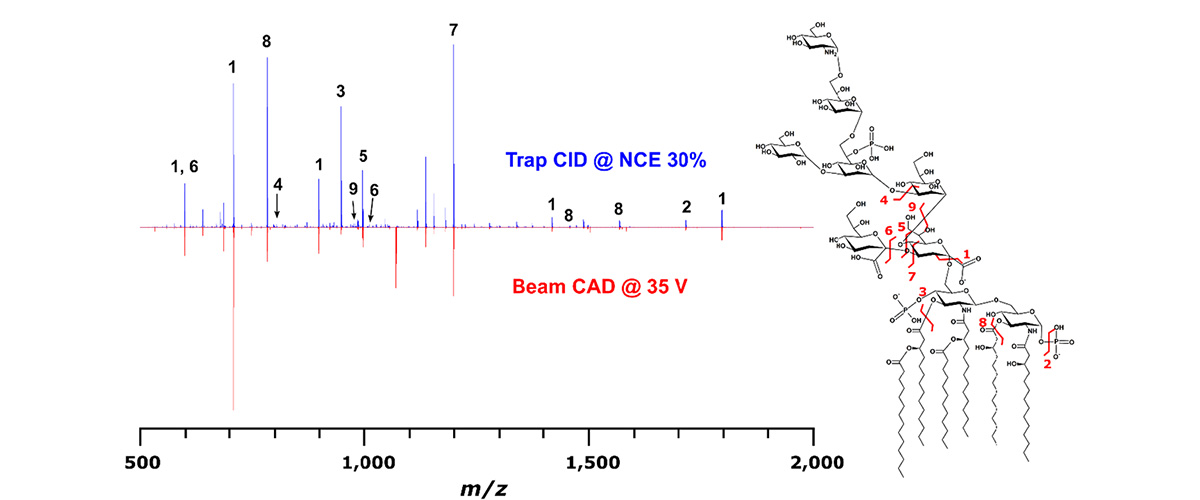
March 01, 2019
Scientists will be able to apply the technique to characterize similar molecules, helping develop vaccines and drugs to treat bacterial infection.
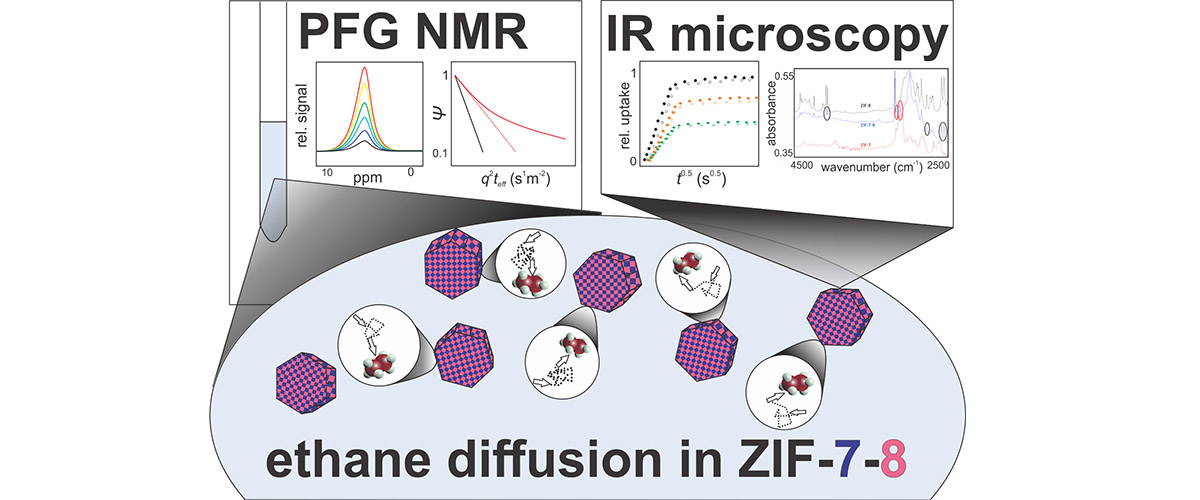
March 01, 2019
Combining high-field NMR with infrared microscopy, scientists learned more about how gas diffuses in a novel class of molecular sieves that could one …
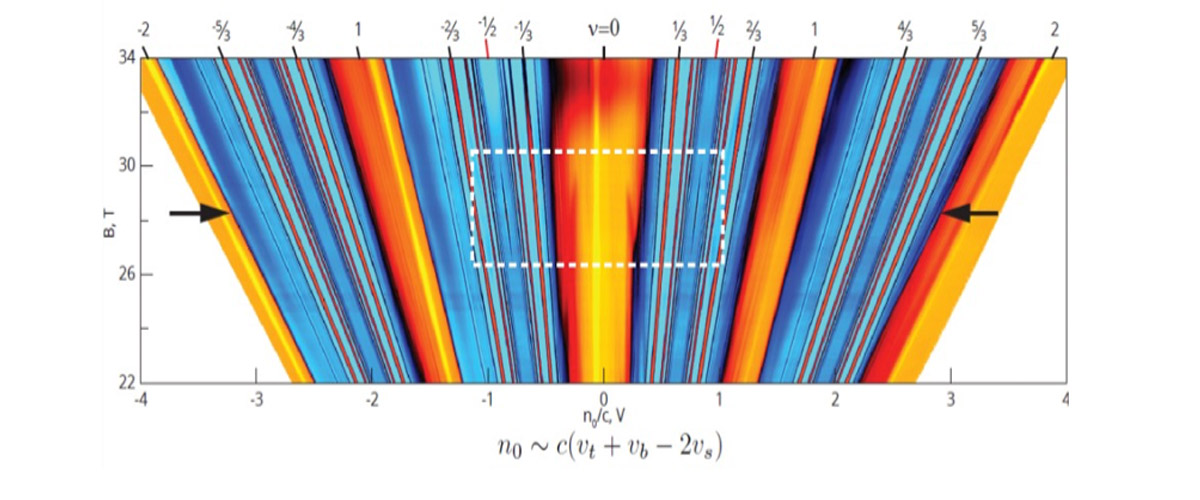
January 29, 2019
Scientists revealed previously unobserved and unexpected FQH states in monolayer graphene that raise new questions regarding the interaction between e…
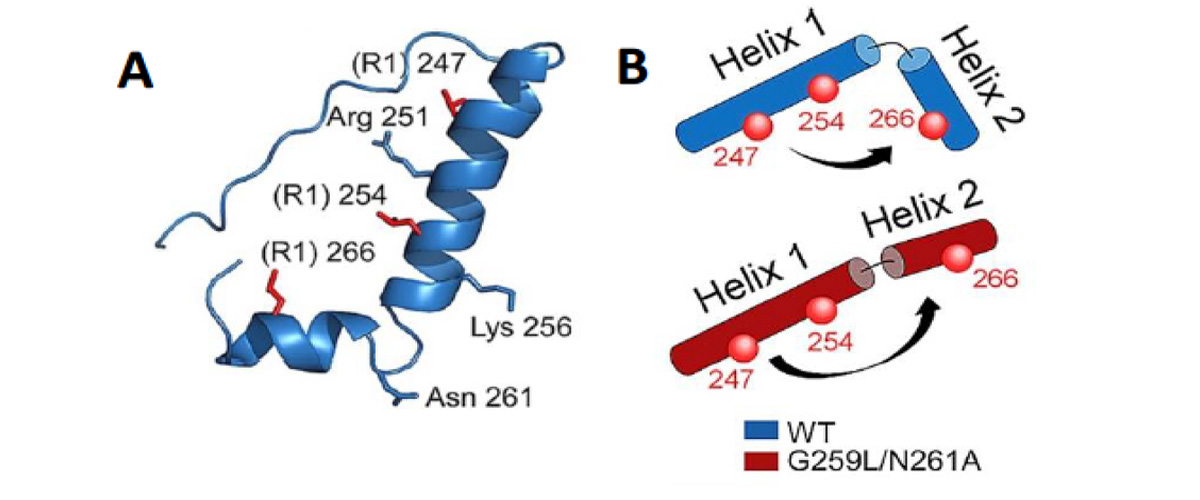
January 29, 2019
Insights into the structure and movement of T cell surface proteins could lead to new ways to fight cancers, infections and other diseases.
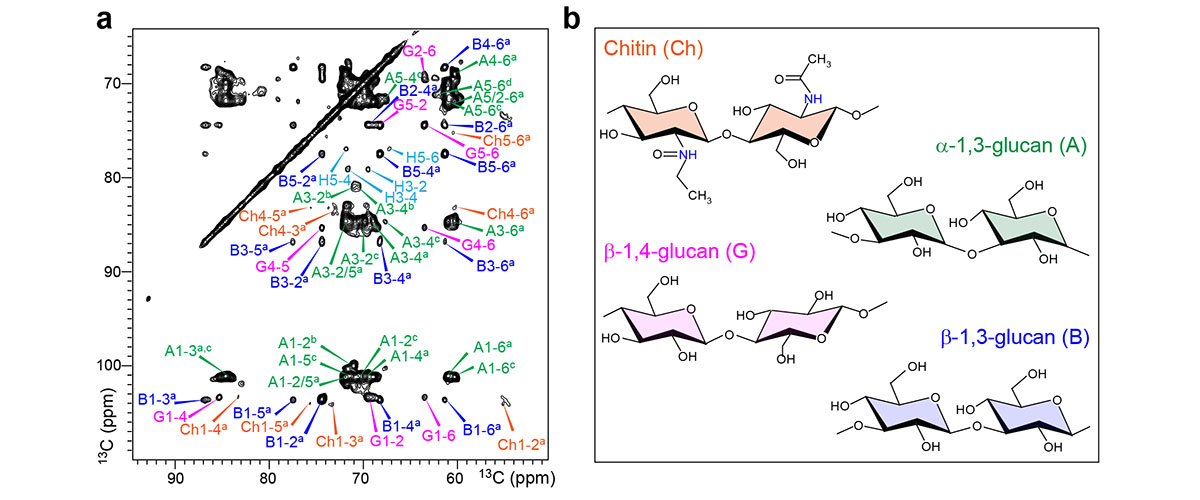
January 04, 2019
With unprecedented sensitivity and resolution from state-of-the-art magnets, scientists have identified for the first time the cell wall structure of …

January 04, 2019
Area teachers learn how to explain magnet research conducted nearby to their students.
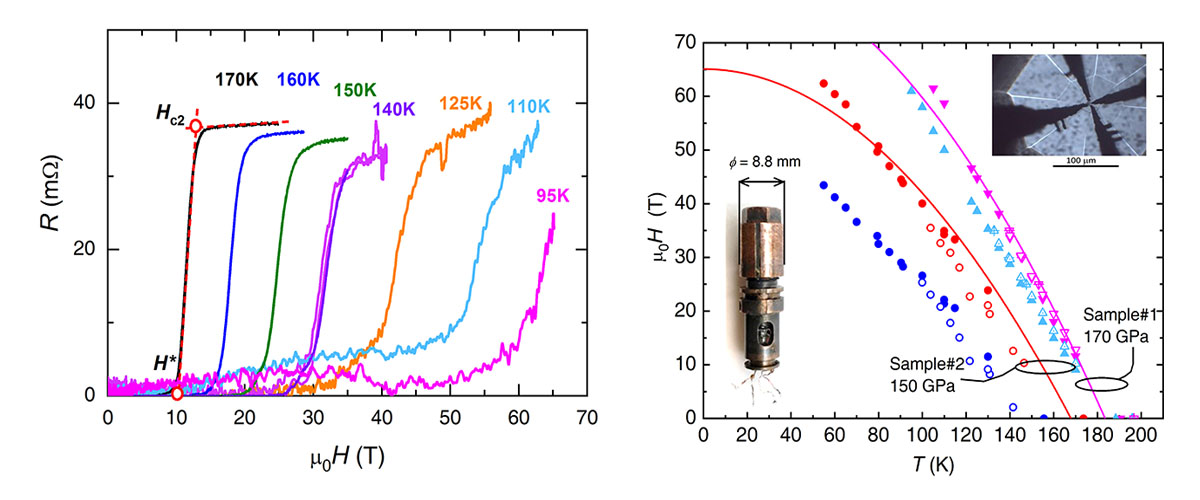
November 20, 2018
Scientists have long pursued the goal of superconductivity at room temperature. This work opens a route towards one day stabilizing superconductivity …
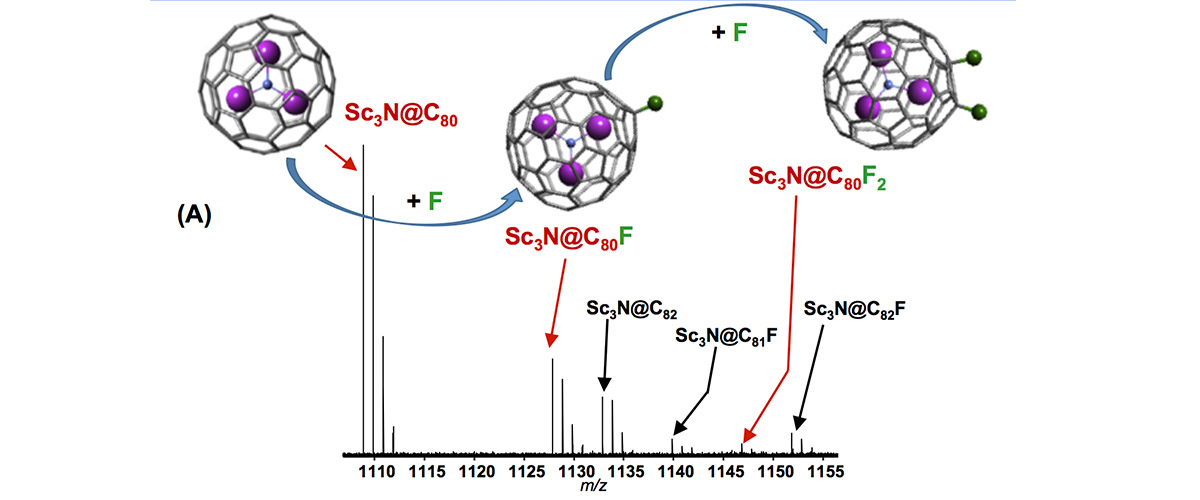
November 19, 2018
Researchers have discovered a new method to create encapsulated carbon nanomaterials that contain fluorine. Known as fullerenes, these nanocages are p…
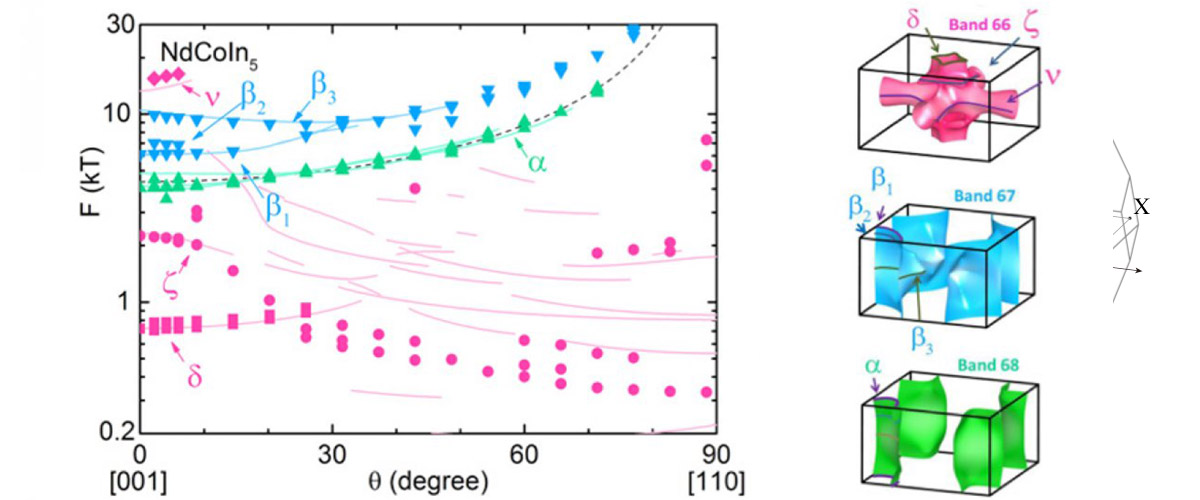
November 05, 2018
Scientists found that the emergence of an exotic quantum mechanical phase in Ce1-xNdxCoIn5 is due to a shape change in the Fermi surface. This finding…
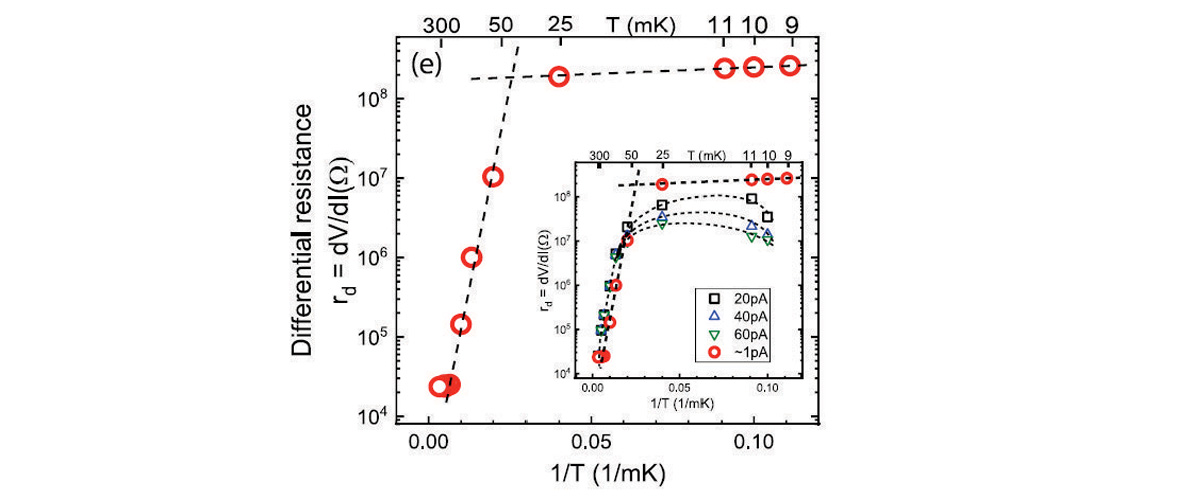
September 17, 2018
This research established experimental evidence for the long sought-after transition of a small, two-dimensional sheet of electrons to a solid state.
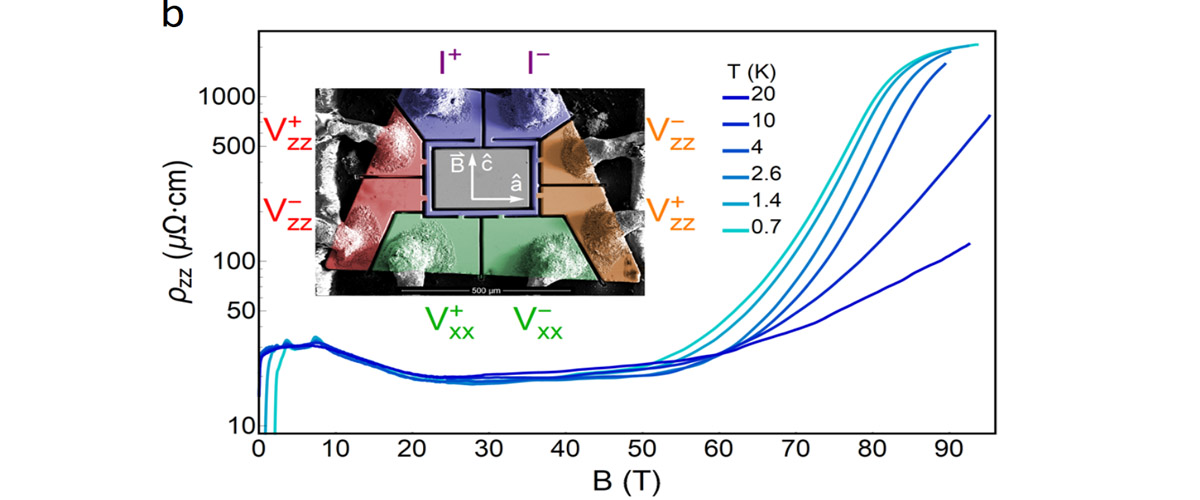
September 17, 2018
Weyl metals such as tantalum arsenide (TaAs) are predicted to have novel properties arising from a chirality of their electron spins. Scientists induc…

August 21, 2018
This work investigates a series of oxoiron complexes that serve as models towards understanding the mechanism of catalysis for certain iron-containing…
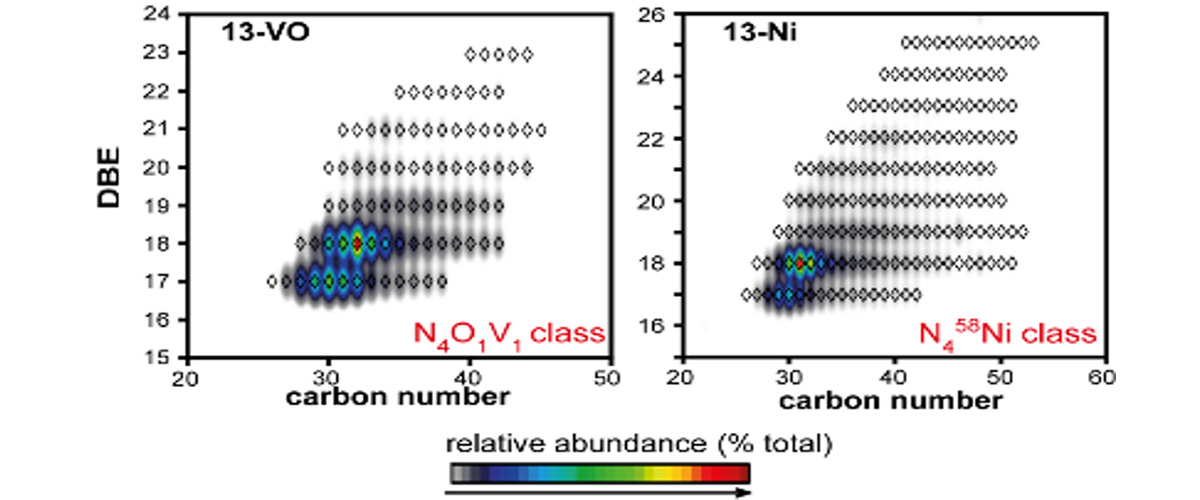
August 21, 2018
Molecular fossils of chlorophyll (called porphyrins) more than 1.1 billion years old find suggest that photosynthesis began 600 million years earlier …
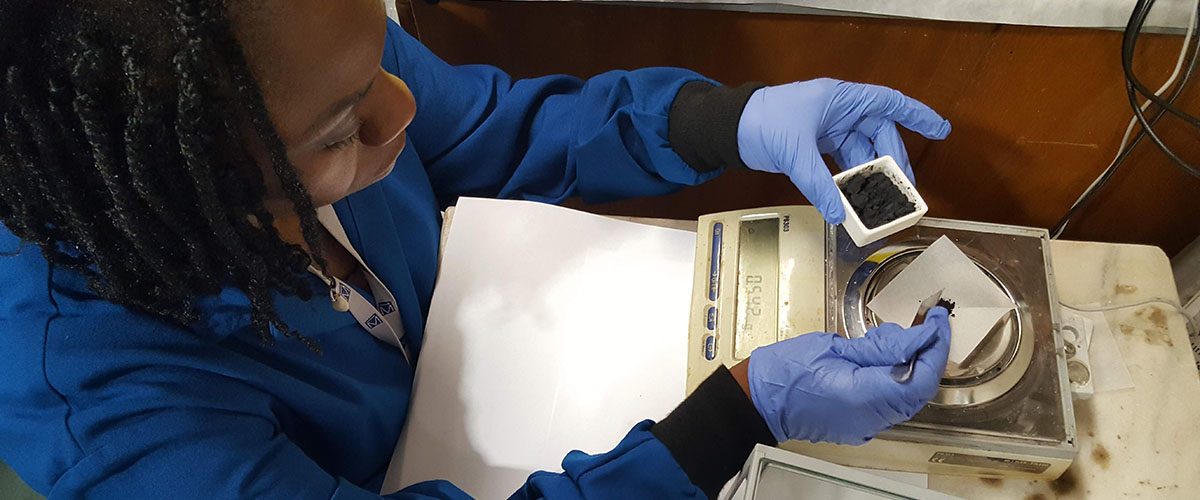
August 21, 2018
Ten Florida teachers worked side by side with MagLab researchers during the summer of 2018.
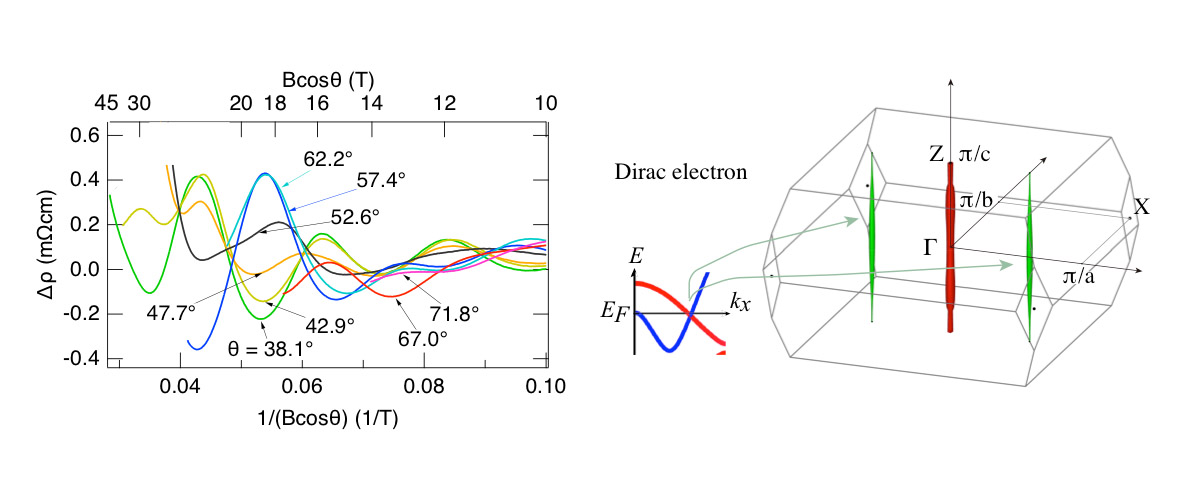
July 10, 2018
This work provides important insight into one of the parent materials of iron-based superconductors.
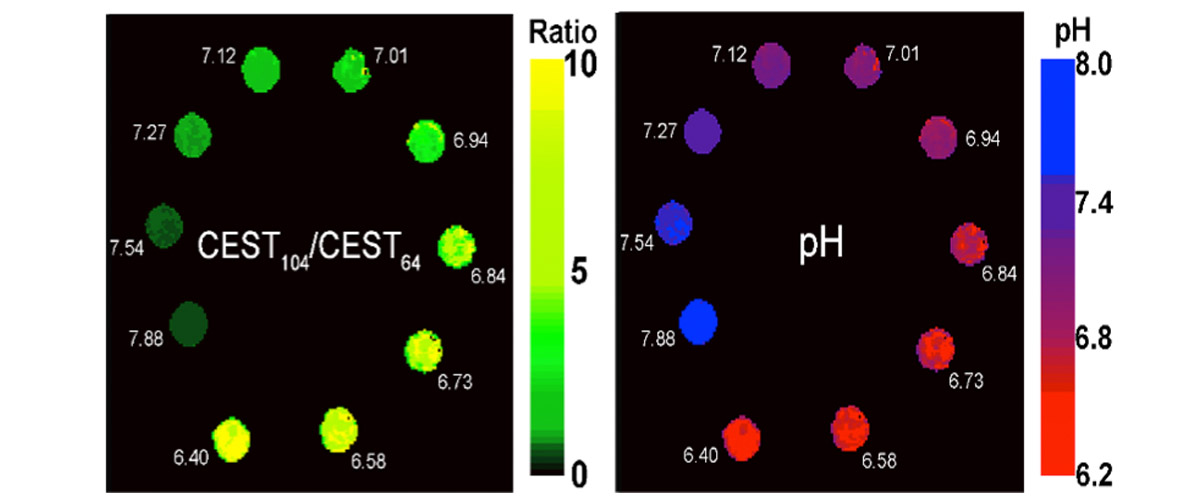
July 10, 2018
A new pH sensitive contrast agent for MR imaging has been developed that produces image contrast based on the local pH and that has great potential fo…
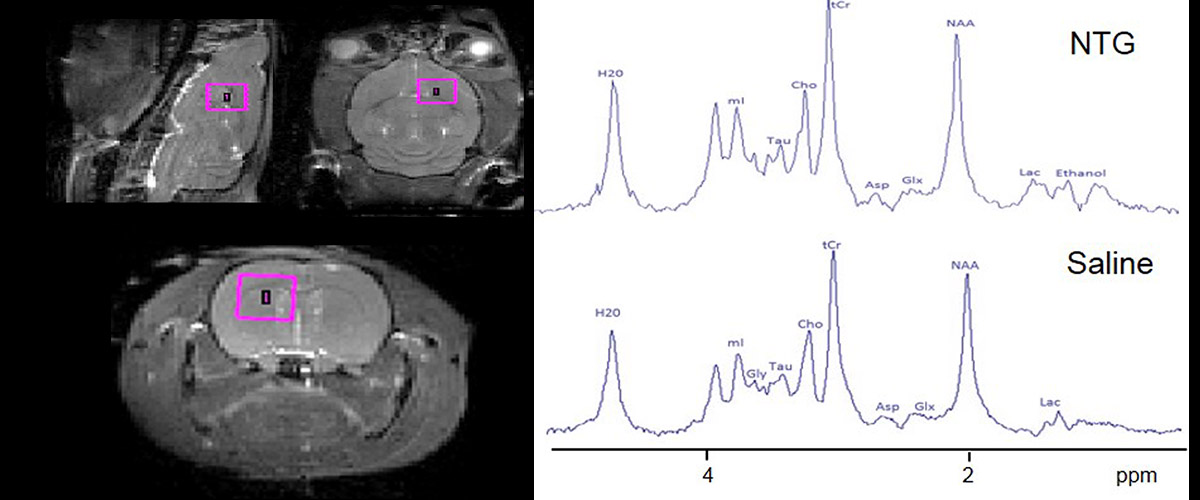
July 10, 2018
The causes of migraines are not well understood, with treatment limited to addressing pain rather than its origin. Research conducted with hydrogen MR…
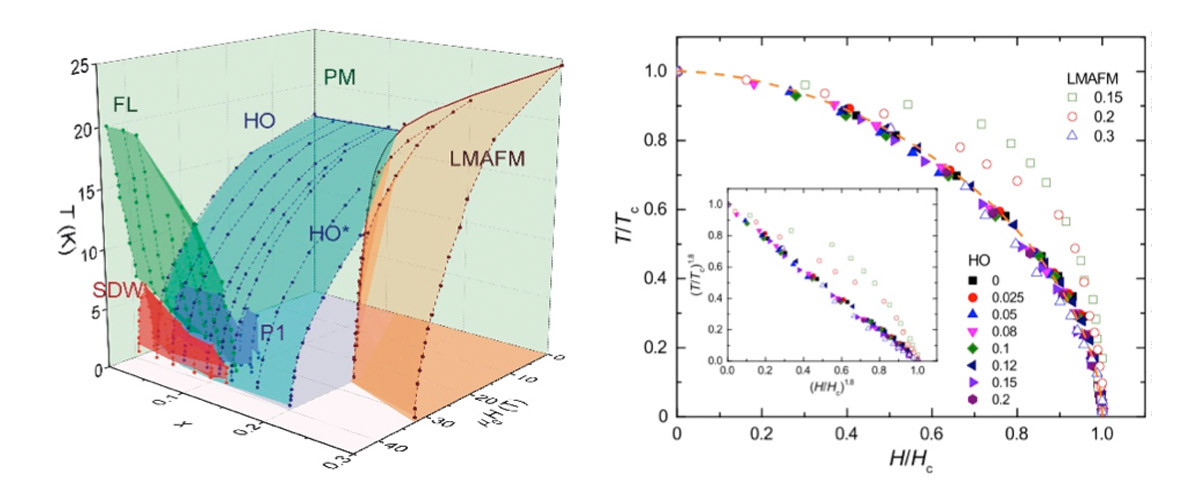
June 27, 2018
Scientists used high magnetic fields and low temperatures to study crystals of URu2–xFexSi2. Using these conditions, they explored an intriguing state…
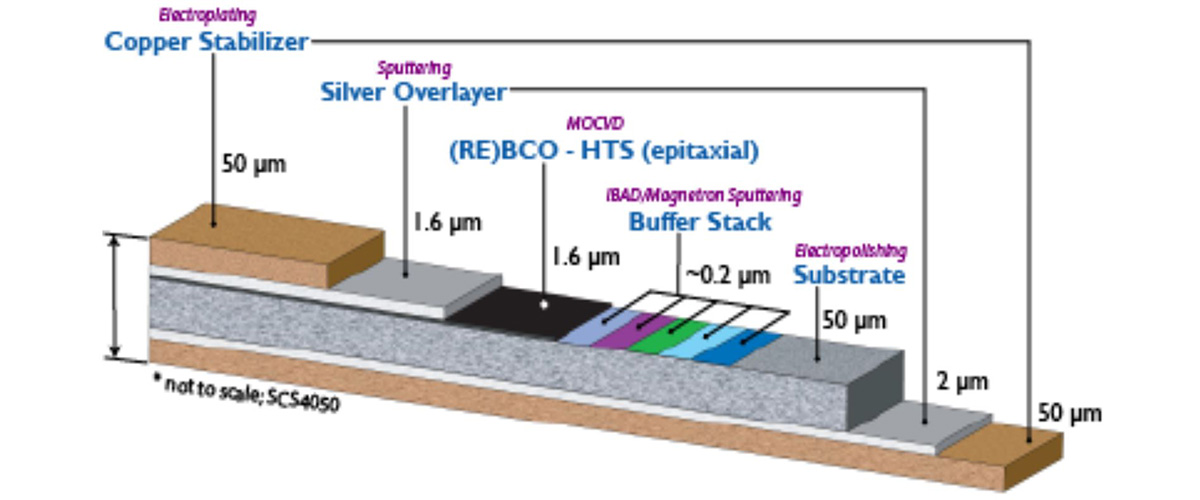
June 27, 2018
Recent measurements of superconducting tapes in the MagLab's 45-tesla hybrid magnet shows that the power function dependence of current on magnetic fi…
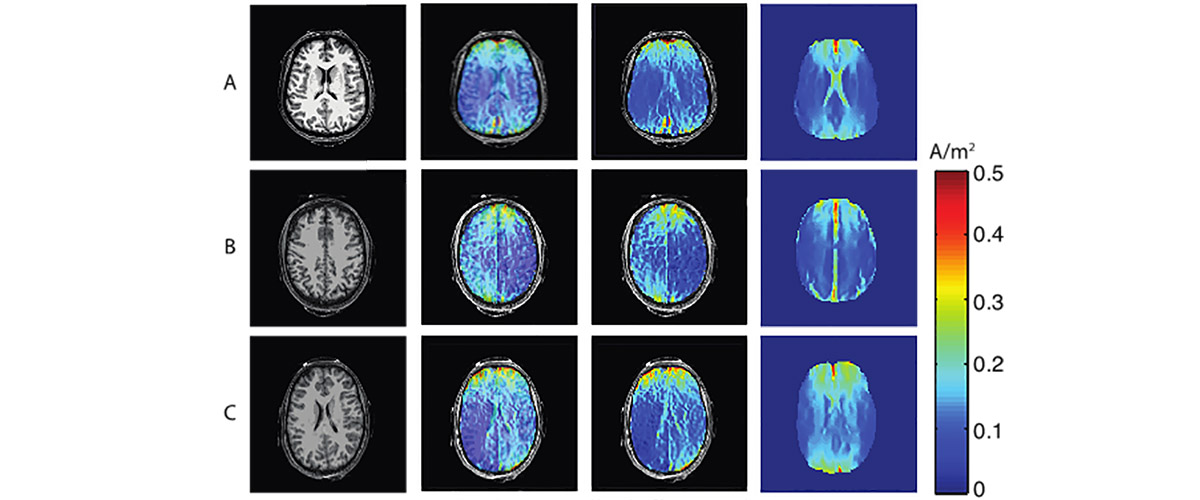
May 18, 2018
Scientists measured the first in vivo images of stimulated current within the brain using an imaging method that may improve reproducibility and safet…
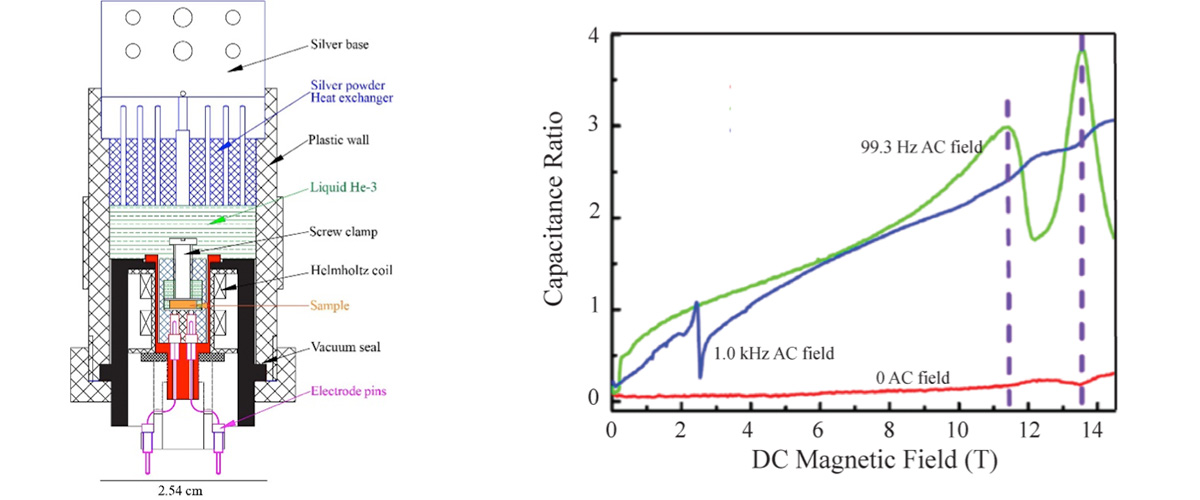
May 16, 2018
New materials that exhibit a strong coupling between magnetic and electric effects are of great interest for the development of high-sensitivity detec…
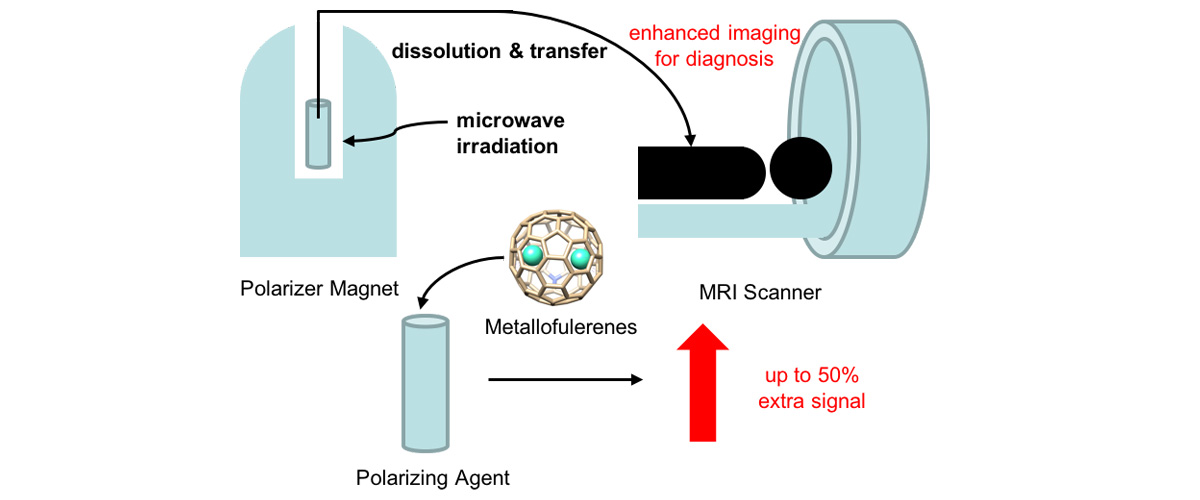
April 17, 2018
In this study, researchers added a low concentration of the endohedral metallofullerene (EMF) Gd2@C79N to DNP samples, finding that 1H and 13C enhance…
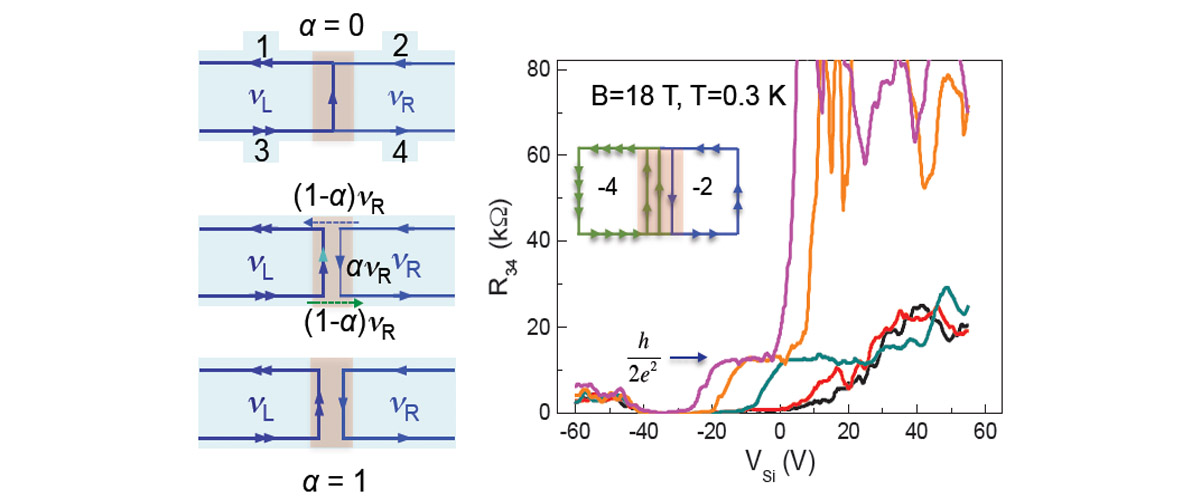
March 19, 2018
In the 14 years since its discovery, graphene has amazed scientists around the world with both the ground-breaking physics and technological potential…
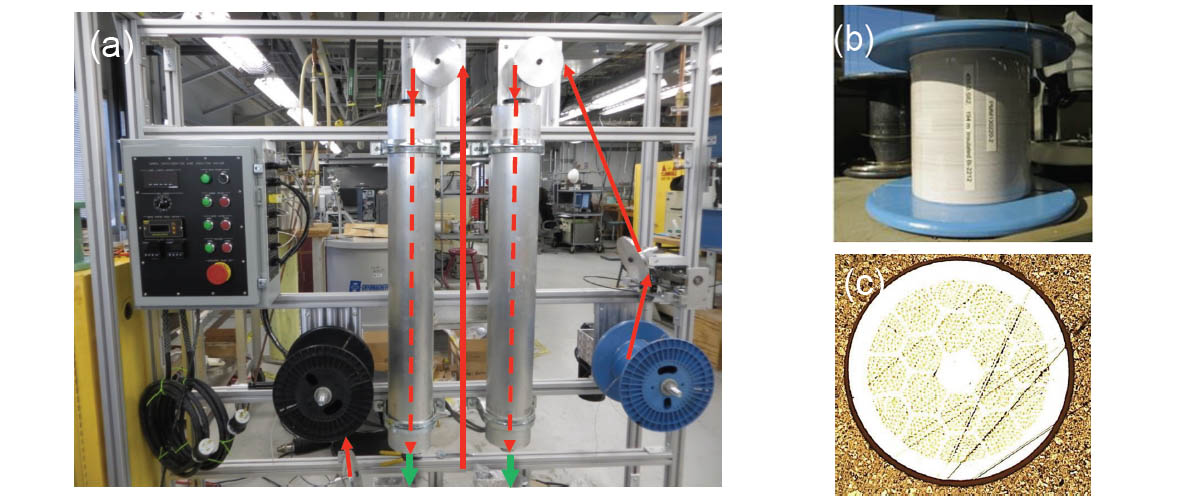
March 19, 2018
MagLab scientists and engineers have developed a special coating on Bi-2212 superconducting wire for electrical insulation in superconducting magnets …
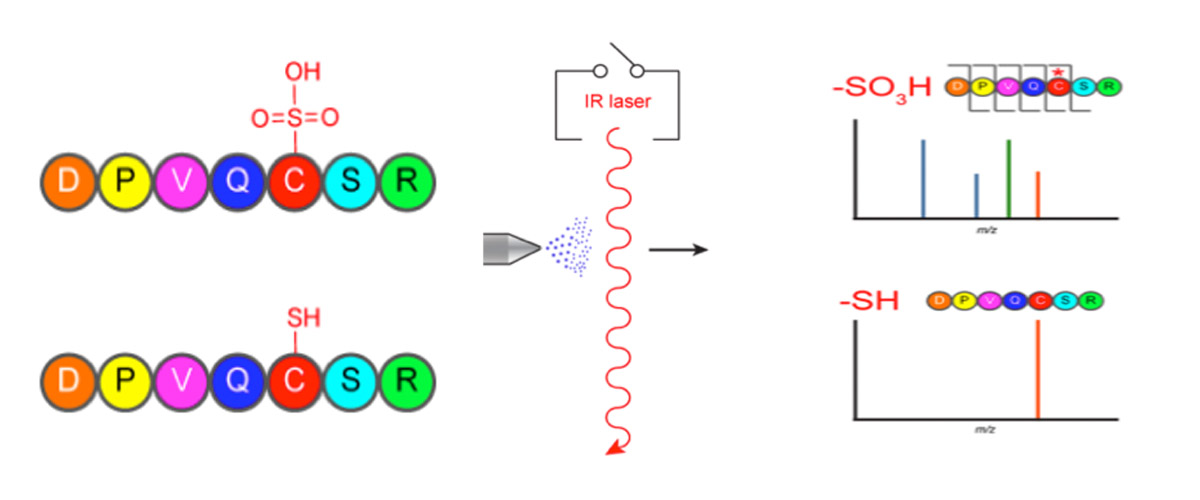
February 27, 2018
Protein oxidative damage is a common occurrence in a number of diseases, including cancer, neurodegenerative, and cardiovascular disease. Yet, little …
February 27, 2018
Analogous to the unique spectral fingerprint of any atom or molecule, researchers have measured the spectrum of optical excitations in monolayer tungs…
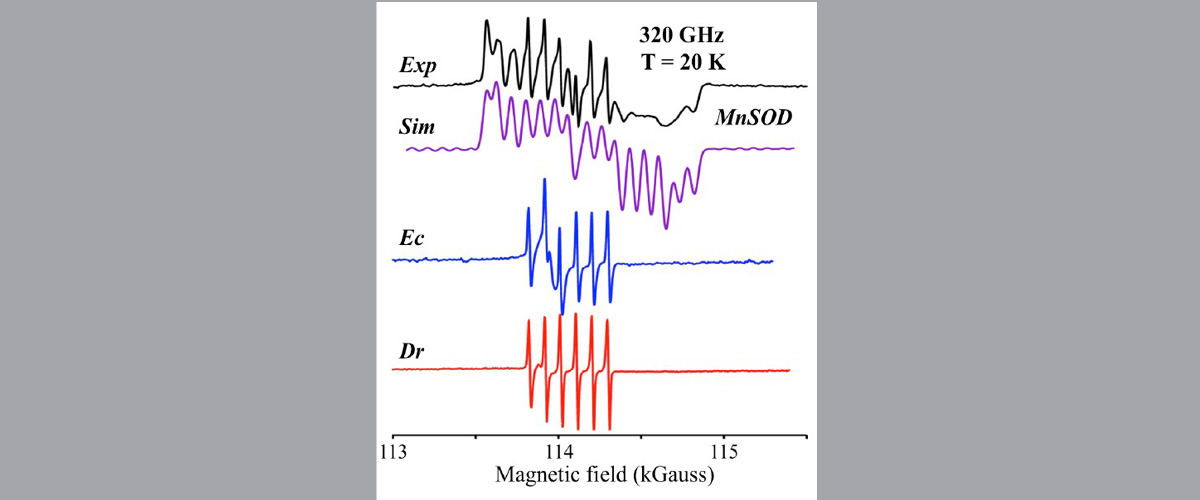
February 26, 2018
This high-field EPR study of the H-Mn2+ content in the bacterium Deinococcus Radiodurans provides the strongest known biological indicator of cellular…
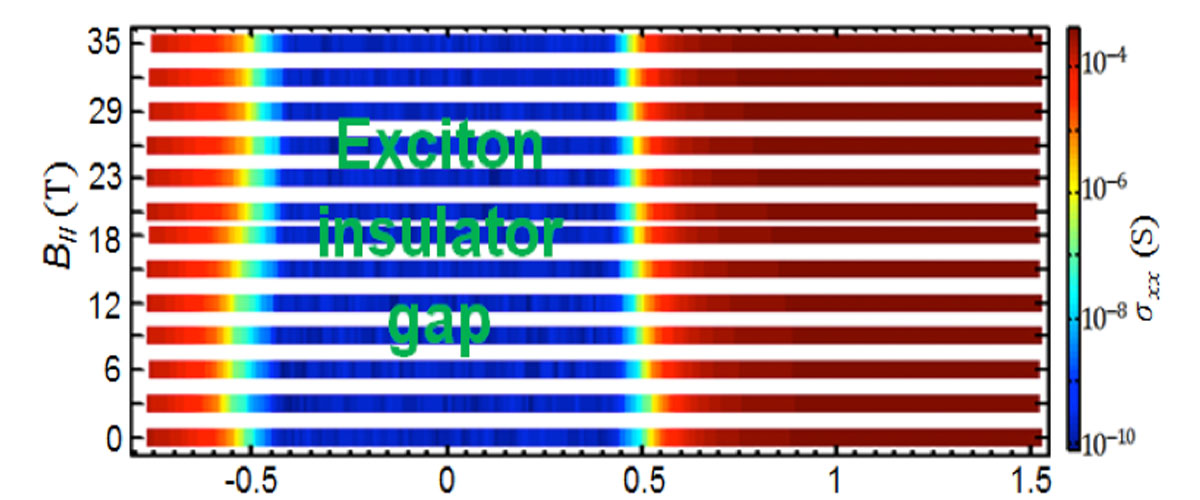
January 31, 2018
Decades ago, a mechanism was proposed that described a quantum phase transition to an insulating ground state from a semi-metal (excitonic insulator, …
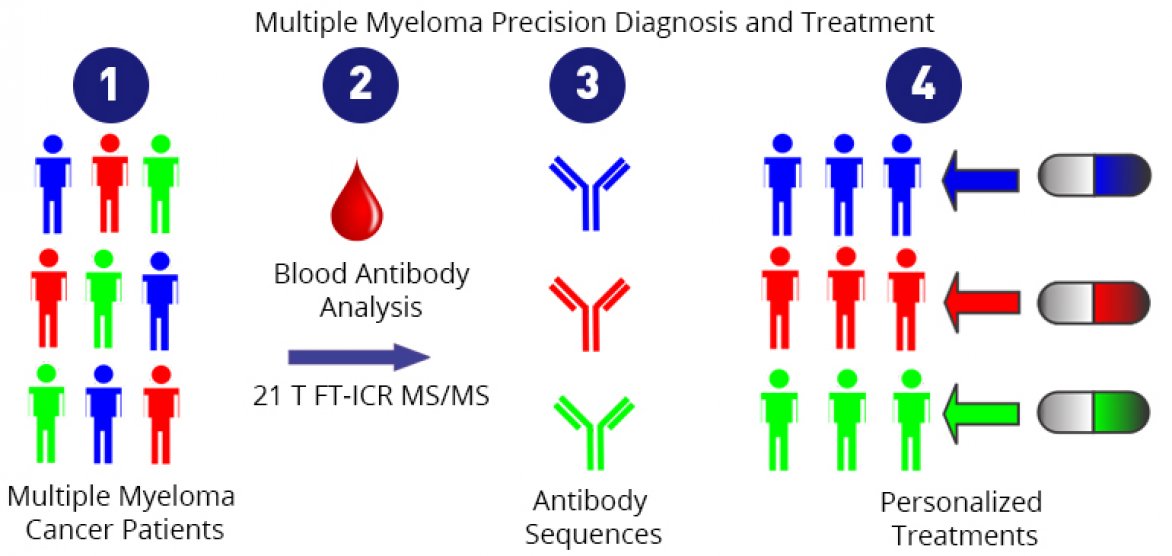
August 09, 2017
New technique could lead to precise, personalized cancer diagnosis and monitoring.
Last modified on 06 August 2024